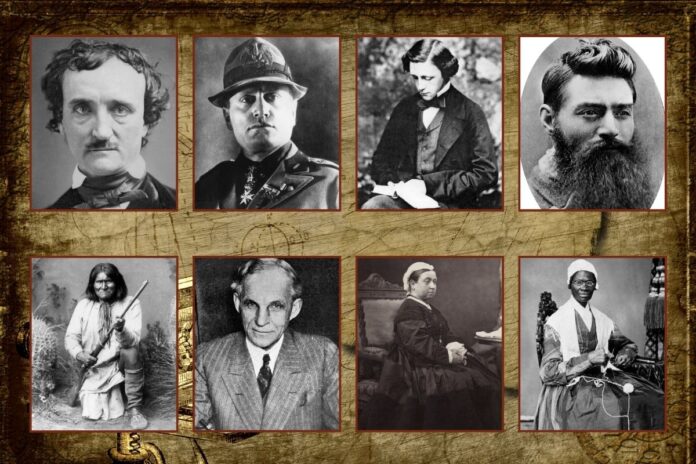This article originally appeared on: history-a2z.com
In our modern era, snapping photos has become second nature. With the convenience of smartphones, capturing moments has never been easier. However, there was a time when the very concept of photography hadn’t crossed anyone’s mind. The inaugural photographic camera emerged in 1816, marking the beginning of a revolutionary shift from painted portraits to captured snapshots.
As the art of photography took its first steps, it coincided with a period when some of the world’s brilliant minds and controversial personalities were actively shaping history. Join us on a journey to discover more about these iconic figures who lived during the early days of the camera’s introduction.
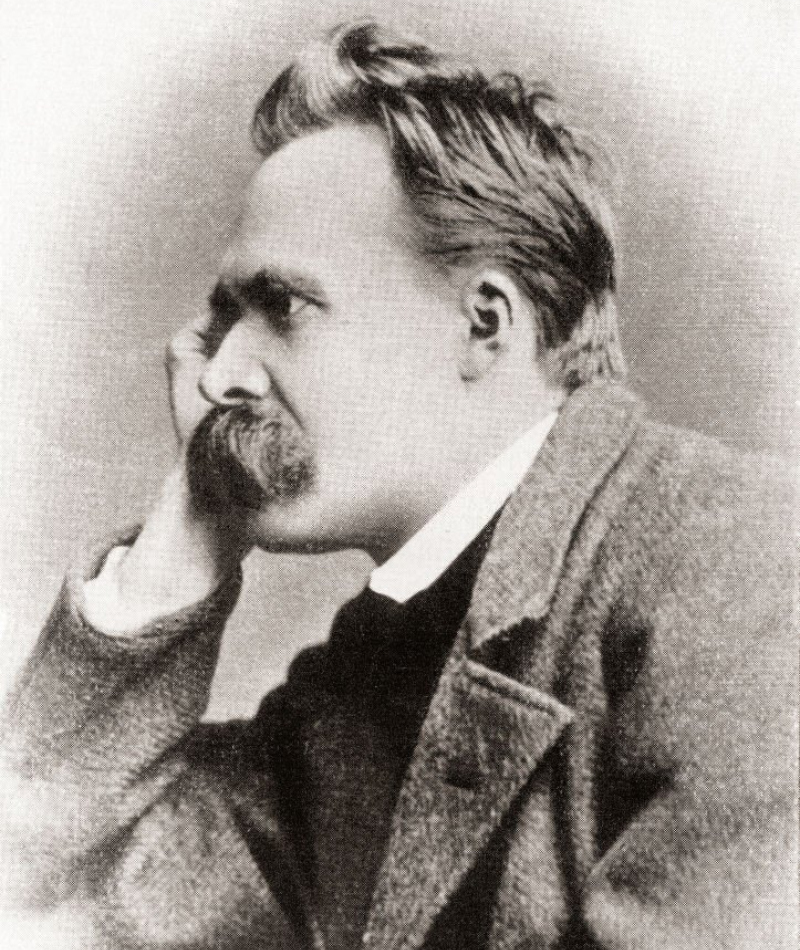
Friedrich Wilhelm Nietzsche: The Maverick Philosopher
Friedrich Nietzsche, born in 1844 and departing in 1900, lived through a time of profound change. Beyond his enigmatic presence in photographs, Nietzsche was a man of many talents – a wordsmith, cultural critic, philologist, and even a composer. His written works fiercely challenged prejudice and nationalism, shaping a legacy that continues to resonate today.
Despite his brilliance, Nietzsche’s legacy faced an unexpected turn after his death. His sister, Elisabeth, edited his works to align with her ideals of German ultranationalism, distorting the philosopher’s true intentions. One of his most famous works, “Ubermensch” or “Also Sprach Zarathustra,” stands as a testament to his intellectual prowess. The captivating image from 1882 captures Nietzsche’s distinct style, complete with a bold pompadour and a formidable mustache.
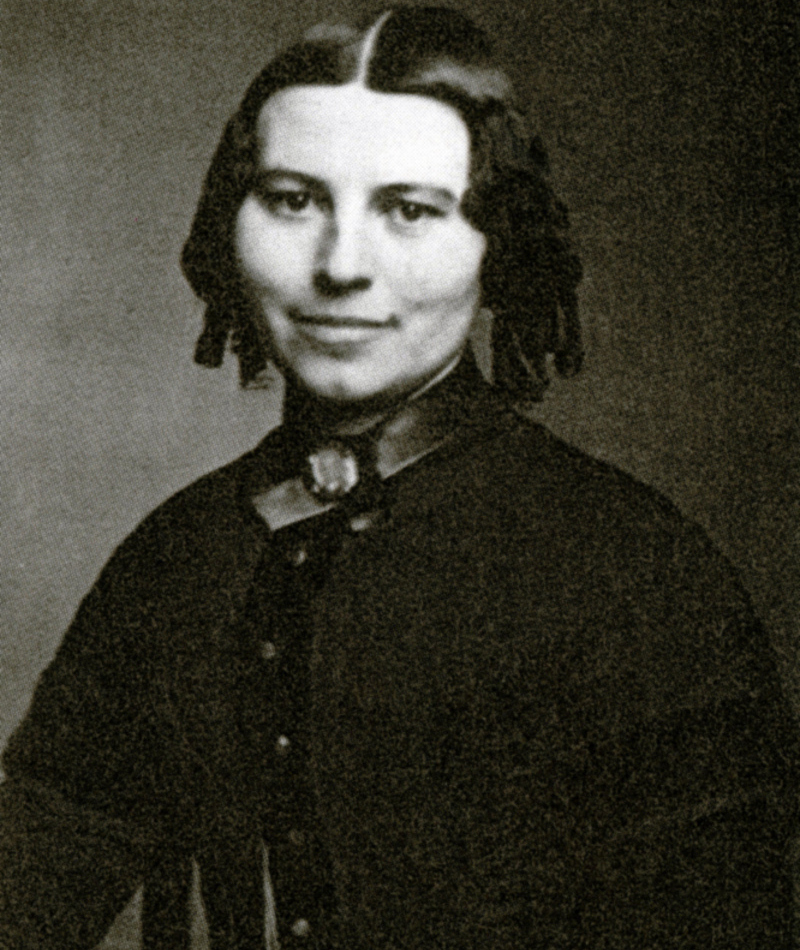
Clara Barton: A Pioneer in Compassion
Clara Barton, a beacon of compassion during the American Civil War, wore many hats – from hospital nurse to teacher and, later, the founder of the American Red Cross. Barton’s early life was marked by homeschooling due to her shy nature, making socialization a challenge. Undeterred, she taught herself nursing since formal schooling in the field was scarce.
Her journey into nursing began at the tender age of ten when she cared for her injured brother. Barton’s contributions extended beyond the battlefield; she played a pivotal role in advancing women’s and civil rights. The image captures Barton’s resilience, symbolizing her enduring impact on healthcare and societal progress.
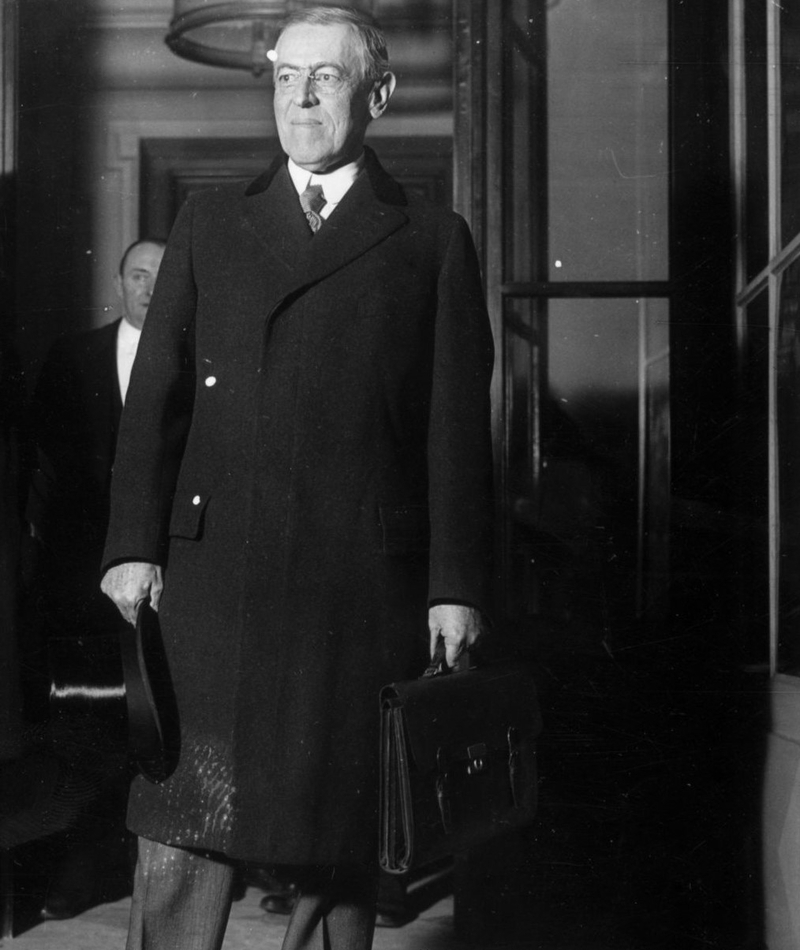
Woodrow Wilson: Architect of Change
Woodrow Wilson’s imprint on American history is indelible. As a scholar and statesman, his presidency during a transformative era introduced progressive reforms, including the Federal Reserve System and antitrust legislation. Wilson’s vision extended globally, as he played a crucial role in World War I, advocating for self-determination and the rights of nations.
Despite facing resistance at home and abroad, Wilson’s presidency remains a key chapter in American history, reflecting the complex interplay between idealism and pragmatic politics. The image from the Hulton Archive captures Wilson during a momentous period, embodying the challenges and triumphs of his impactful leadership.
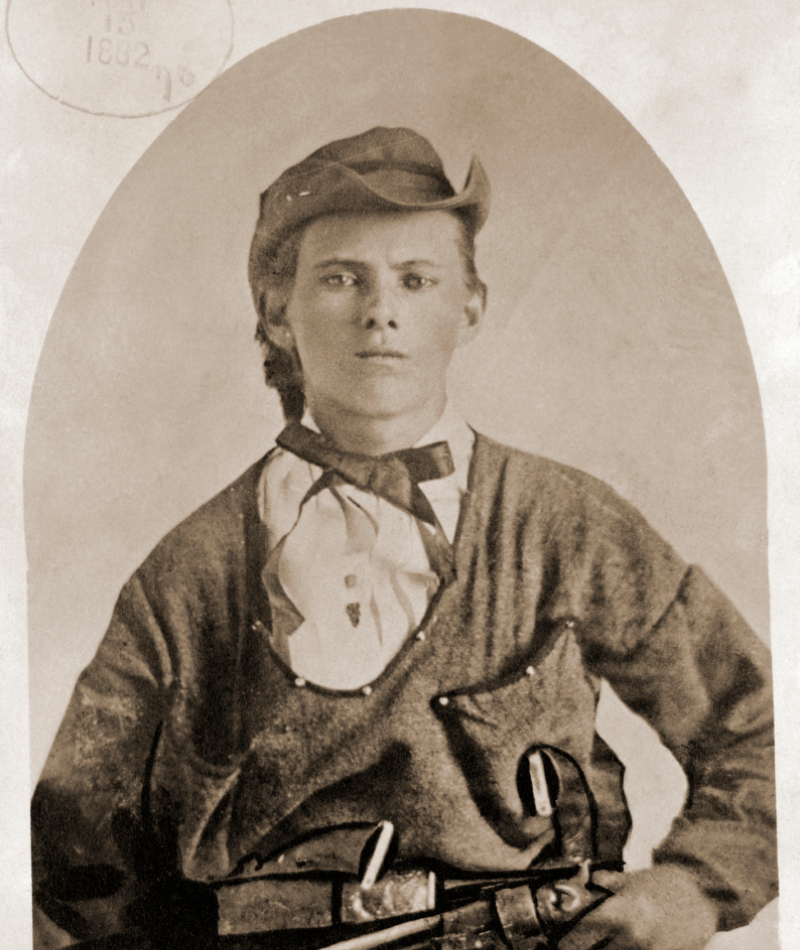
Jesse James: The Outlaw’s Tale
In the rugged Wild West, Jesse James stood out as one of the most notorious outlaws. Born in Missouri, he, along with his brother, formed the infamous James-Younger Gang, known for guerrilla warfare, bank and train robberies, and other outlaw exploits. Accused of monstrous acts during the Civil War, their bond as siblings was unbreakable.
This snapshot of Jesse James provides a glimpse into the life of the sought-after outlaw, illustrating the aura of rebellion that defined the Wild West. The image from GraphicaArtis captures the essence of James’ notoriety, showcasing a figure whose actions became legendary in the annals of American history.
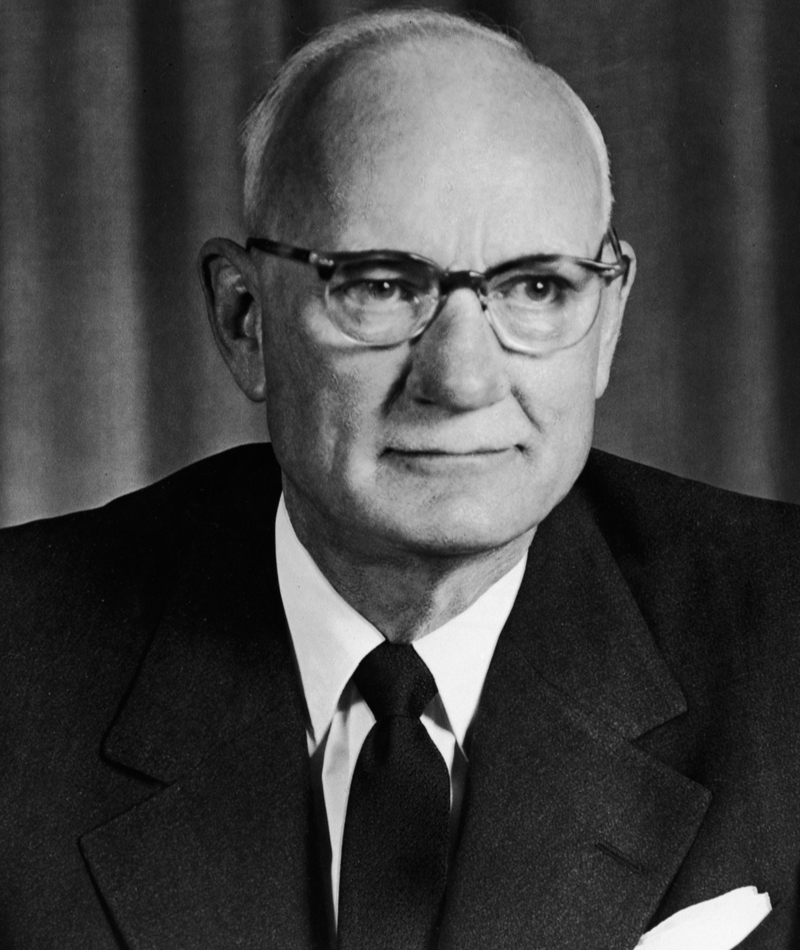
Joyce C. Hall: The Greeting Card Maestro
From humble beginnings in Nebraska, Joyce C. Hall overcame adversity, assuming the role of provider after his father’s passing. Entrepreneurial from a young age, Hall’s journey included selling beauty products door-to-door to sustain his family. In a stroke of genius in 1905, he initiated the idea of selling picture postcards, laying the foundation for the iconic Hallmark greeting card company.
Hall’s enterprising spirit left an enduring mark on expressions and celebrations worldwide. The Pictorial Parade image captures the essence of Hall’s determination, symbolizing the inception of a company that would become synonymous with heartfelt messages and shared emotions.
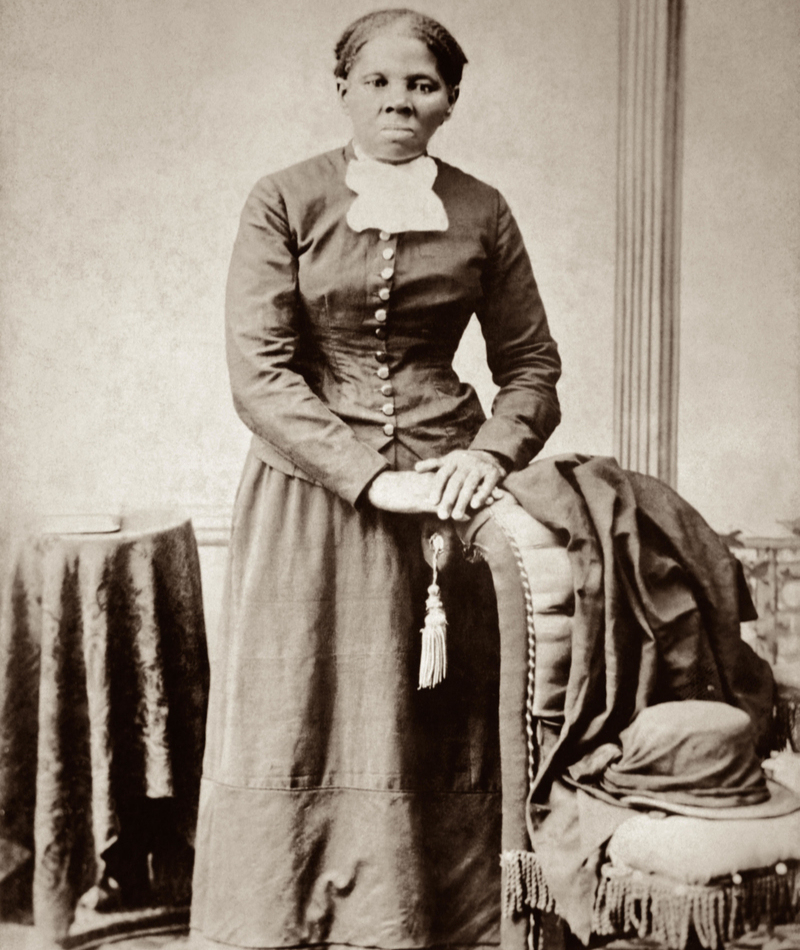
Harriet Tubman: Freedom’s Trailblazer
Harriet Tubman’s extraordinary life began in slavery, but her indomitable spirit led her to become a beacon of hope. Undertaking over thirteen daring missions, she rescued around seventy individuals through the Underground Railroad, defying the chains of enslavement. As the Civil War erupted, Tubman fearlessly served as an armed scout and spy, contributing to the fight for justice.
This image from Alpha Historica encapsulates Tubman’s legacy, reflecting her unwavering pursuit of freedom and equality. Beyond her wartime contributions, Tubman continued her crusade as an activist, leaving an indelible mark on the fight for civil and women’s rights. Her story is a testament to resilience and the unyielding pursuit of justice.
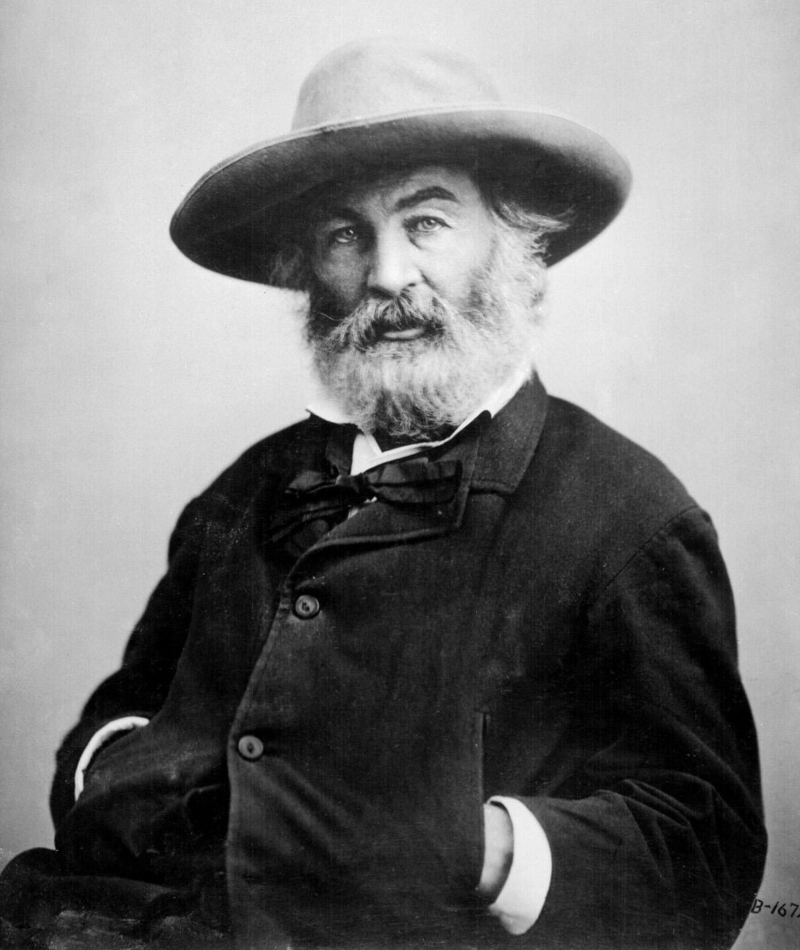
Walt Whitman: The Bearded Bard
When you think of Walt Whitman, you envision a man with an impressive beard. The photographic evidence of this American poet, essayist, and journalist showcases his distinctive facial hair collection. Born in 1819, Whitman’s influence on American poetry is unparalleled, as he is often regarded as the father of free verse, blending transcendentalism and realism in his works.
The image from Photo Researchers/Science History Images, likely taken in the 1860s, captures Whitman’s poetic essence. Not without controversy, his seminal collection “Leaves of Grass” faced criticism for its overt sensuality. Whitman’s famous poem “O Captain! My Captain!” stands as a poignant tribute to President Abraham Lincoln, further highlighting his multifaceted impact on American literature and history.
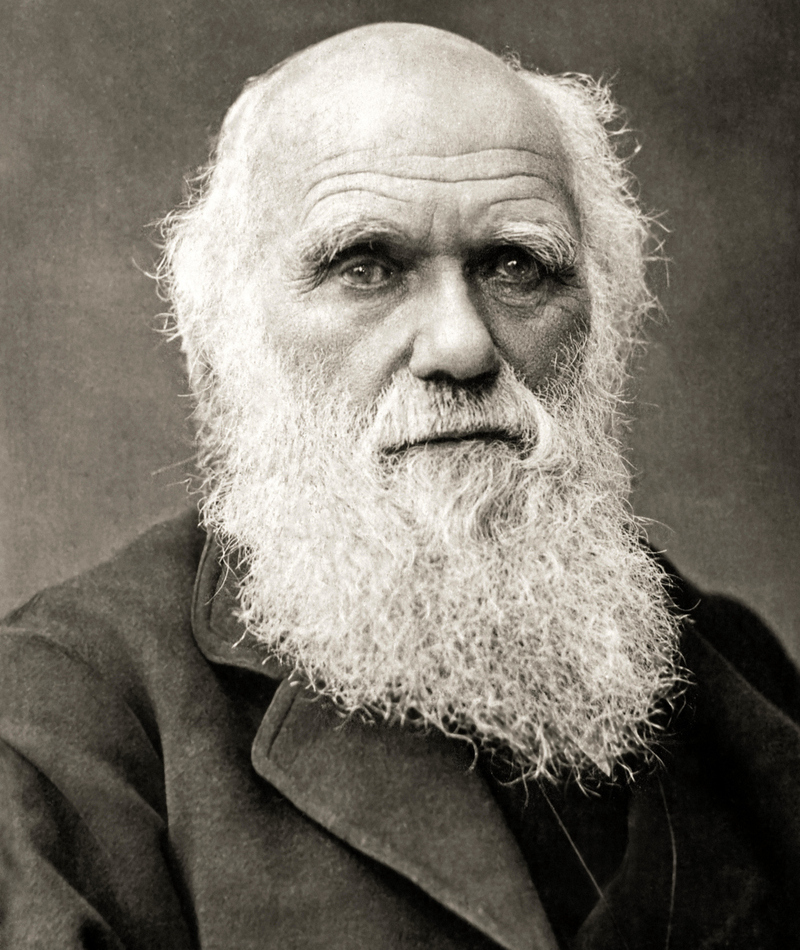
Charles Darwin: The Evolutionary Visionary
Charles Darwin’s journey into natural history was marked by twists and turns. Despite initial struggles in traditional education, Darwin’s passion for observing nature led him to embark on the HMS Beagle in 1831, surveying South America’s coastline as a naturalist. His extensive collections sparked the groundbreaking idea of natural selection and evolution.
The image from AF Fotografie captures Darwin’s essence as a visionary. Dropping out of medical school and theology studies, Darwin’s contributions reshaped scientific understanding, questioning how species form and change over time. His legacy as an evolutionary pioneer endures, symbolized by this photograph that reflects the profound impact of his scientific journey.
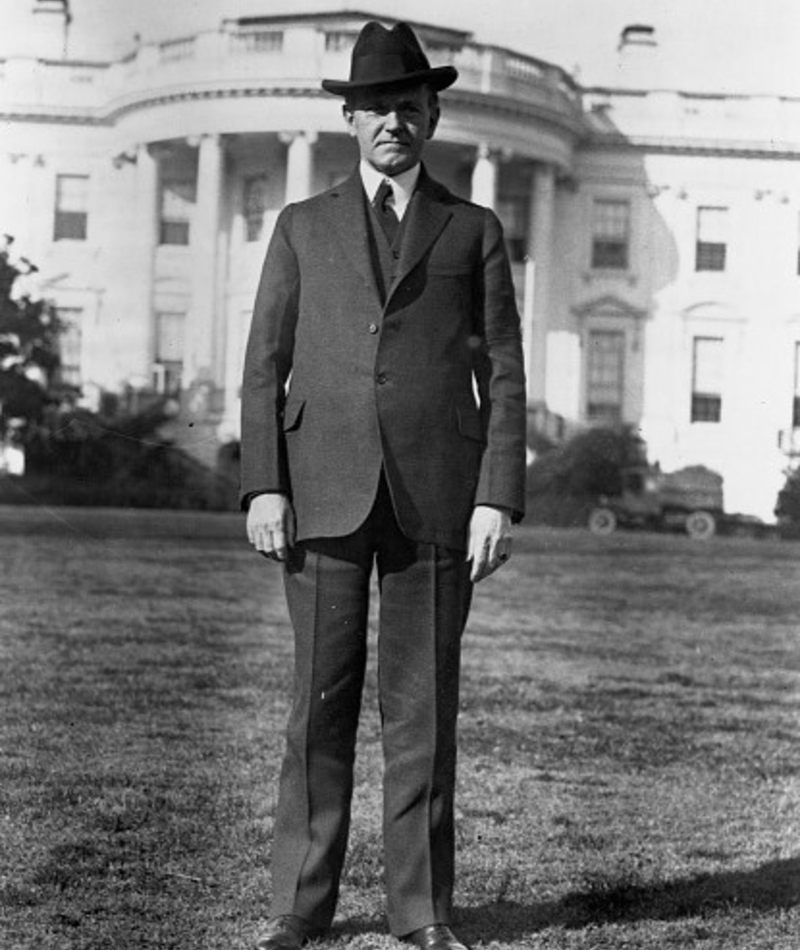
Calvin Coolidge: The Silent Leader
Calvin Coolidge assumed the presidency after Warren G. Harding’s sudden death, showcasing a distinct and meticulous leadership style. Known as “Silent Cal” for his reserved demeanor and dry humor, Coolidge’s presidency embraced pro-business policies. Despite the opportunity to serve three terms, he opted for just one complete term, asserting that ten years as president would be too lengthy.
Behind the calm exterior, Coolidge battled depression, particularly during his presidency, influenced by the tragic loss of his son. The image from the Library of Congress/Corbis/VCG captures the stoic presence of Silent Cal, a leader who navigated both personal challenges and the complexities of guiding a nation.
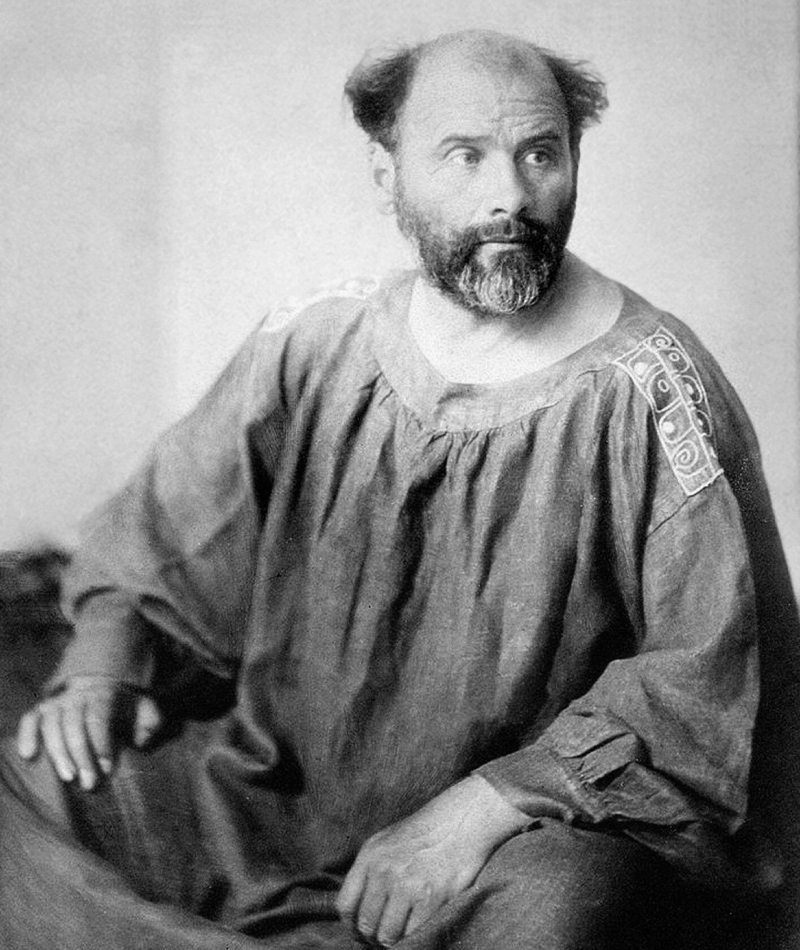
Gustav Klimt: The Intimate Visionary
Gustav Klimt, born in 1862 and departing in 1918, defied artistic norms, evolving from a conventional painter to a creator of iconic works like “The Embrace” and “Adele Bloch-Bauer I.” His focus on the female form, often considered controversial, made him a prominent figure in the art world. The image from IanDagnall Computing in 1914 portrays Klimt as the quintessential wild-eyed artist.
The frank intimacy in his paintings, including those for the University of Vienna’s Great Hall ceiling, stirred discussions. Unfortunately, Klimt’s life was cut short by the worldwide influenza epidemic in 1918. His legacy endures through his groundbreaking approach to art, challenging conventional norms.
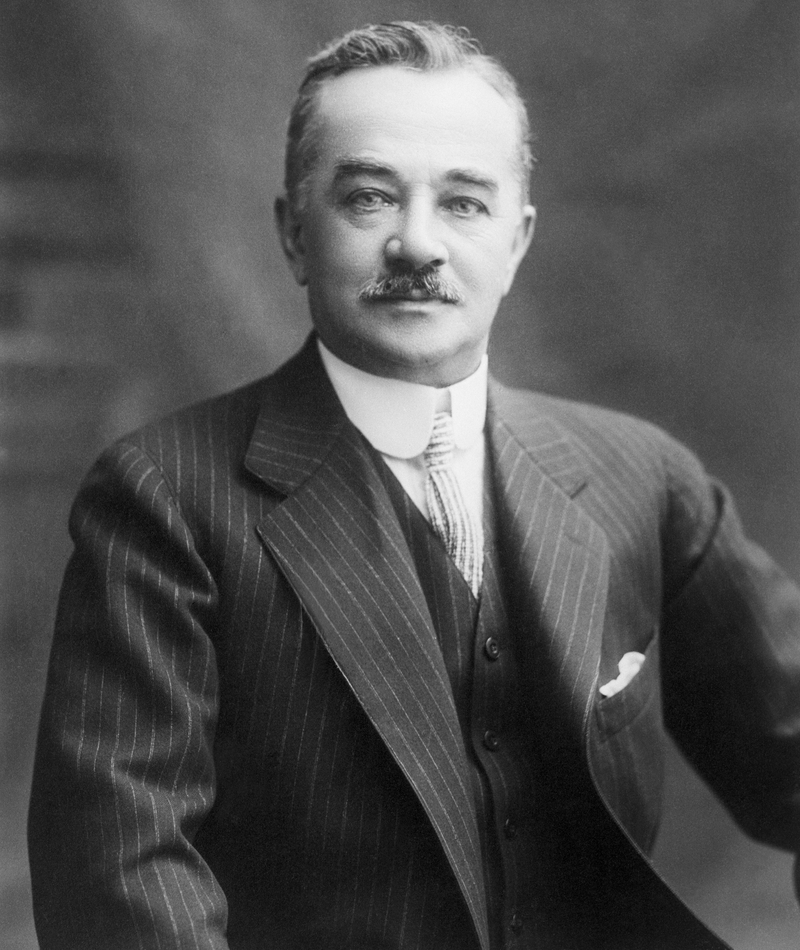
Milton Hershey: The Sweet Entrepreneur
Milton Hershey’s journey to creating the world-famous Hershey’s chocolate began with setbacks. Fired from a printing apprenticeship and facing two business failures, Hershey remained undeterred. Broke at 26, he pursued his dream and established a caramel candy factory. His ultimate goal was to create affordable, perfect milk chocolate.
Perfecting his chocolate formula, Hershey sold his candy factory and dedicated himself to producing milk chocolate. The image by Bettmann captures Hershey’s determination, symbolizing the humble beginnings that led to the global success of Hershey’s chocolate.
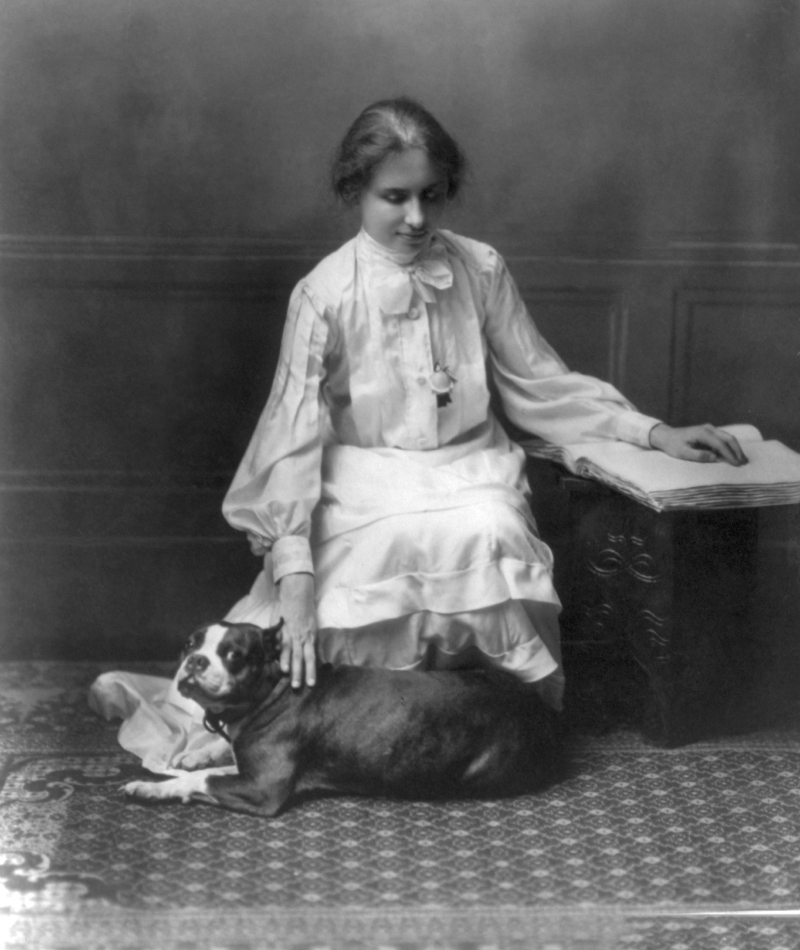
Hellen Keller: A Beacon of Resilience
Hellen Keller, both blind and deaf since before turning two, overcame profound challenges to become the first deaf-blind person to earn a bachelor of arts degree. With the guidance of her lifelong friend and teacher Anne Sullivan, Keller learned to communicate. Beyond her personal triumphs, Keller became a dedicated advocate, working for the American Foundation for the Blind from 1924 to 1968.
A prolific writer, Keller addressed a wide range of topics, from animals to Mahatma Gandhi, championing not only disability rights but also women’s suffrage, labor rights, and world peace. The image from 1902 reflects a moment in Keller’s early life, showcasing the beginning of her remarkable journey.
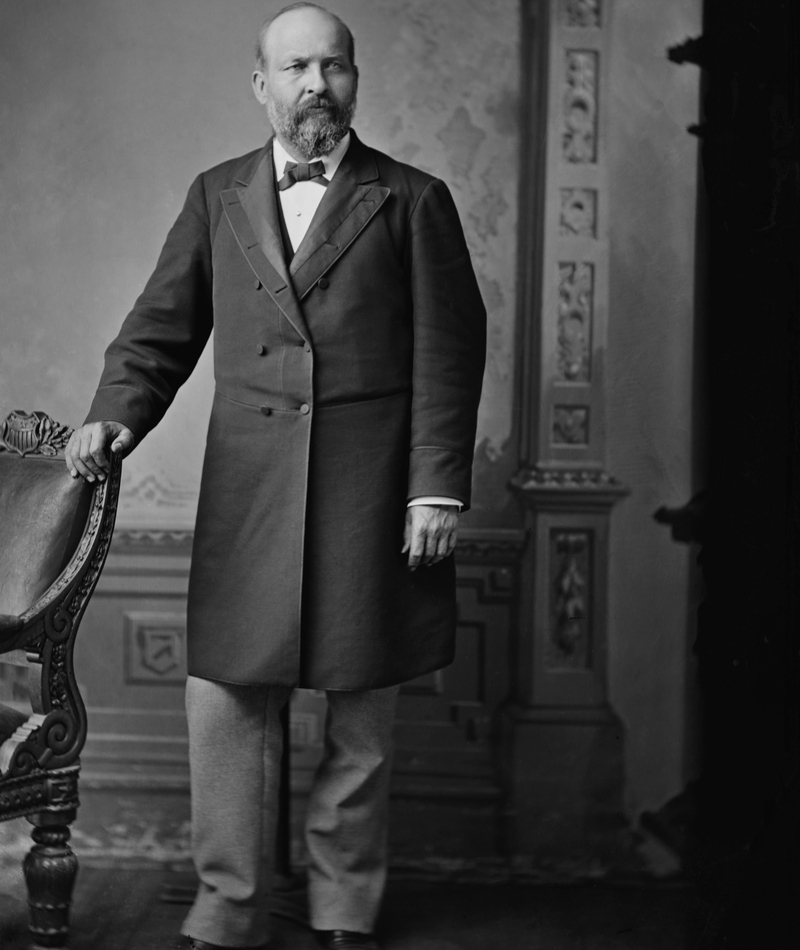
James A. Garfield: The Brief Presidential Legacy
James A. Garfield’s presidency, lasting a mere two hundred days, stands in relative obscurity compared to his counterparts. An assassin’s bullet, though not instantly fatal, cut short his time in office, leaving Garfield bedridden and ultimately succumbing to infections. Garfield’s legacy serves as a poignant reminder of the fleeting nature of power and the weight of presidential responsibility.
The image by Circa Images/Glasshouse Images captures a moment in history when a brief presidency left an enduring impact, emphasizing the transitory nature of political influence.
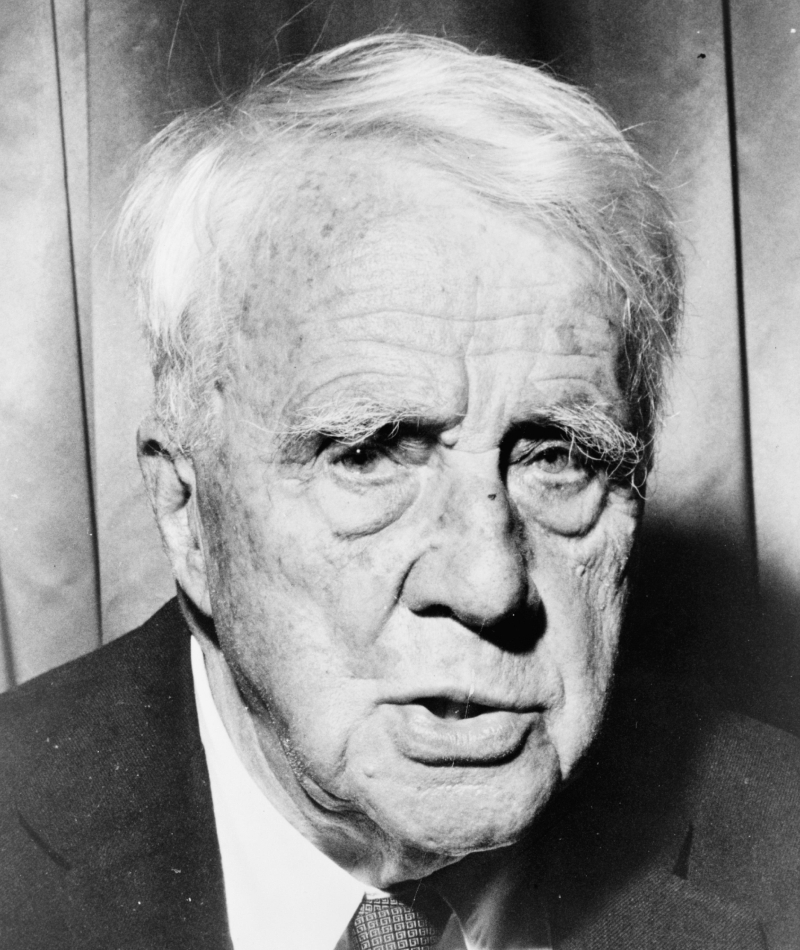
Robert Frost: The Poetic Voice
Robert Frost, a four-time Pulitzer Prize-winning poet, left an indelible mark on American literature. While his collections from 1924 to 1943 received critical acclaim, “The Road Not Taken” remains his most famous work. Often interpreted as a reflection on life’s choices, the poem ironically depicts equal paths.
The image from GL Archive highlights Frost’s poetic essence, capturing a moment in time when his words resonated far beyond the confines of traditional poetry, becoming embedded in the collective consciousness.
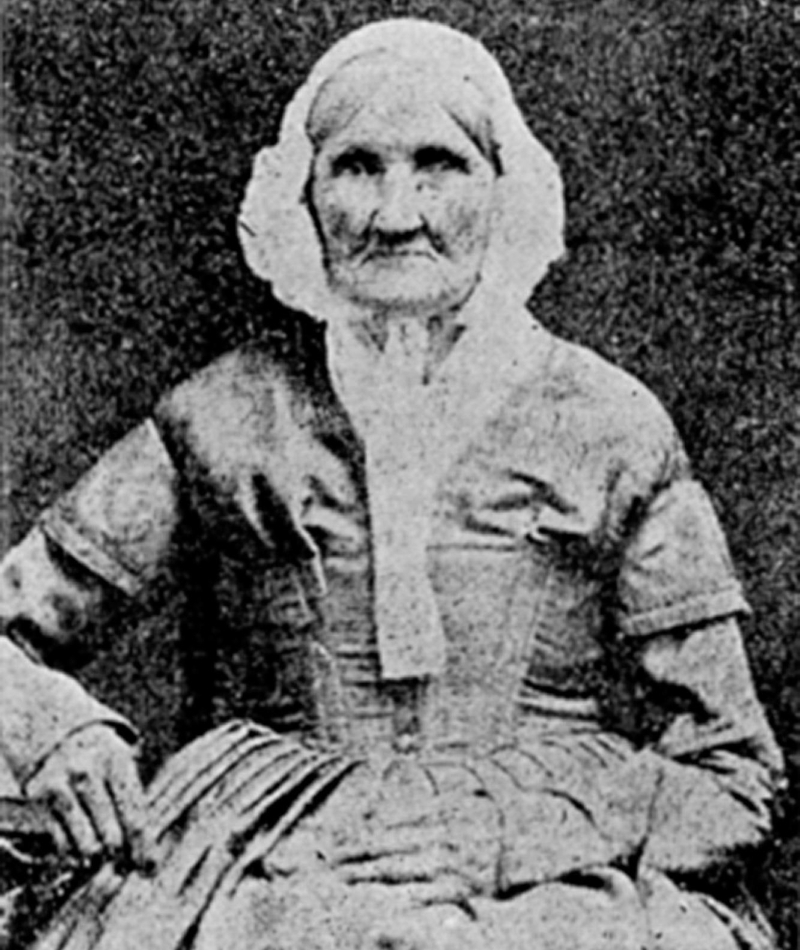
Hannah Stilley Gorby: A Glimpse into the Past
Hannah Stilley Gorby, born in 1746, holds a unique place in history as the oldest person ever photographed while alive. Despite her lack of fame or notable achievements, her image provides a fascinating window into the late 18th and early 19th centuries. Living until 1839, she witnessed the birth of America and experienced life in a rapidly changing world.
The photograph from The History Collection in 1839 captures a moment from a bygone era, emphasizing the historical significance of a woman who spent three decades in America before it became a nation.
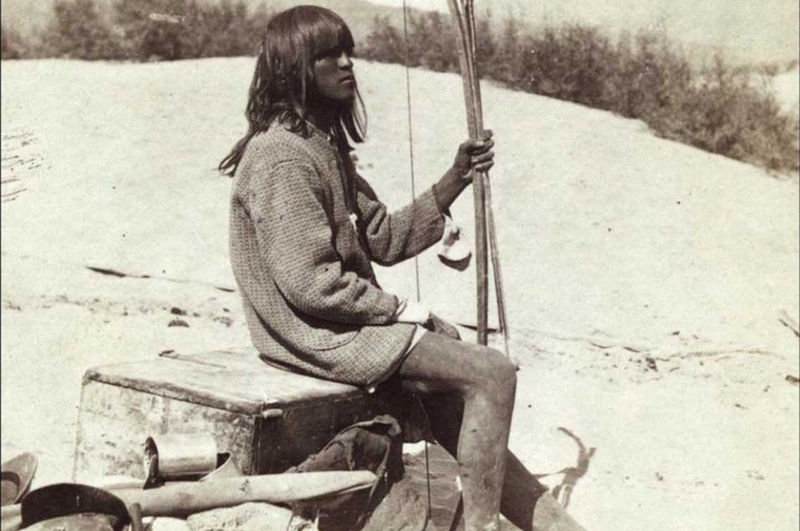
Maiman: The Native American Guide
Maiman, a Mojave Native, played a pivotal role as a guide-interpreter in the 19th century, particularly during the 1870s in Colorado. Partnered with photographer Timothy O’Sullivan, Maiman contributed to capturing stunning images of nature and Civil War battlefields. O’Sullivan’s preference for realistic portrayals set his photography apart from studio-centric approaches.
The image by Vintage_Space reflects Maiman’s connection with the landscape, showcasing a photographer who ventured beyond conventions to present Native Americans in an authentic light.
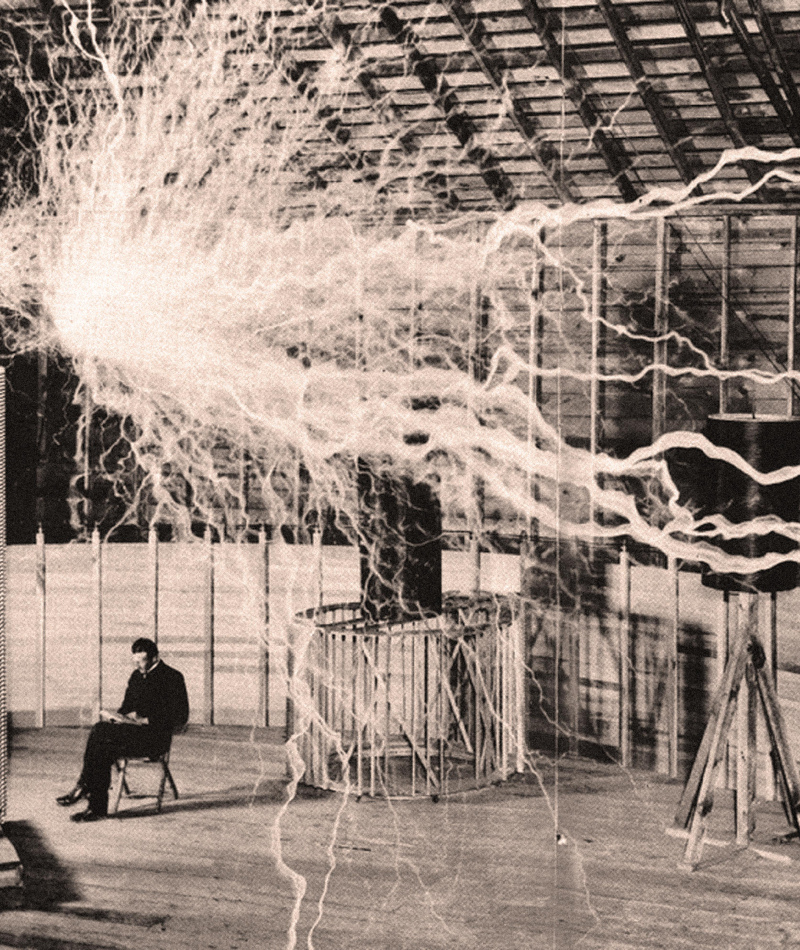
Nikola Tesla: The Visionary Inventor
Nikola Tesla, a Serbian-American scientist, is celebrated for his extraordinary contributions to the late nineteenth and early twentieth centuries. Armed with a supposed photographic memory, Tesla absorbed vast amounts of information from books and fellow scientists, using it to create groundbreaking inventions. From experimenting with X-rays to producing an X-ray of his own hand, to demonstrating a radio remote control boat, Tesla’s innovations were nothing short of fantastic.
One of his most famous creations, the Tesla coil, showcased his mastery of electricity. The image from 1899 captures Tesla beside a magnifying transmitter, generating captivating arcs of electricity. Although these arcs were produced for effect, they weren’t part of the device’s normal operation. Tesla’s legacy lives on, inspiring generations with his technological marvels.
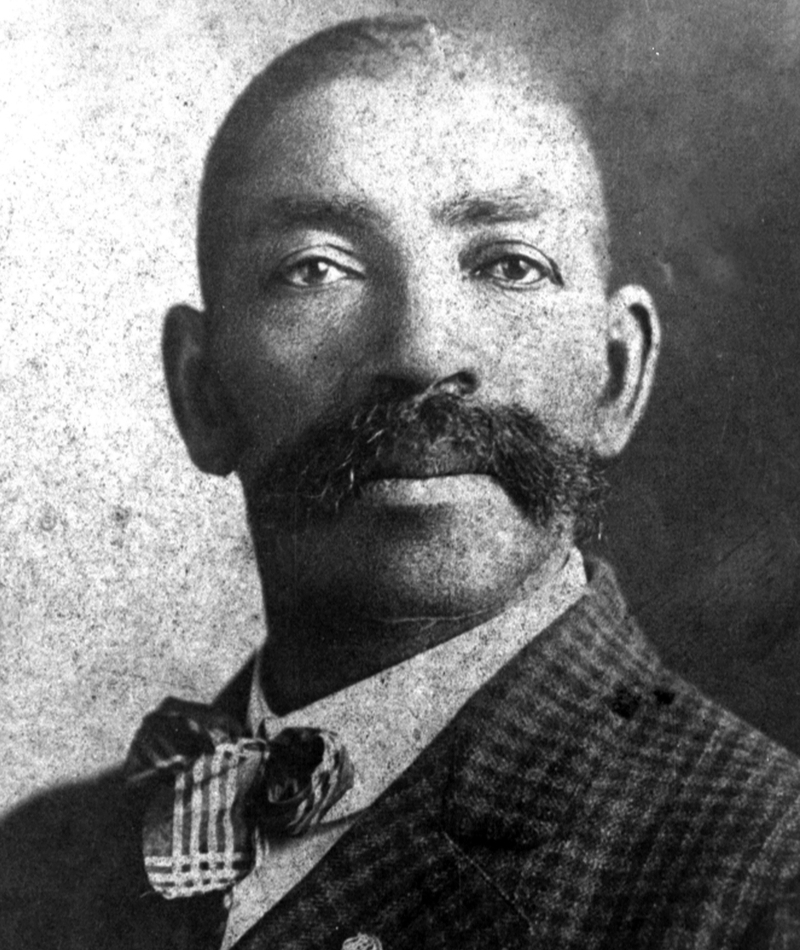
Bass Reeves: The Legend of the Wild West
Bass Reeves, born a slave in 1838, became a legendary figure in the Wild West. After the passage of the 13th amendment, Reeves gained his freedom and found employment as a tour guide in Native territory. His remarkable journey took a historic turn when he became the first deputy US marshal of African descent, rising through the ranks due to his impeccable law enforcement reputation.
Reeves made an astonishing 3,000 arrests of dangerous criminals, solidifying his status as a true hero of the Wild West. The image from FLHC MDB10 captures a glimpse of this legendary figure, whose courage and dedication left an indelible mark on the American frontier.
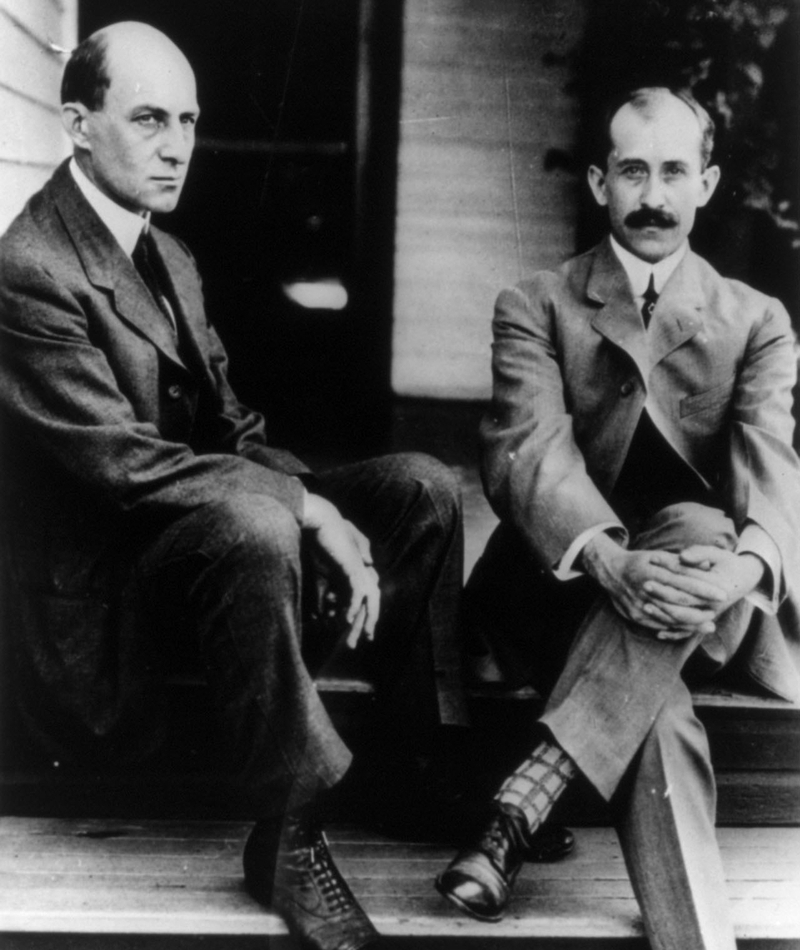
Wilbur and Orville Wright: Pioneers of Flight
Wilbur and Orville Wright, the Wright brothers, redefined travel with their groundbreaking contributions to aviation. Born out of a clear goal and dream to build a flying machine, the brothers faced countless challenges, including crash landings and failed prototypes. Undeterred, they persevered, learning from failure to create improved versions of their dream flying machine.
In December 1903, Wilbur successfully piloted a powered flight for over 10 seconds, marking a historic moment in aviation. The image from GL Archive reflects the brothers’ determination, showcasing the transformative journey that revolutionized air travel.
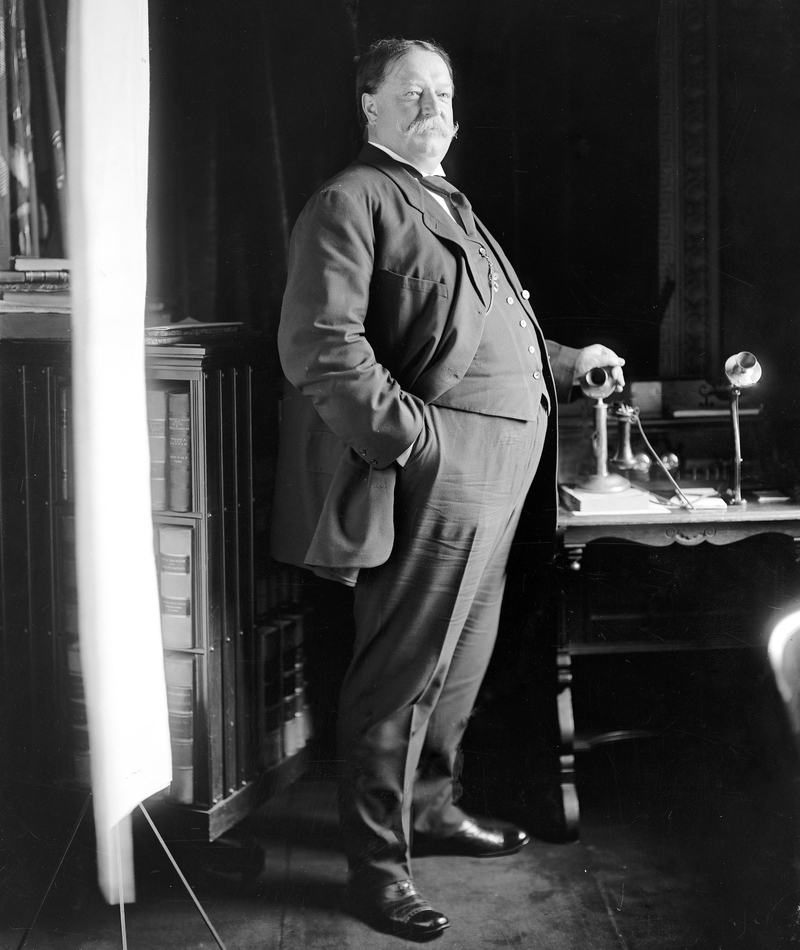
William H. Taft: The Robust Leader
William H. Taft, the 27th President of the United States, left an enduring impact on American history. Weighing over 300 pounds, Taft was known for his robust build, attracting public interest. Despite facing challenges during his presidency and losing his re-election bid, Taft’s subsequent appointment as Chief Justice of the Supreme Court showcased his lasting influence on the American legal system.
The image by Hum Images captures Taft’s imposing stature, emphasizing the multifaceted career of a leader who shaped the course of American jurisprudence.
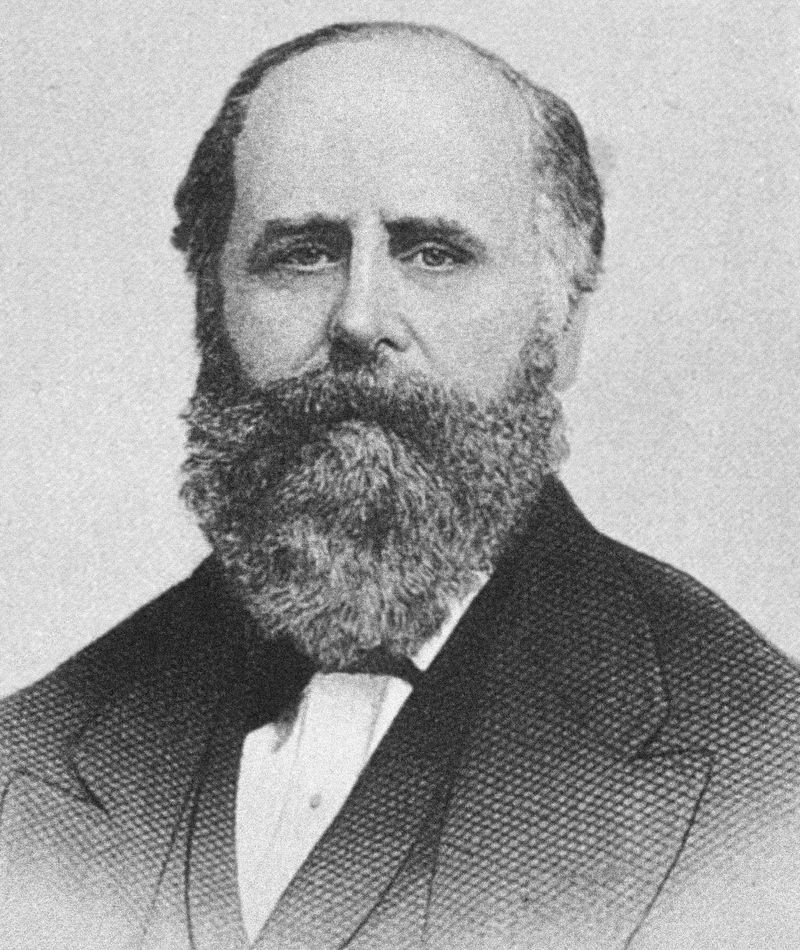
Rowland Hussey Macy: The Department Store Visionary
Rowland Hussey Macy, founder of Macy’s, overcame numerous failures before establishing the iconic department store chain. Attempting seven different retail ventures, Macy’s tenacity and hard work eventually paid off. Seeking innovative ways to appeal to consumers, Macy opened a dry goods shop in 1858, gradually expanding into different neighborhoods.
Macy’s became synonymous with beautifully illuminated windows, exhibits, and the famous Thanksgiving Day parades. The image by Granger, NYC./Historical Picture Archive captures a moment from the 19th century when a determined entrepreneur laid the foundation for a retail giant that continues to exceed expectations.
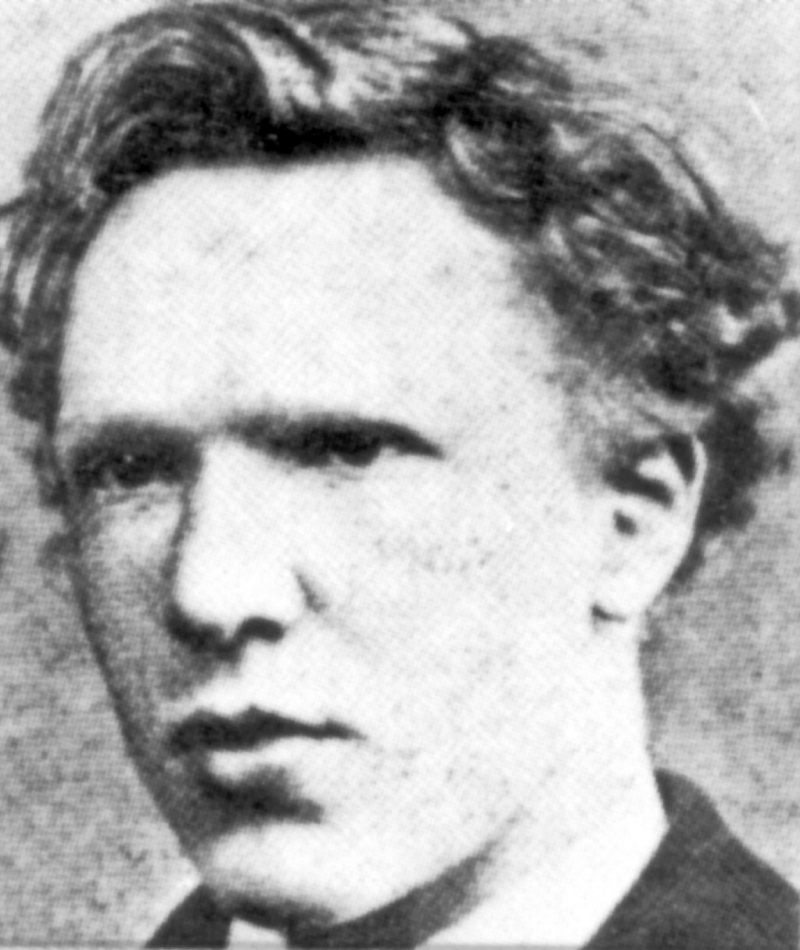
Vincent van Gogh: The Tormented Artist
Vincent van Gogh, a prolific painter until his death in 1890, struggled with mental disorders, delusions, and psychotic episodes. Despite his challenges, he created art that gained recognition only posthumously. Famous for cutting off his ear in a desperate act of love and enduring periods of extreme poverty, van Gogh’s life was marked by turmoil.
The image from GL Archive, taken when van Gogh was just eighteen in 1873, provides a glimpse into the artist’s early years before fame. His legacy endures as a testament to the power of artistic expression amid personal struggles.
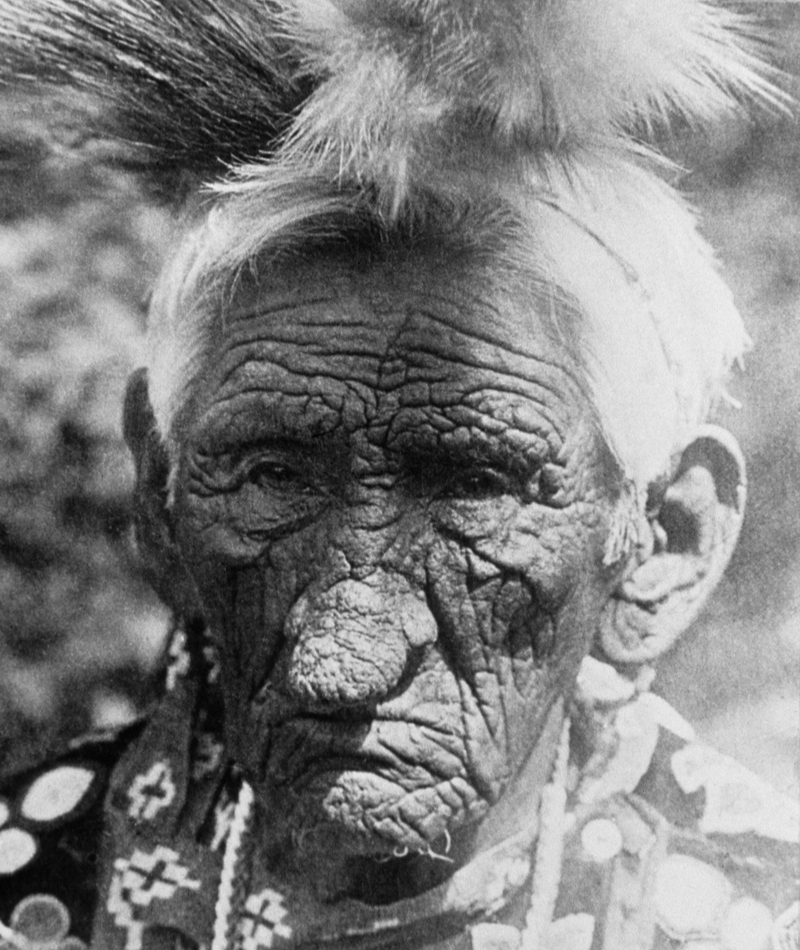
Chief John Smith: Ojibwe Wisdom
Chief John Smith, a revered leader of the Ojibwe tribe in Minnesota, is captured in a poignant 1920 photograph. As the head of the tribe, Chief Smith’s weathered countenance reflects a lifetime of wisdom and leadership. Rumored to have lived to the age of one hundred and thirty-seven, his legacy extends beyond numbers.
Getty Images Photo by API/Gamma-Rapho showcases Chief Smith’s remarkable wrinkles, embodying the rich history and wisdom of the Ojibwe people. Although he left no biological heirs despite being married to eight women, Chief Smith’s impact on Ojibwe history remains an enduring tribute to his leadership and wisdom.
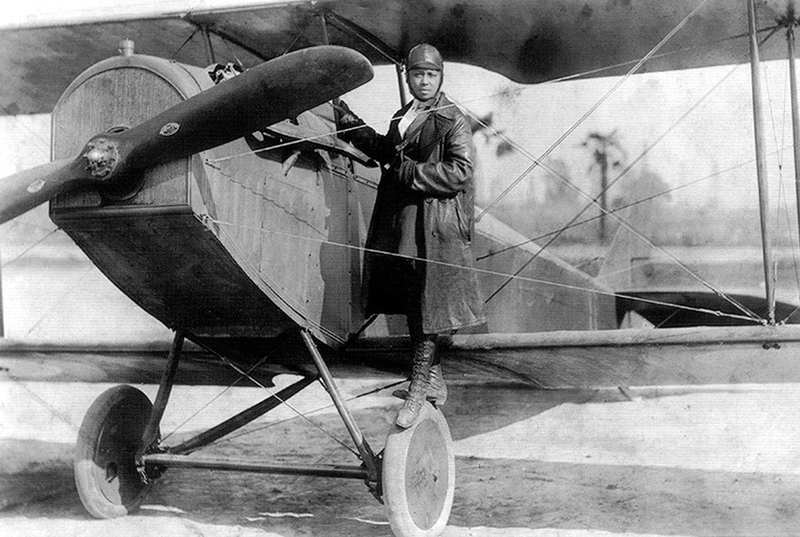
Bessie Coleman: Soaring Above Boundaries
Bessie Coleman, a trailblazer in aviation, defied racial and gender barriers to pursue her dream of becoming a pilot. When American flying schools rejected her due to her skin color, she took matters into her own hands. Coleman taught herself French, moved to France, and earned her flying license from Caudron Brother’s School in less than a year.
Inspired by World War I pilots, she not only became an accomplished aviator but excelled in aerial tricks and stunt flying. The image by GL Archive captures a moment of triumph for Bessie Coleman, symbolizing her determination to soar above the limitations imposed by society.
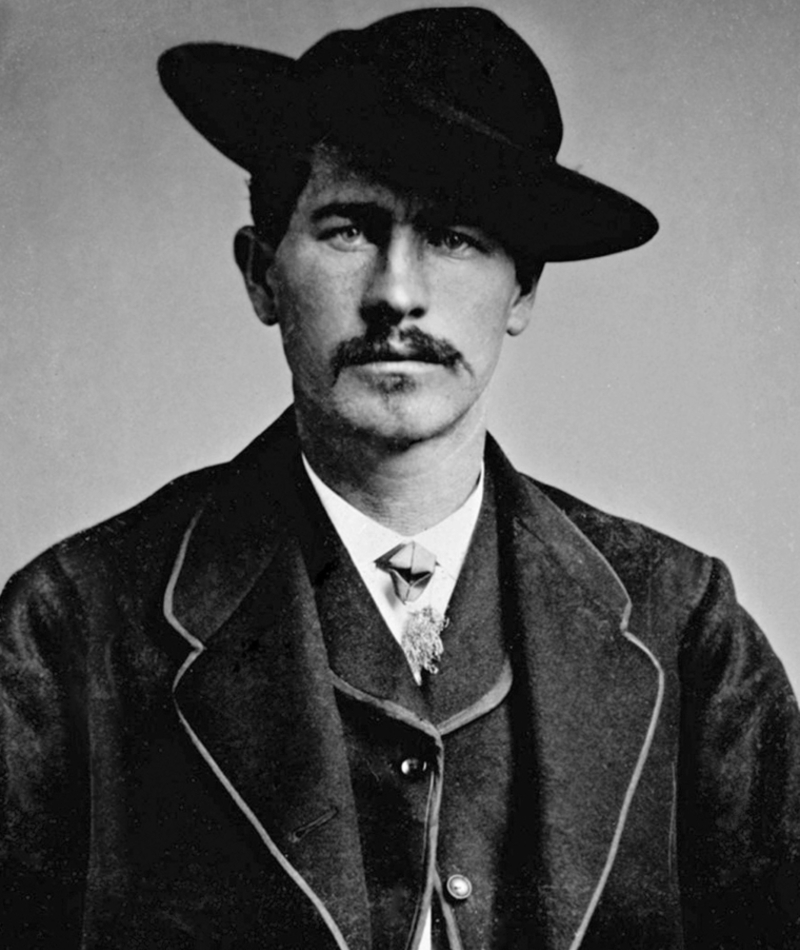
Wyatt Earp: The Legendary Gambler and Lawman
Wyatt Earp, a legendary figure of the Old West, gained fame as a proficient gambler and deputy sheriff in Arizona. Known for his role in the gunfight at the O.K. Corral, where he killed three cowboys, Earp became a respected shooter in Tombstone, Arizona. Despite his reputation as a gambler, Earp also held a significant law enforcement position.
The image by IanDagnall Computing provides a glimpse into the life of Wyatt Earp, showcasing a man who straddled the worlds of gambling and law enforcement during the tumultuous era of the Old West.
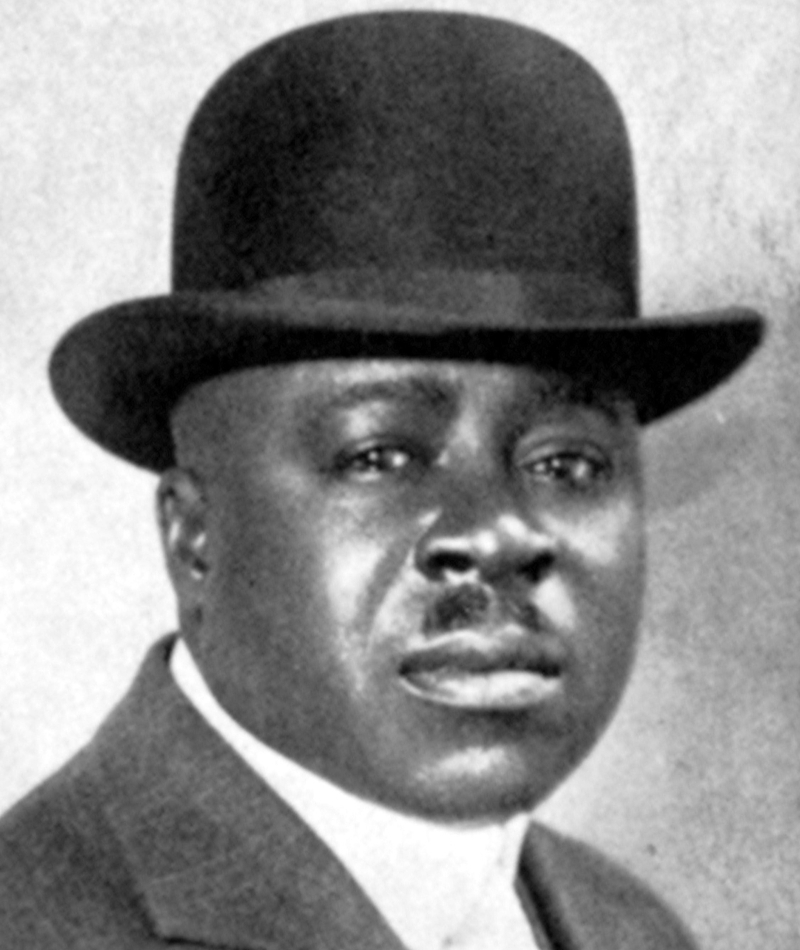
Robert Abbott: Catalyst for Change
Robert Sengstacke Abbott, founder of “The Chicago Defender” in 1905, played a pivotal role in African-American history. The Black newspaper became a powerful force for change, making Abbott a Black millionaire at a time when such success was rare. The success of “The Chicago Defender” catalyzed “The Great Migration,” influencing millions of African-Americans to move from rural areas to urban cities.
The newspaper’s impact extended beyond its readership, as it inspired social change and contributed to the cultural shift of the time. The image by Granger, NYC./Historical Picture Archive captures a moment in history when a newspaper became a catalyst for a transformative movement.
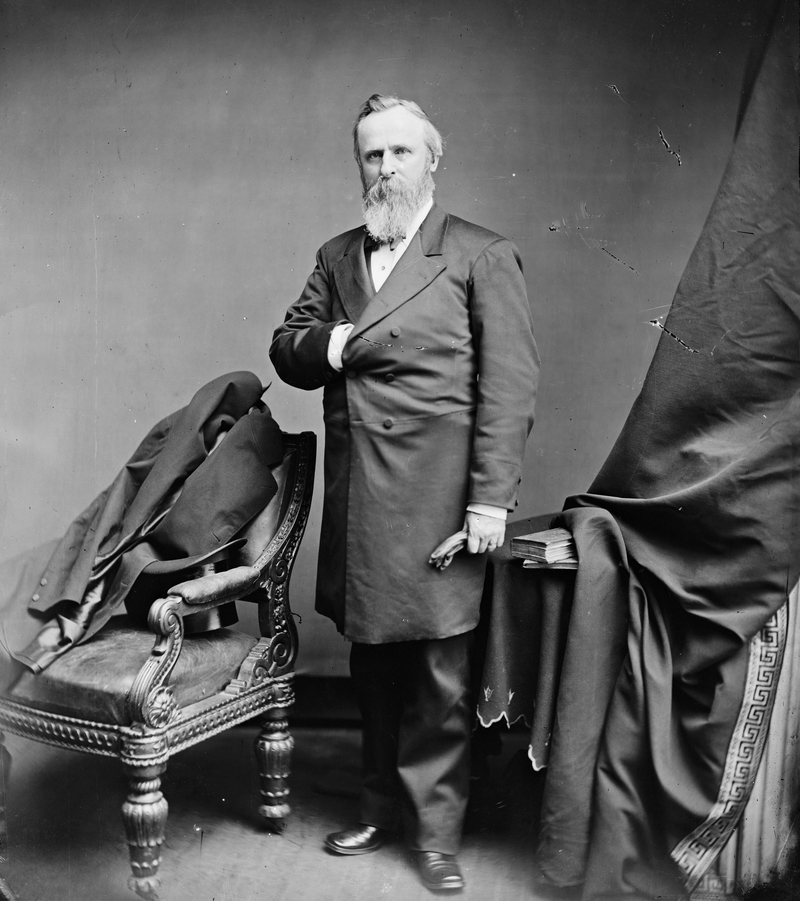
Rutherford B. Hayes: A President of Unity
Rutherford B. Hayes, the 19th President of the United States, focused his presidency on healing the nation after the Civil War. Serving from 1877 to 1881, Hayes implemented reforms to address government corruption and promote fairness in hiring. He advocated for the rights of black people, marking the end of the Reconstruction era.
Despite facing controversy during his presidency, Hayes’ commitment to fairness and unity influenced the trajectory of the United States. The image by Photo12/Ann Ronan Picture Library reflects a leader dedicated to fostering a sense of unity in a divided nation.
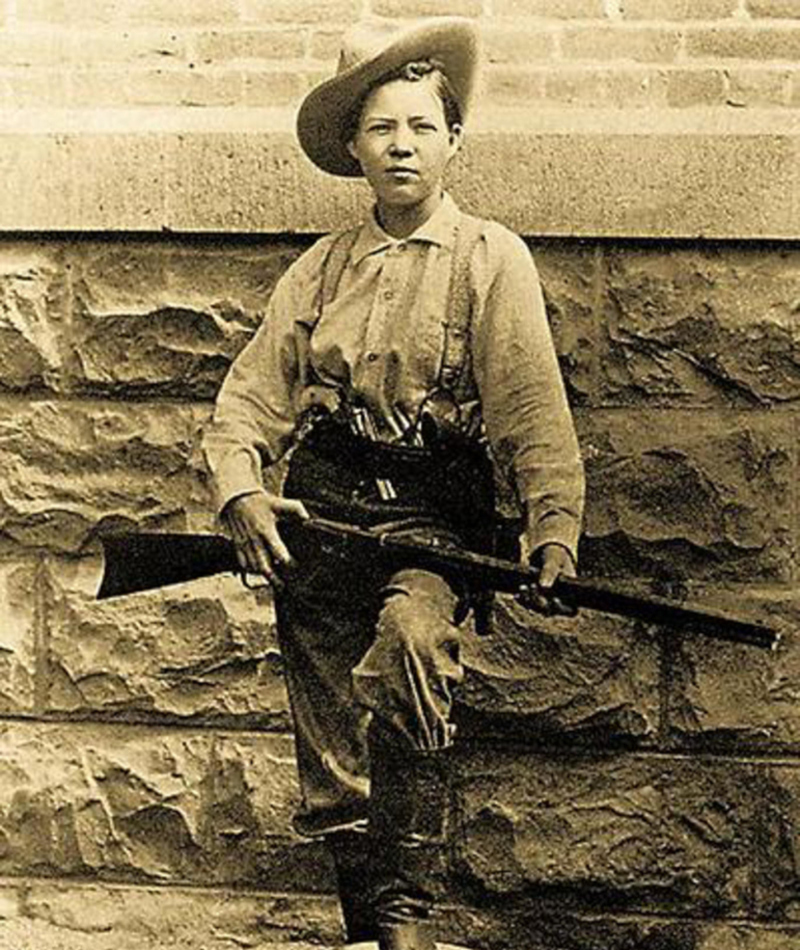
Pearl Heart: The Daring Stagecoach Robber
Pearl Heart, an Old West woman, gained notoriety for her stagecoach robberies and fearless escapades. Born into a wealthy family and well-educated, Heart’s life took a dramatic turn when she faced physical abuse from her husband. Leaving him, she became a stagecoach robber and reached celebrity status during her lifetime.
While her criminal activities were infamous, Heart’s story highlights a woman who defied societal norms and chose a path of daring independence. The image by Historic Collection captures the spirit of a woman who challenged the conventions of her time.
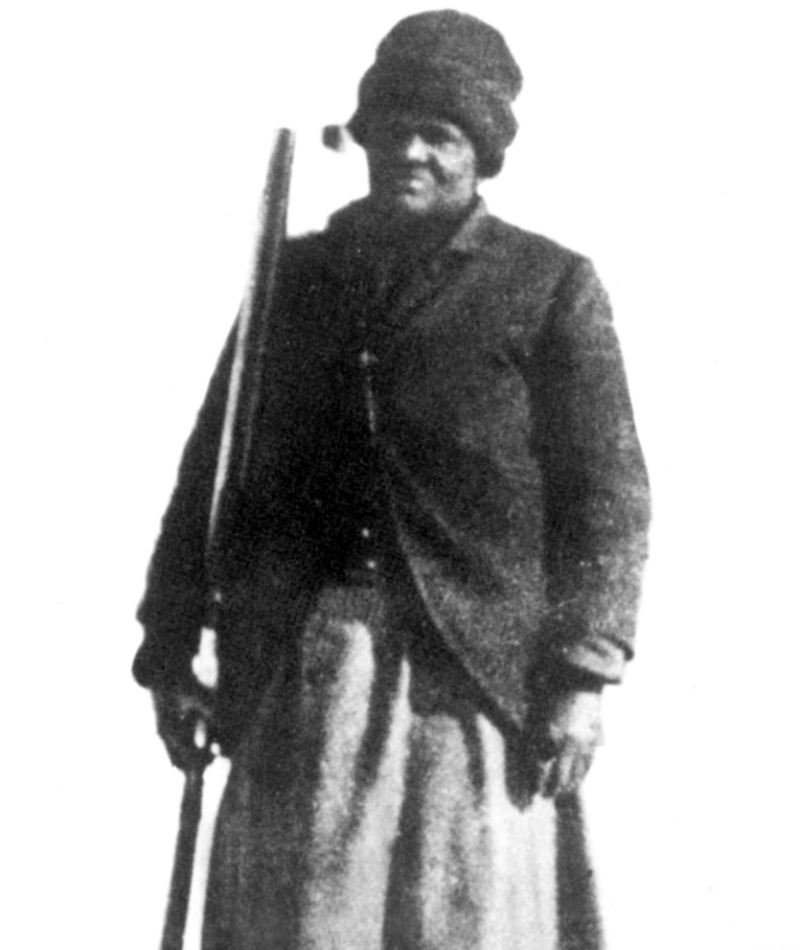
Mary Fields: The Trailblazing Mail Carrier
Mary Fields, born in 1832, made history as the first African-American woman to work for the postal service in the United States. Remarkably, she didn’t begin this groundbreaking role until the age of sixty-three in 1895. Fields earned the nickname “Stagecoach” for her exceptional speed in hitching a team of six horses and never missing a day of work.
Despite the challenges she faced as a woman in a predominantly male profession, Fields delivered mail with unmatched dedication. The image by Granger, NYC./Historical Picture Archive reflects the resilience and trailblazing spirit of Mary Fields.
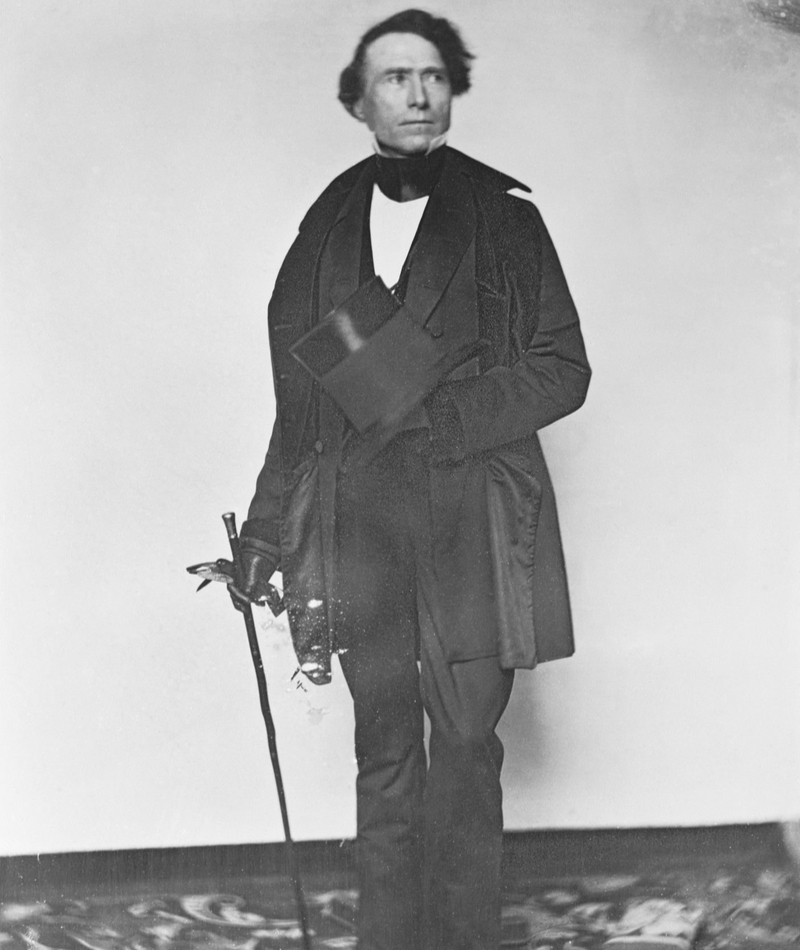
Franklin Pierce: Expanding Horizons
Franklin Pierce, the 14th President of the United States, played a significant role in expanding America’s territories. Serving from 1853 to 1857, Pierce signed the Gadsden Purchase, acquiring land from Mexico and adding around thirty thousand square miles to the United States. He also attempted to purchase Cuba from Spain.
Getty Images Photo by Bettmann showcases Pierce’s presidency during a period of territorial expansion and controversial decisions. While facing criticism, Pierce’s commitment to compromise and unity in a divided nation remains a key aspect of his historical legacy.
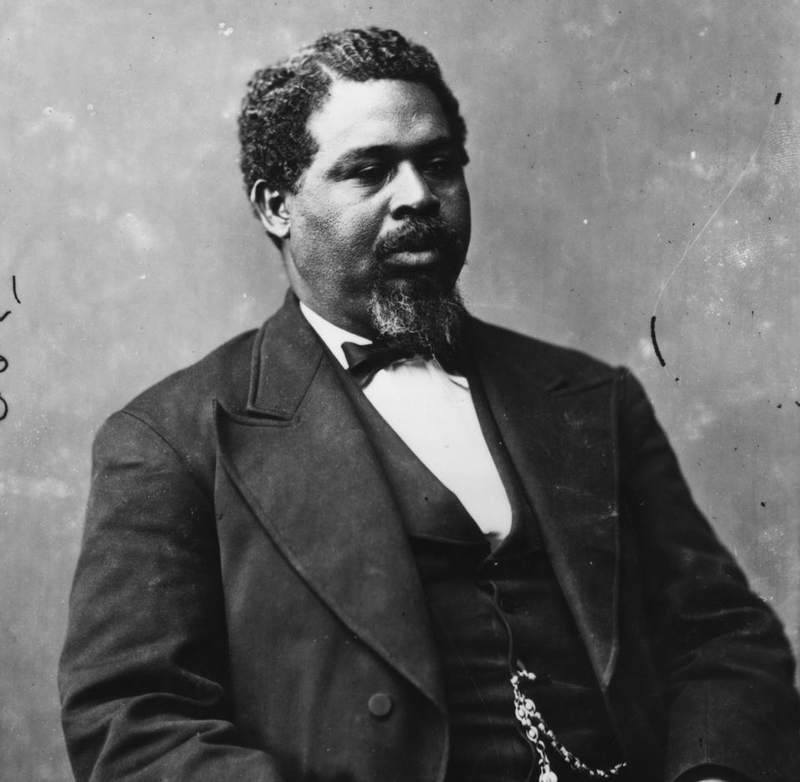
Robert Smalls: From Slave to Congressman
Born a slave during the American Civil War, Robert Smalls freed himself and his crewmates by commandeering a Confederate transport ship. His courageous act helped convince President Abraham Lincoln to accept African-American soldiers into the Union Army. After the war, Smalls served in the United States House of Representatives, representing South Carolina and advocating for black people.
The image by MPI captures a moment in history when Robert Smalls transitioned from a slave to a congressman, leaving an indelible mark on the fight for freedom and equality.
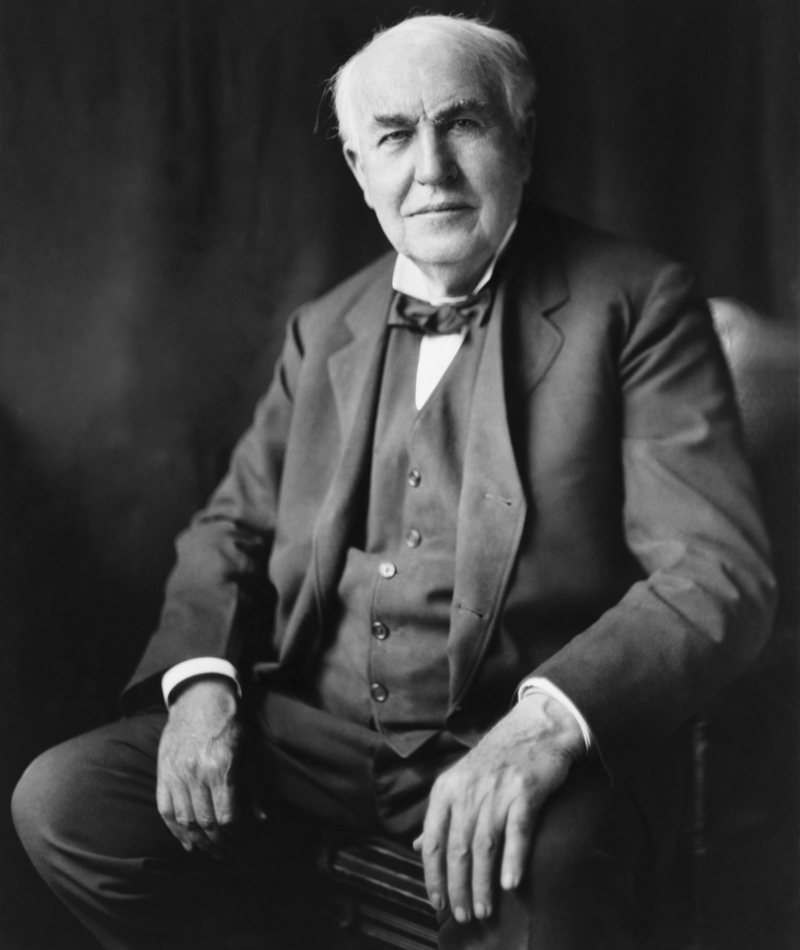
Thomas Edison: The Inventive Genius
Thomas Edison, one of history’s greatest inventors, revolutionized modern life with inventions like the incandescent light bulb, motion picture camera, and phonograph. Despite facing challenges in school, Edison’s innovative spirit led to countless groundbreaking creations. His famous quote, “I have not failed. I’ve just found 10,000 ways that will not work,” encapsulates his relentless pursuit of discovery.
Shutterstock Photo by Bachrach/Everett Collection captures a moment in the life of Thomas Edison, showcasing the visionary genius whose inventions continue to shape the world.
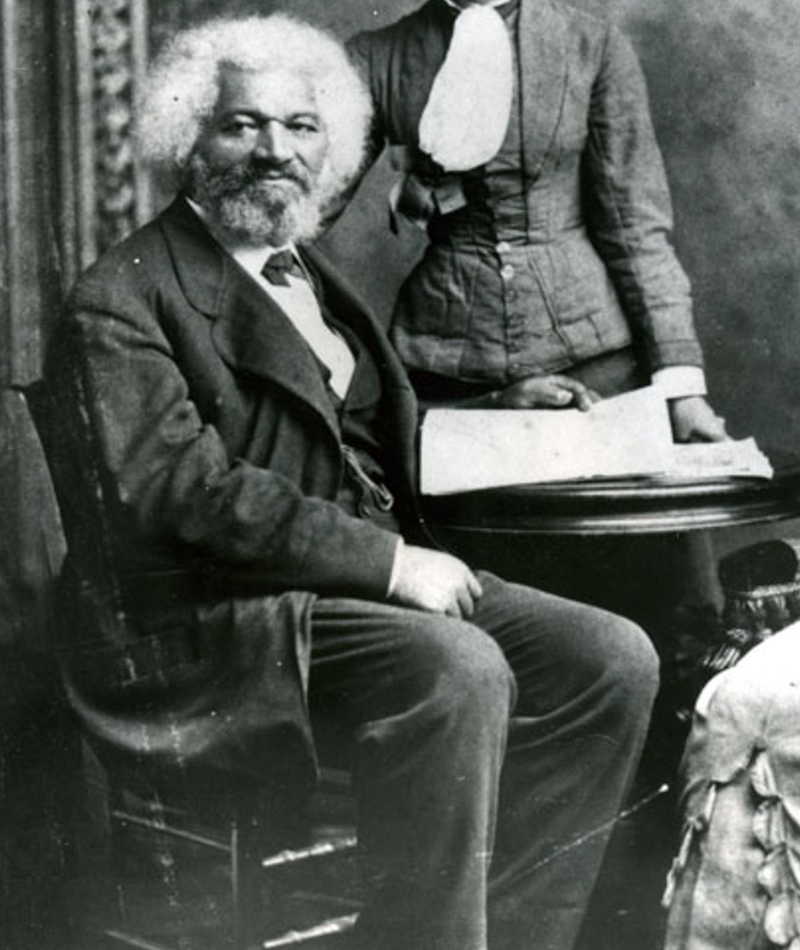
Frederick Douglass: Abolitionist Leader
Frederick Douglass, a prominent abolitionist leader, rose to prominence through his powerful autobiography, “Narrative of the Life of Frederick Douglass.” Born into slavery, Douglass shattered the myth of the happy slave and became a key figure in the abolitionist movement. His intelligence and eloquence made him a sought-after advisor to President Lincoln and his successor, Andrew Johnson.
Alamy Stock Photo by History and Art Collection reflects a moment in history when Frederick Douglass emerged as a passionate advocate for freedom and equality, leaving an enduring impact on the fight against slavery.
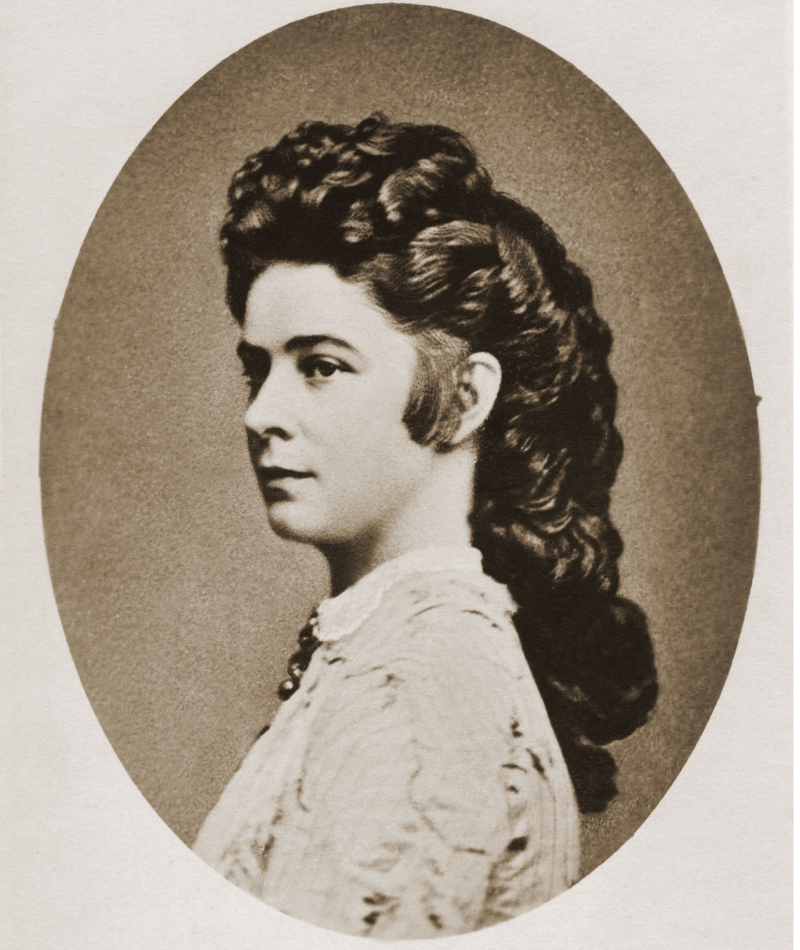
Elisabeth Amalie: Sisi, the Empress
Nicknamed “Sisi,” Elisabeth Amalie became the Empress of Austria and the Queen of Hungary upon her marriage to Emperor Franz Joseph I in 1854. Known for her obsession with maintaining youth and beauty, Sisi adopted restrictive diets and tight-waisted corsets. Her life took a tragic turn with the death of her son
in 1889, leading to her own untimely demise in 1898.
Alamy Stock Photo by Ludwig Angerer/INTERFOTO / Personalities captures a moment from approximately 1864, showcasing Sisi’s regal presence and the challenges she faced in her pursuit of beauty and personal refuge.
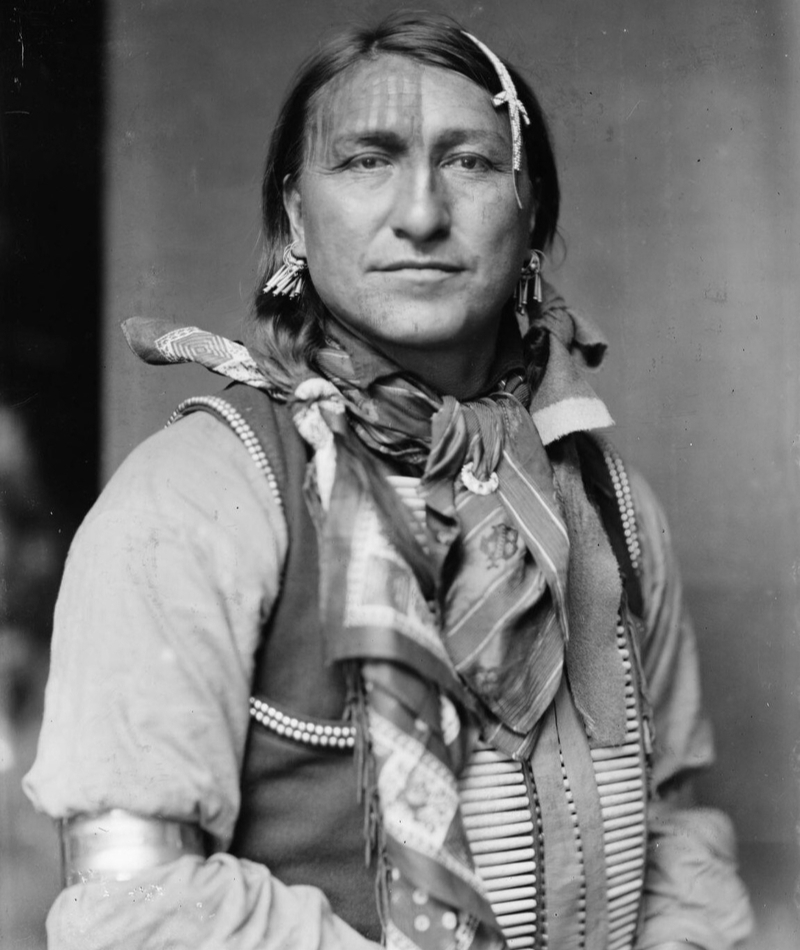
Joe Black Fox: The Enigmatic Sioux Chief
In the Old West, Joe Black Fox, a Sioux chief, remains a lesser-known figure but one of great intrigue. His serene gaze in the photograph invites us into the world of the Sioux, a Native American tribe with two divisions in the Dakota Territory, Montana, Nebraska, and Minnesota. While much about Joe Black Fox remains shrouded in mystery, historical records indicate his participation in Buffalo Bill’s traveling shows, touring both the USA and Europe.
The image by Zuri Swimmer captures the essence of this Sioux chief, offering a glimpse into a time when Native American figures like Joe Black Fox played roles in popular entertainment, contributing to the cultural tapestry of the Old West.
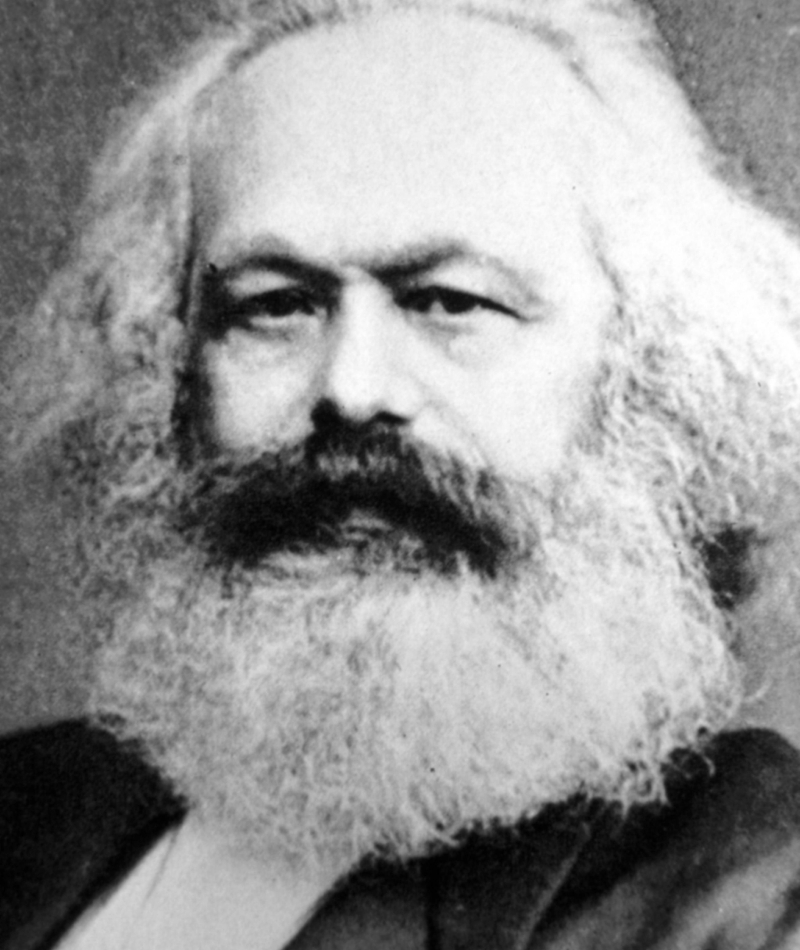
Karl Marx: The Iconic Philosopher
Karl Marx, the German-born philosopher, left an indelible mark on history with his influential works, including “The Communist Manifesto” and “Das Kapital.” Best known as the father of socialism, Marx’s ideas stirred significant debates and controversies. Born in 1818, he witnessed a tumultuous period in European history, and his theories on capitalism and socialism continue to be subjects of discussion.
The photograph from 1875, captured by Ann Ronan Picture Library, provides a glimpse of Karl Marx during a crucial juncture in intellectual history. Despite facing challenges and historical setbacks, Marx’s ideas have persisted and shaped discussions on economics and societal structures.
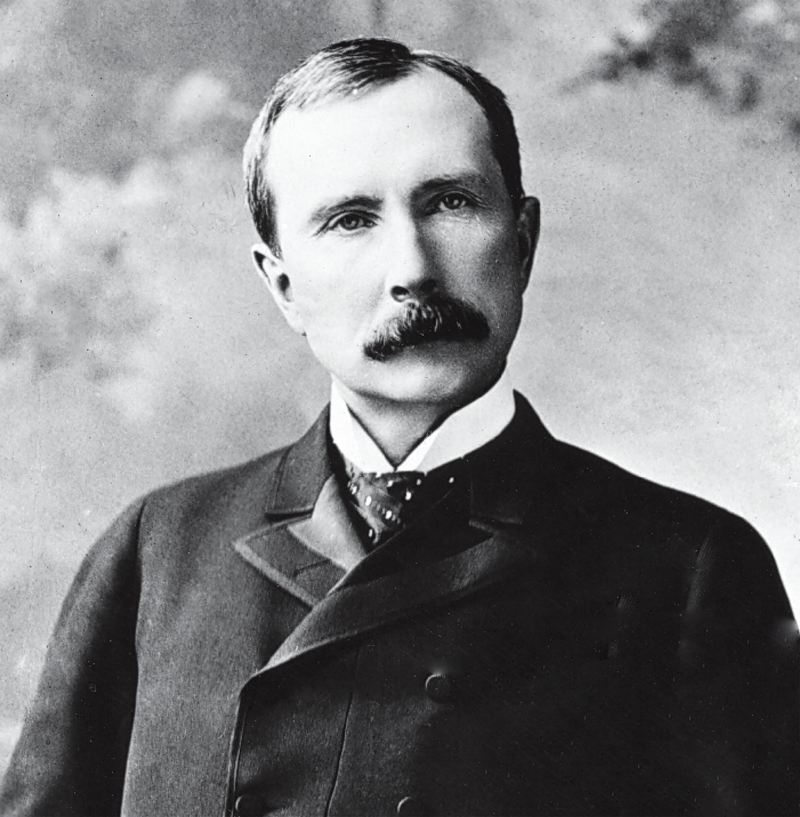
John D. Rockefeller: The Business Tycoon Turned Philanthropist
John D. Rockefeller, the legendary founder of the Standard Oil Company, rose to prominence as one of the world’s earliest billionaires. The photograph by Pictorial Press Ltd reflects a man whose unconventional academic journey led him to business studies after leaving high school. Rockefeller’s entrepreneurial prowess allowed him to amass immense wealth, leading to the eventual disbandment of his oil empire by the government.
Despite controversies surrounding his business practices, Rockefeller’s commitment to philanthropy marked a significant aspect of his legacy. The image stands as a testament to the complex nature of individuals who navigate the intricacies of business, wealth, and societal impact.
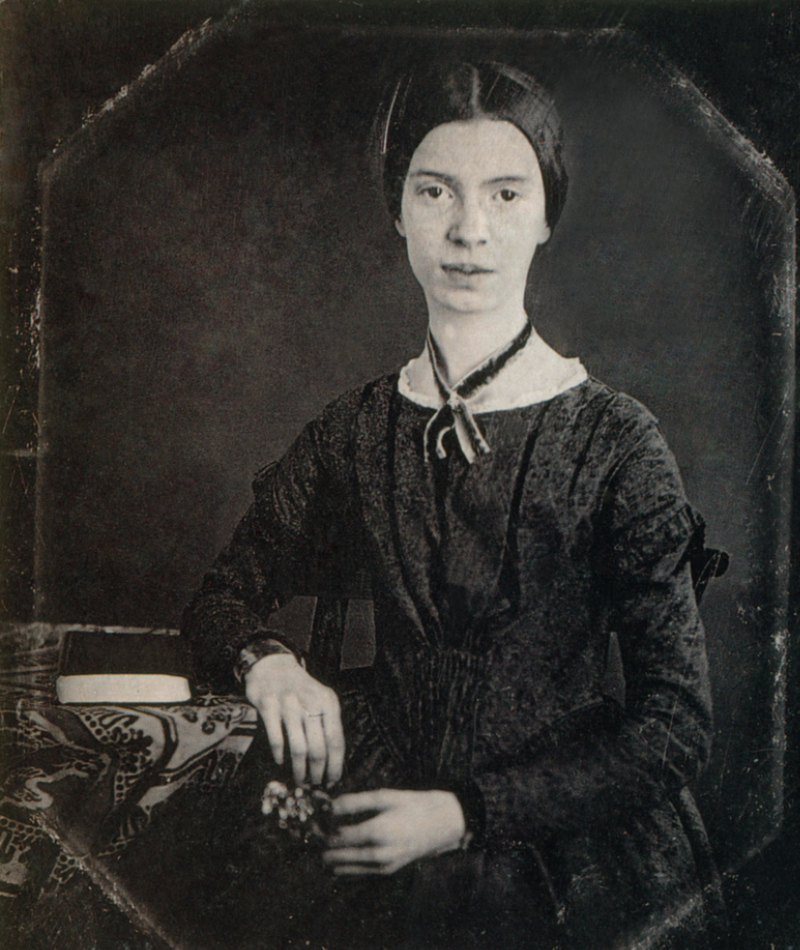
Emily Dickinson: The Reclusive Poet
Emily Dickinson, born in 1830, emerged as one of the most famous literary figures, challenging societal norms with her unique style. The photograph by Photo Researchers/Science History Images captures the essence of a woman who lived a reclusive life in Amherst, Massachusetts. Labeled as eccentric by locals, Dickinson’s preference for correspondence over in-person interactions contributed to her mystique.
Never marrying, Dickinson spent her time writing poetry, deviating from conventional norms with her untitled, punctuated, and capitalized verses. Despite limited recognition during her lifetime, her posthumous fame soared when her sister discovered over 1800 poems. Dickinson’s life stands as a testament to the enduring power of unconventional creativity.
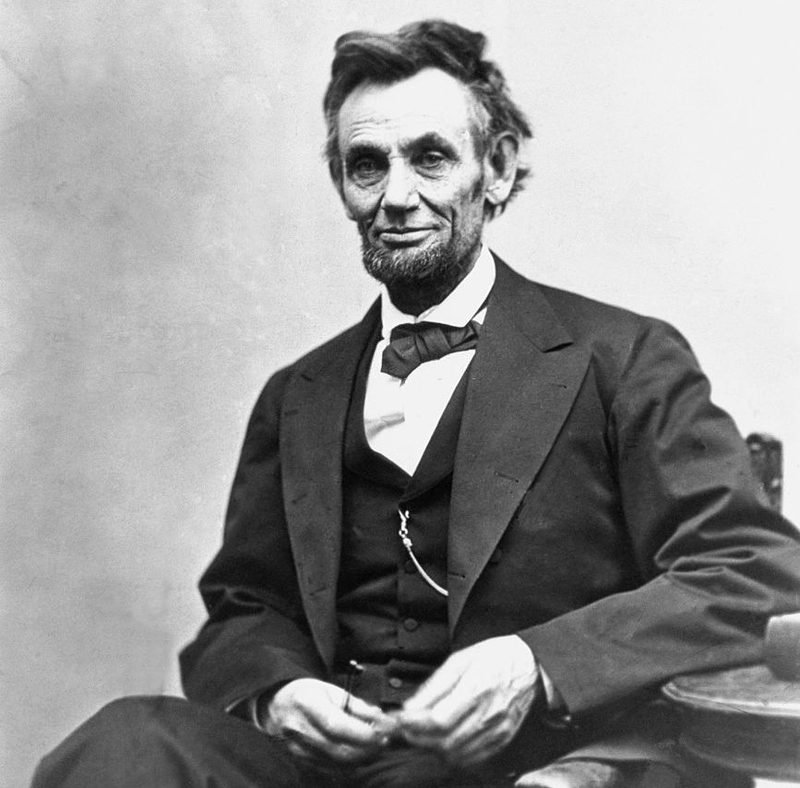
Abraham Lincoln: The Self-Educated Leader
Abraham Lincoln’s journey from a poor family to becoming the 16th President of the United States is captured in this image by CORBIS. Self-educated and resilient, Lincoln led the nation through the Civil War, preserving the Union, abolishing slavery, and navigating a tumultuous political landscape.
Lincoln’s presidency marked a critical period in American history, facing challenges such as the secession of Southern states. The photograph reflects the determined leader who rose to prominence despite humble beginnings, leaving an enduring legacy in the nation’s history.
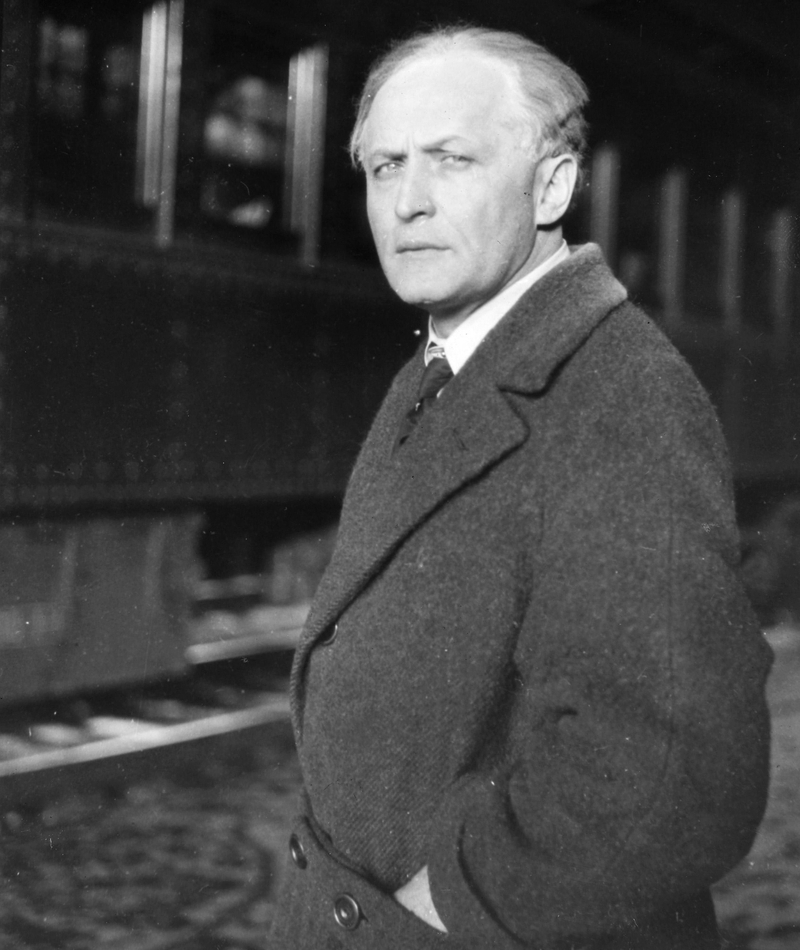
Harry Houdini: The Daring Escape Artist
Harry Houdini, the world-renowned escape artist and magician, defied expectations from a young age. The photograph by Granger, NYC./Historical Picture Archive captures a young Houdini, who dropped out of school at 12. Collaborating with a friend, he created “The Challenge Act” at 24, showcasing his ability to escape from any pair of handcuffs.
Houdini’s act became a sensational success, propelling him into an extraordinary career. His daring and controversial stunts continue to captivate audiences, highlighting the transformative power of perseverance and innovation.
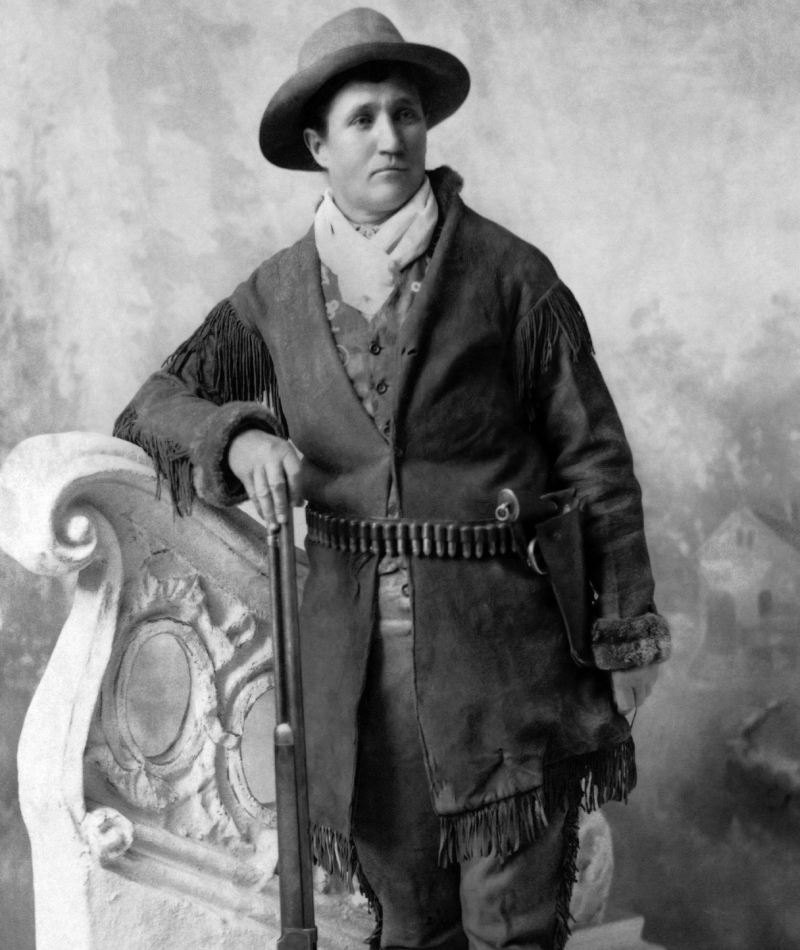
Calamity Jane: The Frontierswoman and Sharpshooter
Calamity Jane, portrayed in this photograph by Vernon Lewis Gallery/Stocktrek Images, Inc., challenges stereotypes of the Old West. Born Martha Jane Cannary in 1852, she became an American frontierswoman, sharpshooter, and storyteller. An acquaintance of Wild Bill Hickok, she later appeared in his Wild West show, showcasing her skills.
While much of Calamity Jane’s life remains shrouded in autobiographical narratives, her fame arose from her daring personality and association with the Wild West. The image offers a glimpse into the unconventional life of a woman who defied societal expectations.
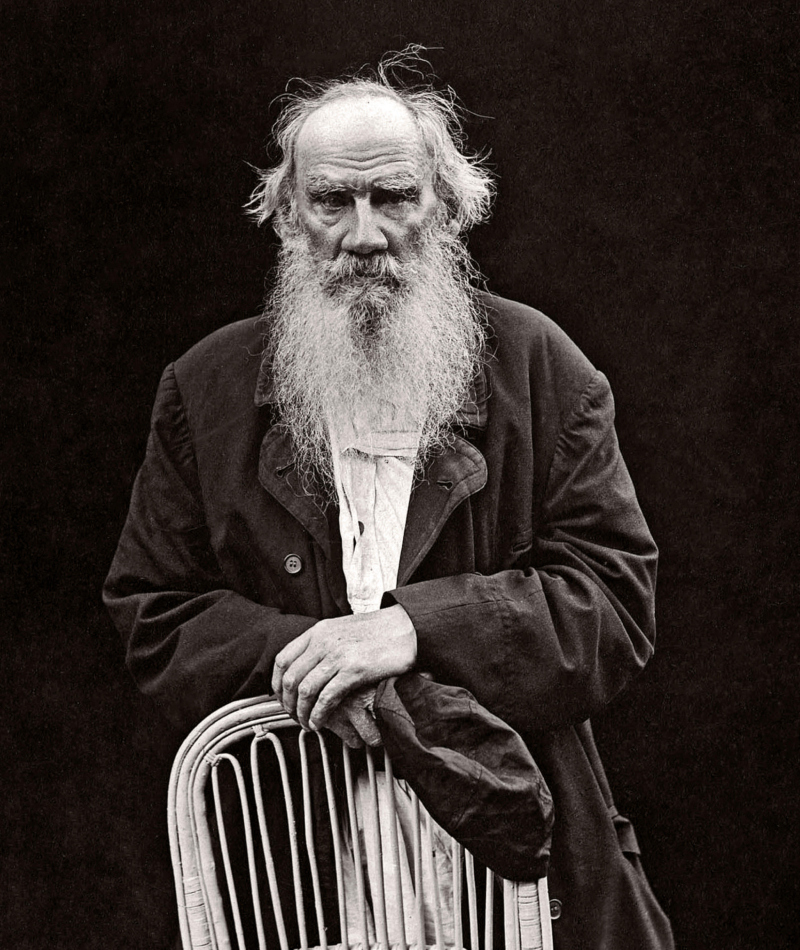
Leo Tolstoy: The Russian Literary Giant
Leo Tolstoy, the Russian writer, earned a place among the greatest literary figures globally with works like “War and Peace” and “Anna Karenina.” Born in 1828, Tolstoy’s contributions to literature were extensive, earning him multiple Nobel Prize nominations. The photograph by mccool provides a glimpse into Tolstoy’s life during the late 19th and early 20th centuries.
Despite never winning the Nobel Prize, Tolstoy’s philosophical insights and nonviolent resistance movement have left an enduring impact. His life journey, as captured in the image, reflects the complexities of literary genius and societal critique.
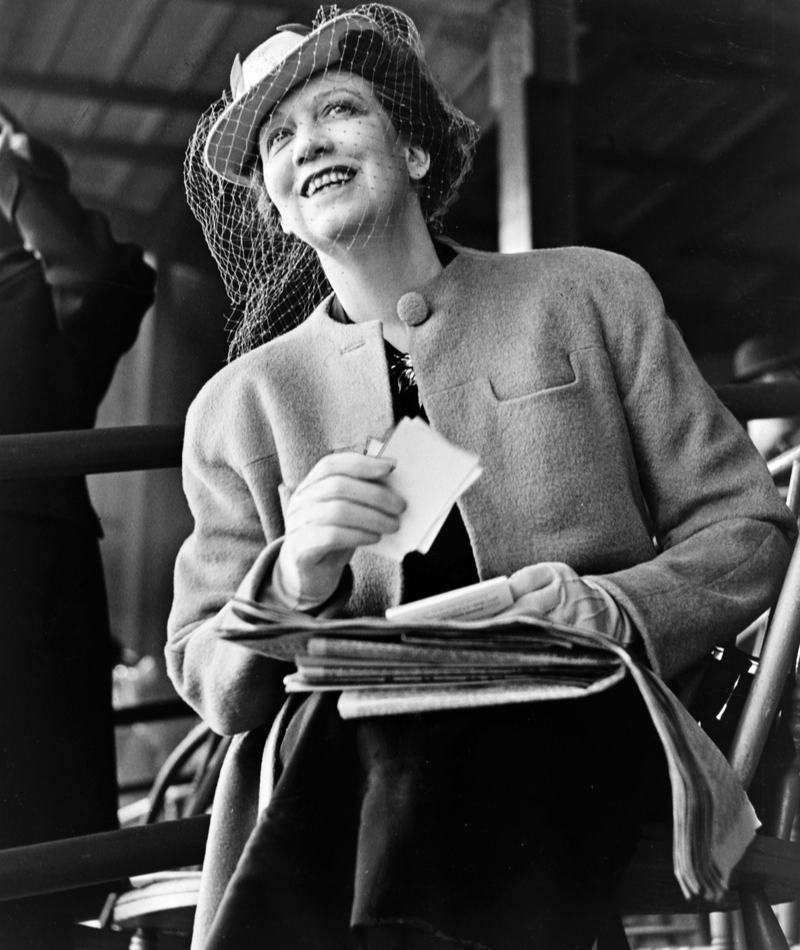
Elizabeth Arden: From Struggles to Beauty Empire
Elizabeth Arden, born Florence Nightingale Graham in 1878, overcame adversity to establish a beauty empire by 1929. The image by GL Archive captures a woman who faced failures in nursing school and various jobs before venturing into the cosmetics and beauty salon industry.
After a transformative trip to France in 1912, Arden collaborated with a chemist to create superior beauty products. Elizabeth Arden, Inc. eventually achieved significant financial success, surpassing $1 billion in annual sales. Arden’s journey exemplifies resilience and innovation in the face of challenges.
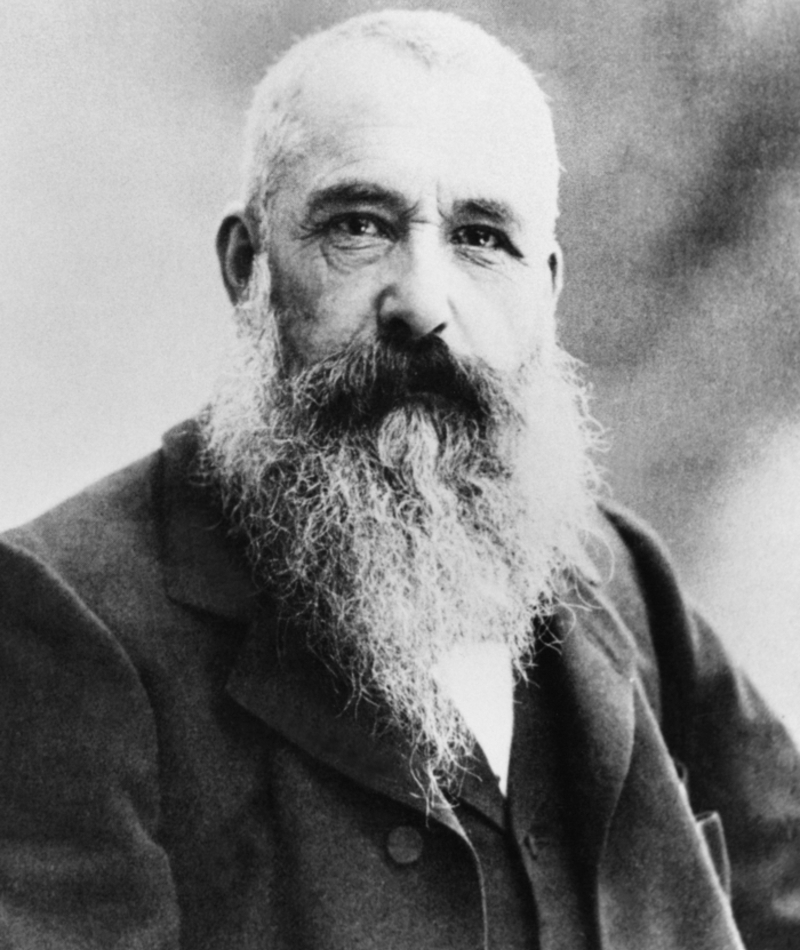
Claude Monet: Pioneer of Impressionism
Claude Monet, the father of the French Impressionism movement, faced criticism for his unconventional style, as depicted in the photograph by Gaspard Felix Nadar/Everett Collection. Painting the world as he saw it, Monet’s ethereal works were initially rejected by the Paris Salon, a group of established Parisian artists.
Despite early setbacks, Monet’s paintings became a tour de force, transforming 19th-century French painting. Today, his masterpieces command exorbitant prices and continue to captivate art enthusiasts worldwide.
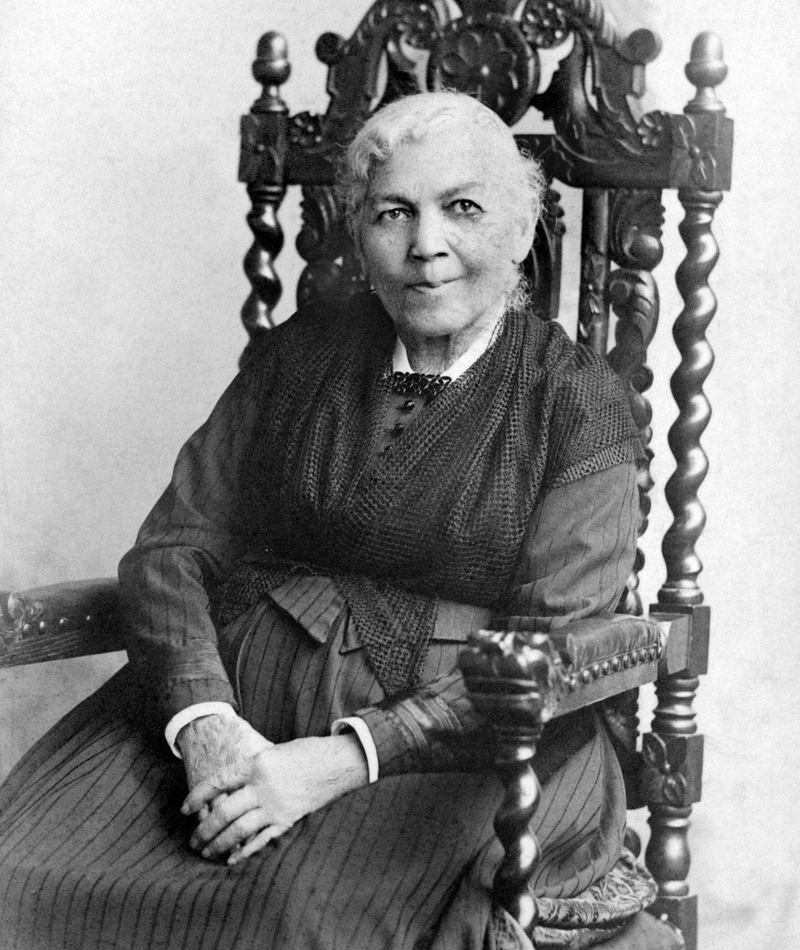
Harriet Jacobs: From Enslavement to Abolitionist
Harriet Jacobs, born into slavery, rose to prominence as an abolitionist and author. The image by IanDagnall Computing reflects the resilience of a woman who escaped slavery in 1842 and worked as a nanny in New York. Jacobs later bought her freedom, wrote an autobiography, and became dedicated to the abolitionist cause until her death in 1897.
Her life journey symbolizes the triumph of freedom over oppression and the enduring spirit of those who fought against slavery.
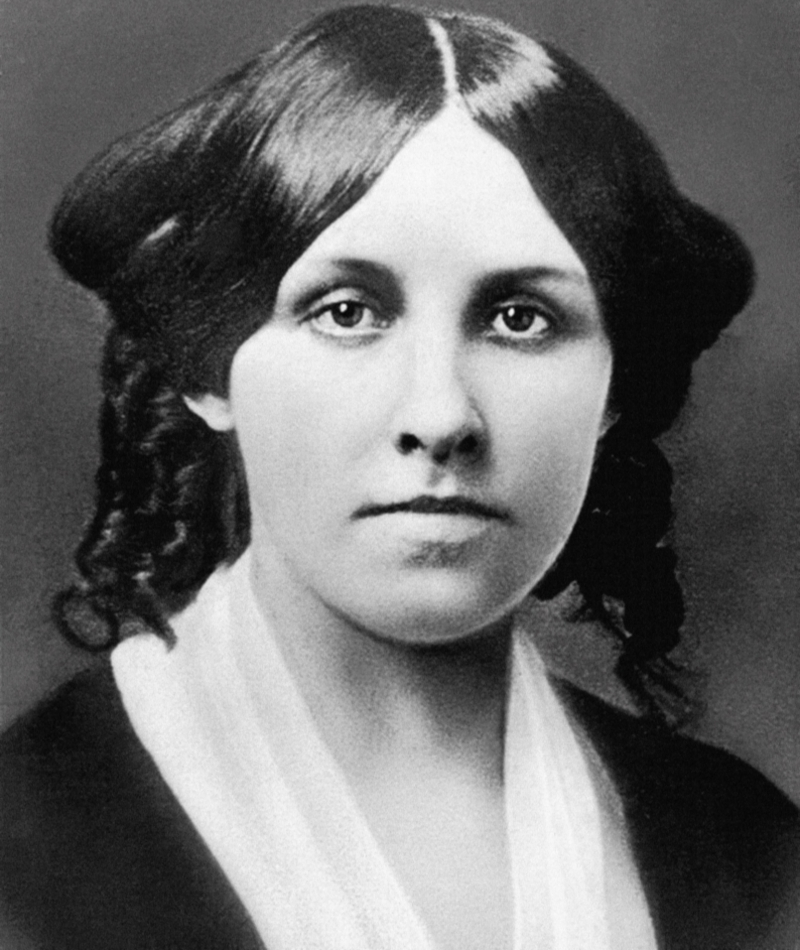
Louisa May Alcott: Author and Advocate
Louisa May Alcott, the author of “Little Women,” led an admirable life as a nurse during the American Civil War and a tireless advocate for women’s suffrage. The photograph by Historical Views/agefotostock captures Alcott’s resilience, as she wrote under a man’s name before achieving fame with “Little Women.”
Alcott’s journey from homeschooling, guided by notable figures like Henry David Thoreau and Ralph Waldo Emerson, to literary success showcases the transformative power of dedication and advocacy for social change.
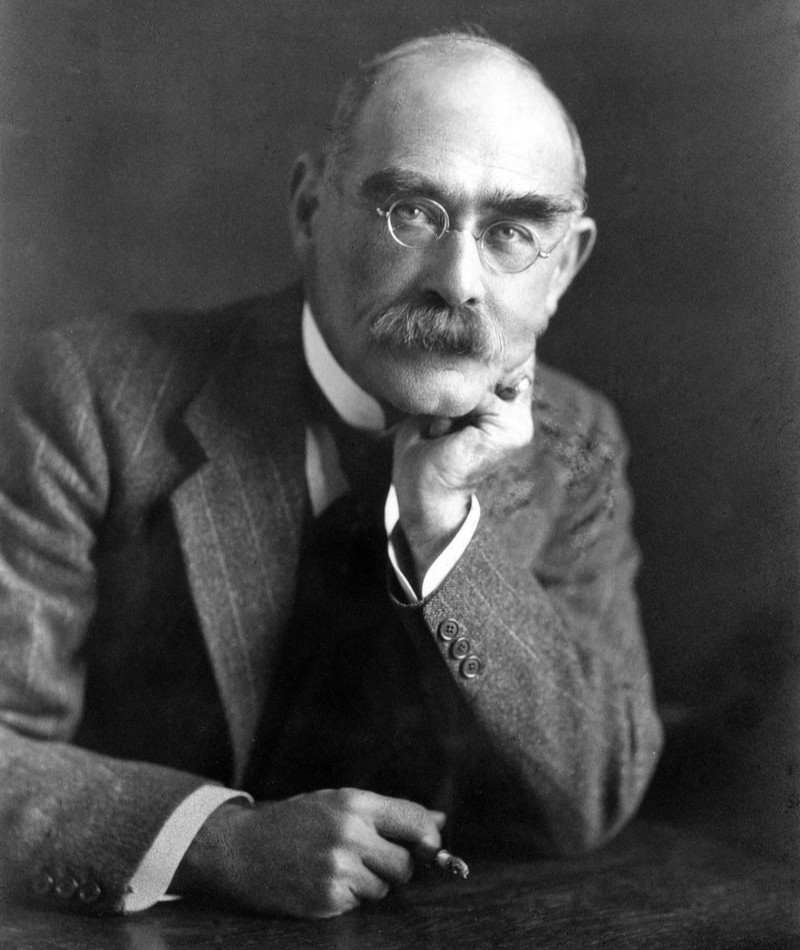
Rudyard Kipling: The Victorian Literary Genius
Born in British India in 1865, Rudyard Kipling became one of the most well-known Victorian writers of his time. Despite hailing from a privileged background, Kipling faced hardships, enduring bullying at school and losing a job at a newspaper. His experiences fueled a passion for writing, and his work as a journalist paved the way for brilliant poetry and prose.
The image by CBW captures Kipling’s essence during a transformative period. Returning to England in 1889, he earned a reputation as a literary genius comparable to Alfred Lord Tennyson. Kipling’s timeless creations, such as “The Jungle Book” and the revered poem “If,” secured him the Nobel Prize in Literature in 1907.
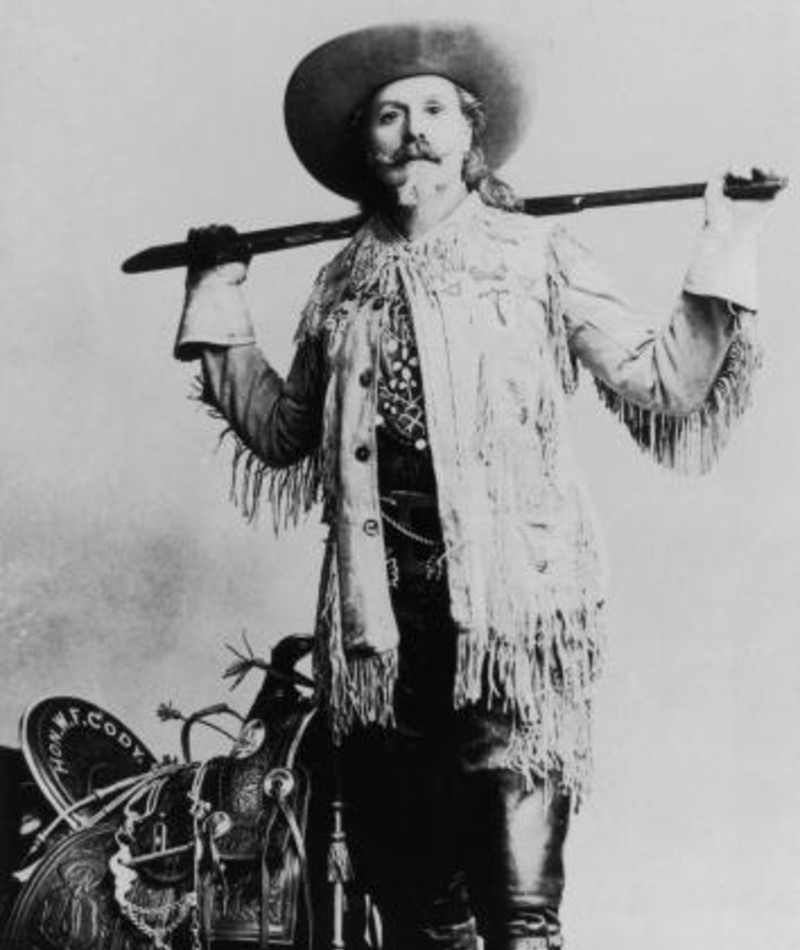
Buffalo Bill: The Wild West Showman
In the year 1900, a rare photograph emerges, capturing the legendary showman William Frederick Cody, known as Buffalo Bill. This iconic image reflects the spirit of adventure that defined Buffalo Bill’s Wild West Show, an enthralling performance showcasing tales of Native Americans and Cowboys. The photograph by Hulton Archive encapsulates the essence of Cody’s impact on the late 19th-century cultural landscape.
Within the frame, Buffalo Bill’s legacy unfolds as he brings the untamed frontier to life on stage. This photograph serves as a testament to the enduring allure of Buffalo Bill and his profound influence on shaping America’s cultural narrative.
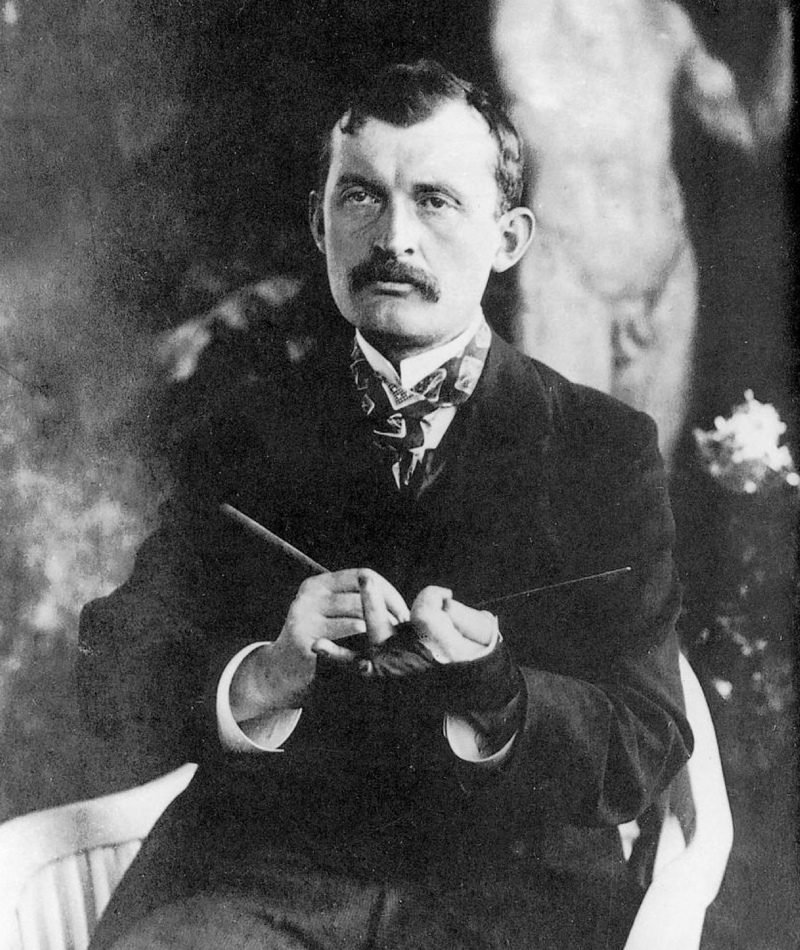
Edvard Munch: The Emotive Artist
Born in Norway in 1863, Edvard Munch, renowned for “The Scream,” faced a childhood marked by illness and bereavement. Influenced by his friend Hans Jæger, Munch embraced a unique painting style, capturing emotions and psychology rather than objective reality. The photograph by GL Archive provides a glimpse into the life of an artist who expressed profound emotional states.
Munch’s iconic painting “The Scream” originated from a moment of overwhelming nature-induced dread. Despite a lifetime of mental struggles, Munch’s impact on the art world endured until his death in 1944, making this image a poignant representation of his unique artistic journey.
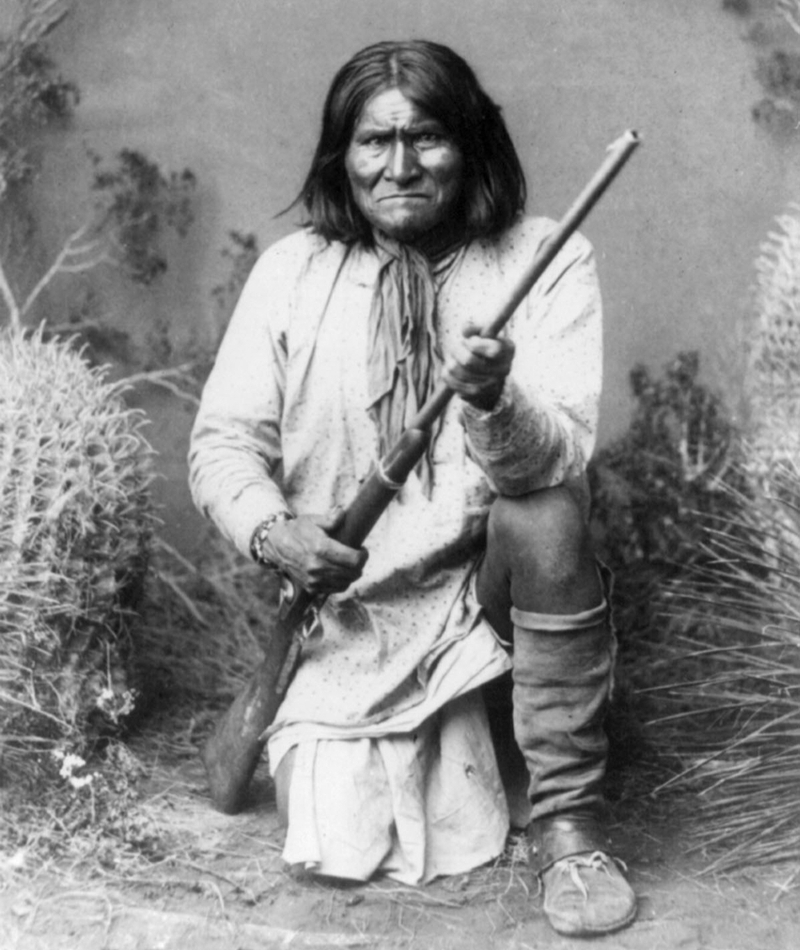
Geronimo: The Fierce Apache Leader
Intriguingly captured in this photograph is Geronimo, the renowned Native American leader whose real name was Goyathlay. The image by GL Archive sheds light on Geronimo’s tragic life, with the loss of his mother, wife, and children at the hands of Mexicans. After the Apache were displaced, Geronimo rose to become a fierce warrior, leading with determination and ferocity.
The photograph stands as a testament to Geronimo’s resilience and his pivotal role in Native American history. It captures the strength and spirit of a chief who faced immense challenges during a tumultuous period.
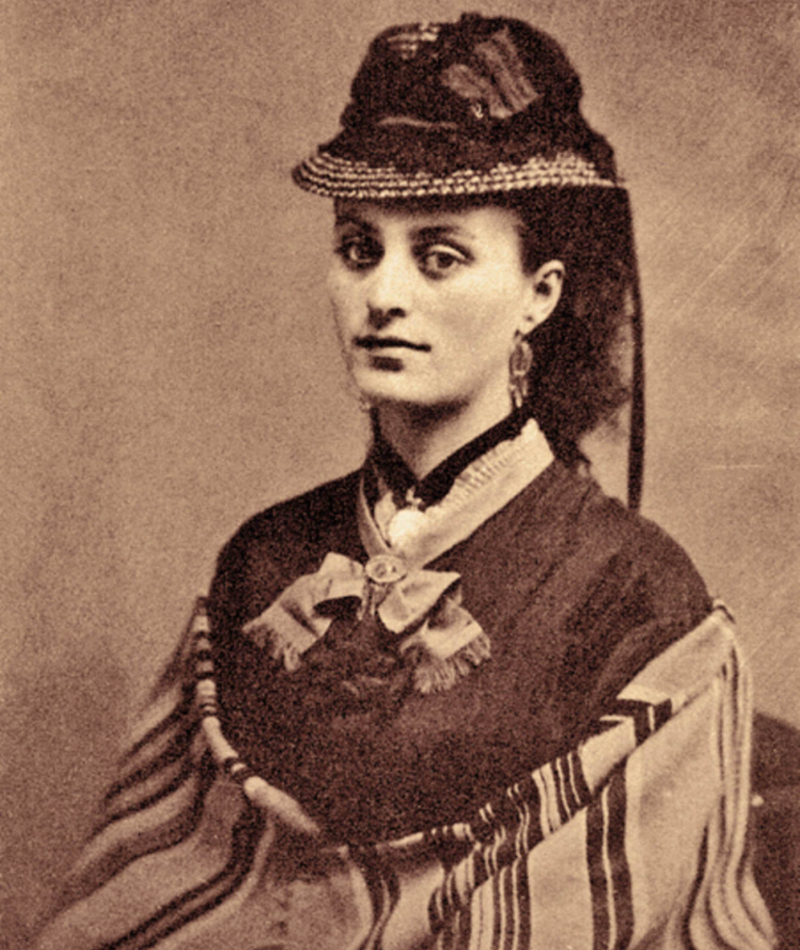
Louisa Earp: Behind the Scenes of the Old West
Beyond the fame of Wyatt Earp, Louisa Earp emerges as a compelling figure in the Old West. The image by FLHC 1C hints at the complexity of their relationship. Although seemingly the perfect couple, Louisa and Morgan Earp’s marriage remained a secret. After a brief time together in Montana, Morgan’s move to Arizona led to a permanent separation, as their anticipated reunion never occurred.
The photograph provides a glimpse into the lesser-known stories of women in the Old West, highlighting the challenges and uncertainties they faced. Louisa’s untold tale adds depth to the narratives of those who lived on the frontier.
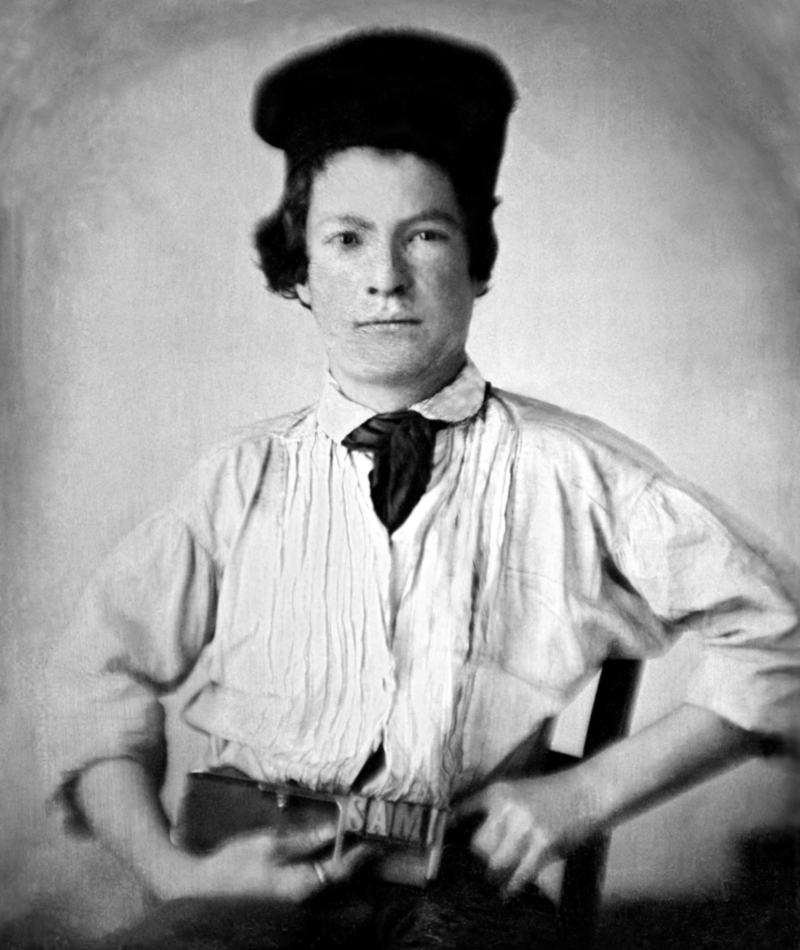
Mark Twain: The Self-Educated Literary Giant
Mark Twain, born Samuel Clemens, defied expectations with his literary brilliance despite receiving only a fifth-grade education. The photograph by Pictorial Press Ltd captures Twain’s journey from a Missouri printer’s apprentice to a celebrated figure in American literature. Seizing his first writing opportunity in 1851, Twain’s voracious quest for knowledge led him to the bustling streets of New York City.
Dedicating countless hours to self-study, Twain frequented public libraries, emerging as the “father of American literature.” His resilience and dedication shine through, making this image a representation of Twain’s transformative literary journey.
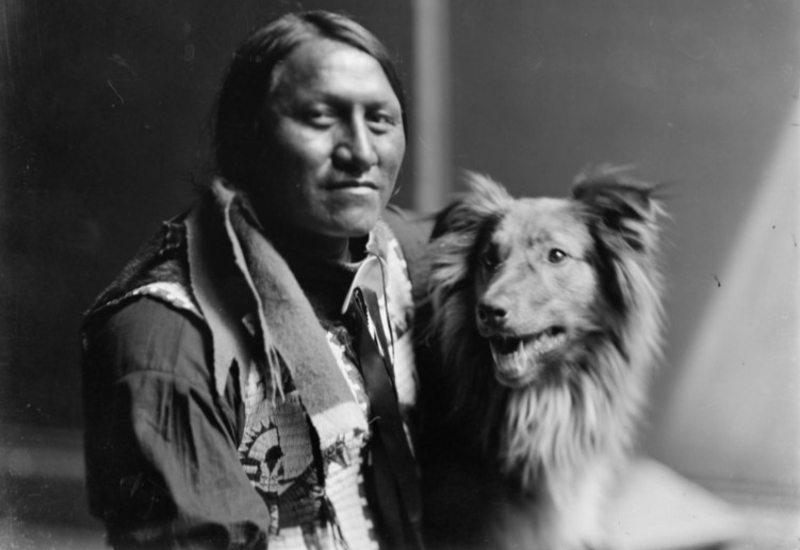
Charging Thunder: The Native American Showman
Intriguingly captured in the picture is Charging Thunder, a Lakota chief who joined Buffalo Bill’s Wild West Show at the age of 26. The image by Zip Lexing tells a tale of romance as Charging Thunder later married one of the American horse trainers in the crew. After the show, he became a British citizen, working as an elephant trainer in Manchester’s Belle Vue Circus before transitioning to factory work and changing his name to George Edward Williams.
Charging Thunder’s unique life journey, highlighted in the photograph, reflects the diverse paths Native Americans took during a time of cultural exchange and entertainment.
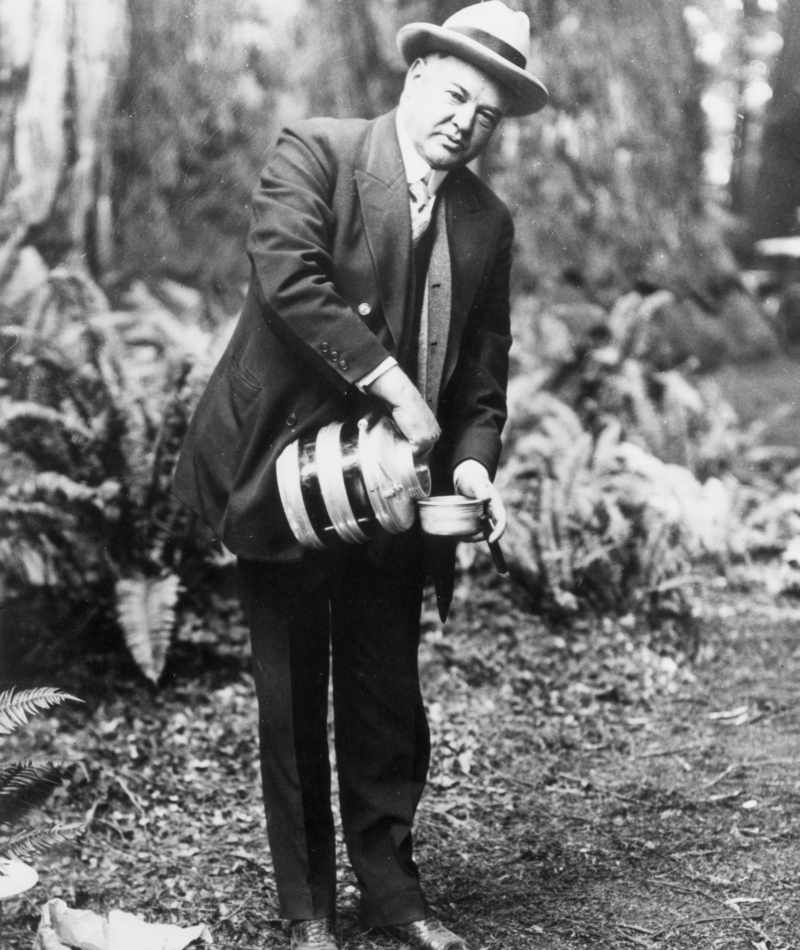
Herbert Hoover: A Leader in Hunger Relief
While Herbert Hoover faced criticism for presiding over the Great Depression, his contributions to hunger relief during and after World War II are often overlooked. The image by American Stock Archive reflects Hoover’s towering presence, standing at five feet, eleven and a half inches. Leveraging his knowledge of Germany, Hoover toured former Axis nations, producing reports on food requirements.
The programs that emerged from these reports fed three and a half million children, showcasing Hoover’s significant humanitarian impact. The photograph stands as a reminder of Hoover’s crucial role in alleviating hunger during a challenging period in history.
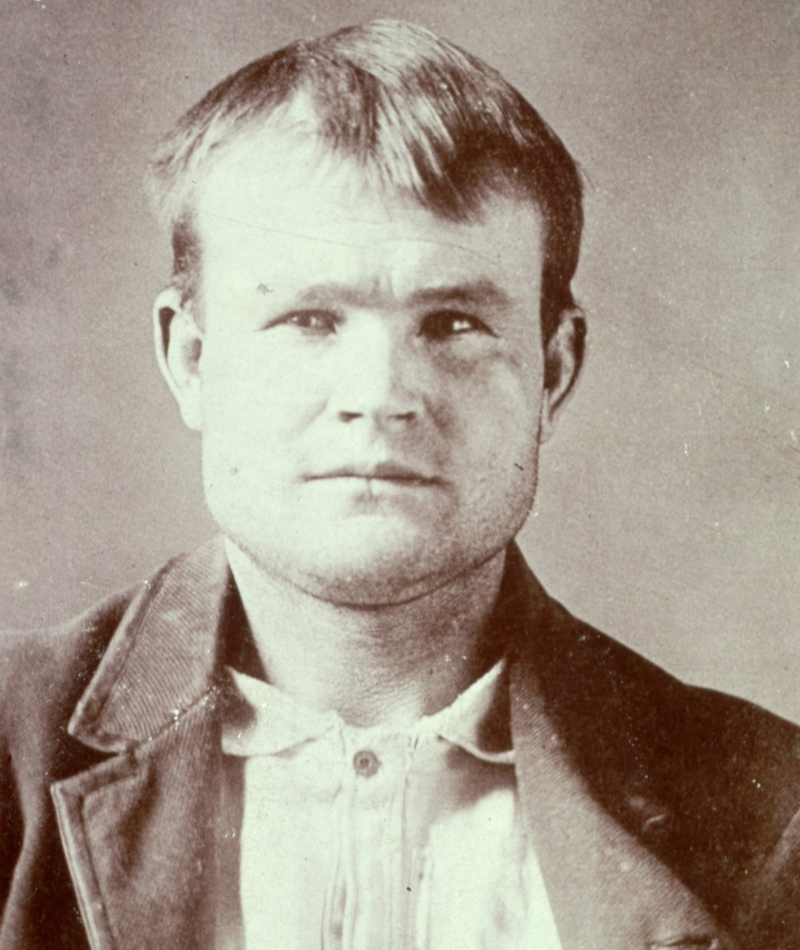
Butch Cassidy: The Notorious Outlaw
In a striking contrast to his later notoriety, the photograph captures a young Butch Cassidy, known as Robert LeRoy Parker, during his early years. The image by Jonathan Blair/Corbis hints at the infamous outlaw’s beginnings, as he briefly worked at a Wyoming butchery, earning the name “Butch.”
Cassidy’s life took a criminal turn, leading to his first arrest after a bank robbery. The photograph serves as a memento from that time, preserving the image of Butch Cassidy before he became a legendary figure in the annals of Old West crime.
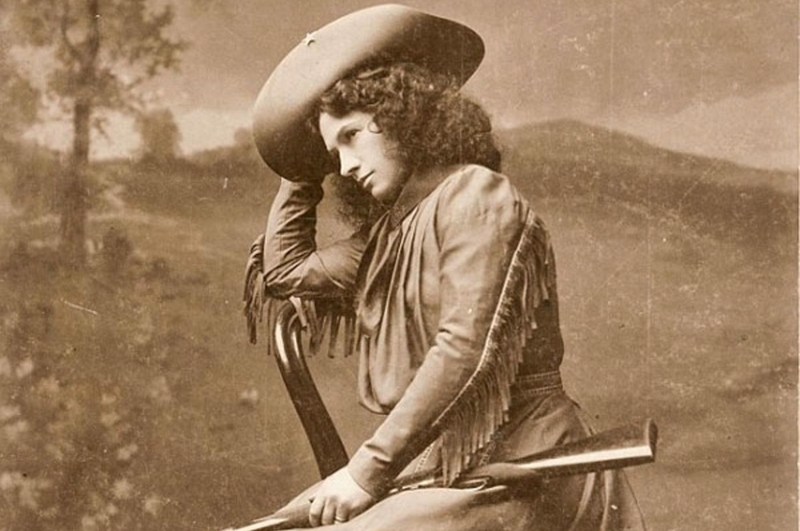
Annie Oakley: The Sharpshooting Sensation
In the Wild West, there was a remarkable shooter who captivated audiences with her incredible skills, and that was Annie Oakley. Born Phoebe Ann Mosey, she rose to fame at just 15 years old due to her exceptional sharpshooting abilities. Growing up in challenging times after her father’s passing, Oakley began hunting, shooting, and trapping by the age of 8 to support her family.
The photograph by History and Art Collection captures the essence of Oakley’s talent. Not only did she gain recognition as a trained shooter, but she also married her former rival and fellow marksman, Frank E. Butler. The couple’s journey led them to join Buffalo Bill’s Wild West Show, turning Annie into an international star. Annie Oakley remains an iconic woman of immense talent, leaving an indelible mark in the Wild West.
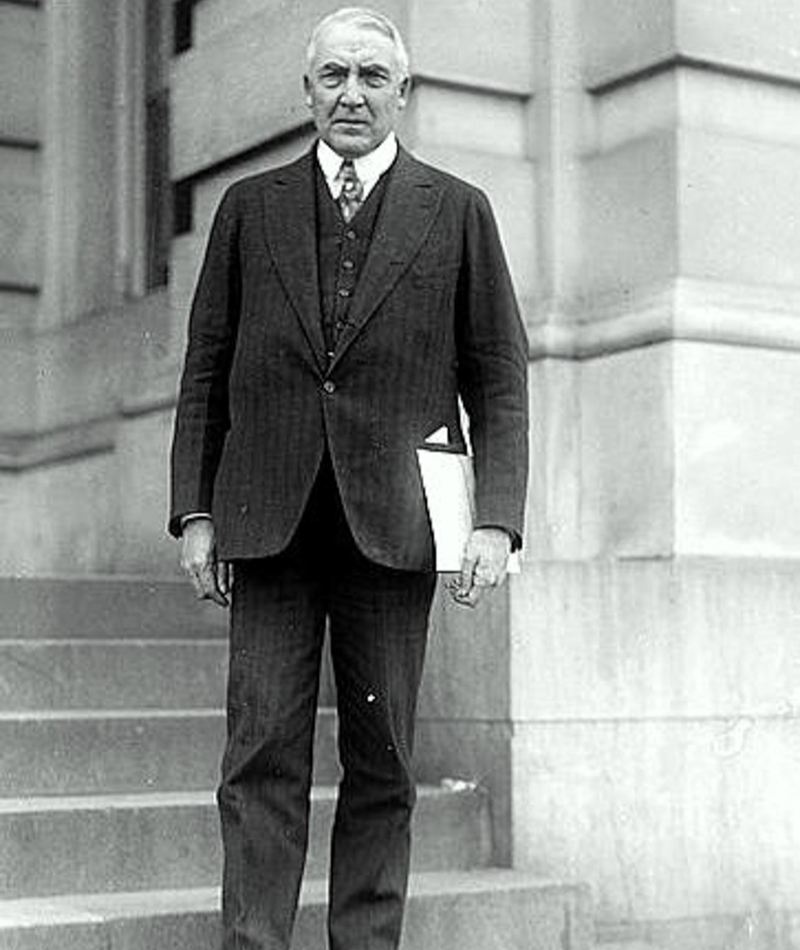
Warren G. Harding: A Brief Presidency and Untimely End
Warren G. Harding, the 29th President of the United States, faced a presidency cut short by tragedy, serving only two years before his untimely death at fifty-seven. The photograph by Archive PL reflects the challenges that plagued Harding’s life and presidency. Struggling with poor dietary choices, excessive smoking, heart problems, and depression, Harding’s health was in constant jeopardy.
His untimely demise resulted from a culmination of factors, including an acute gastrointestinal attack and overwhelming stress, leading to cardiac arrest. Harding’s presidency serves as a somber reminder of the toll that physical and mental health can take, even on the highest office in the land.
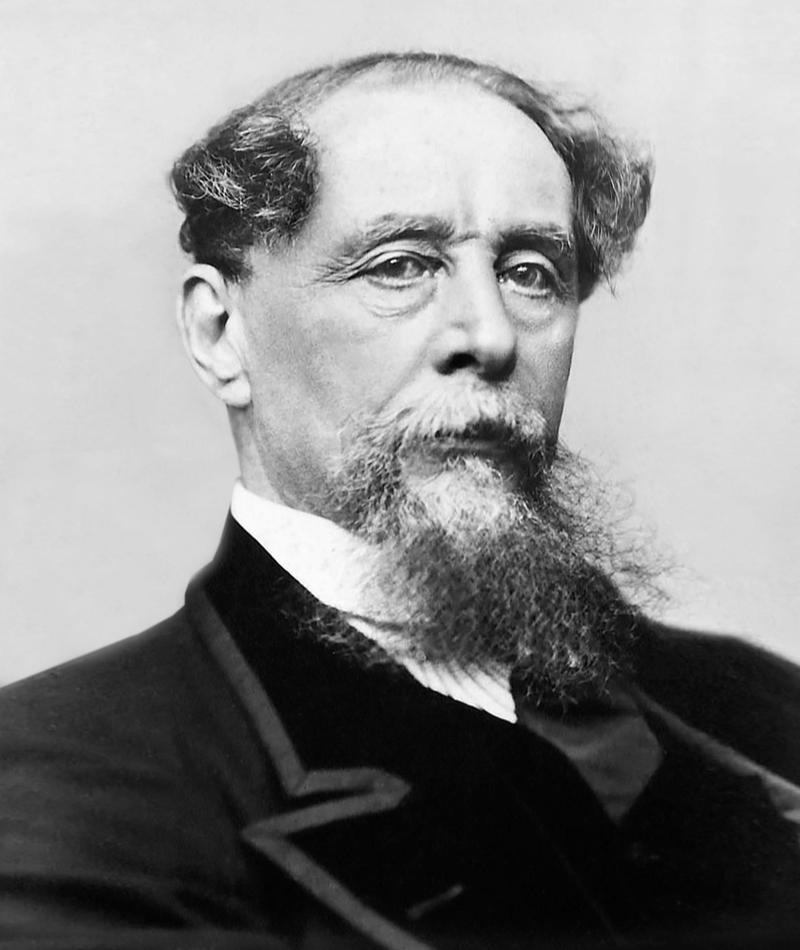
Charles Dickens: A Journey from Hardship to Literary Greatness
Charles Dickens, renowned for timeless classics like “Oliver Twist” and “A Christmas Carol,” faced early challenges on his path to literary greatness. Leaving school at the age of 12 due to his father’s imprisonment over debt, Dickens entered the workforce, toiling in a boot factory and working as a court stenographer and law clerk for arduous 10-hour days.
Captured by IanDagnall Computing, the photograph provides a glimpse into Dickens’ early years. Determined to shape his destiny, Dickens ventured into journalism at 22, paving the way for his first collection of stories in 1836. From these humble beginnings, Dickens’ literary prowess soared, captivating readers worldwide and securing his place as one of history’s most beloved authors.
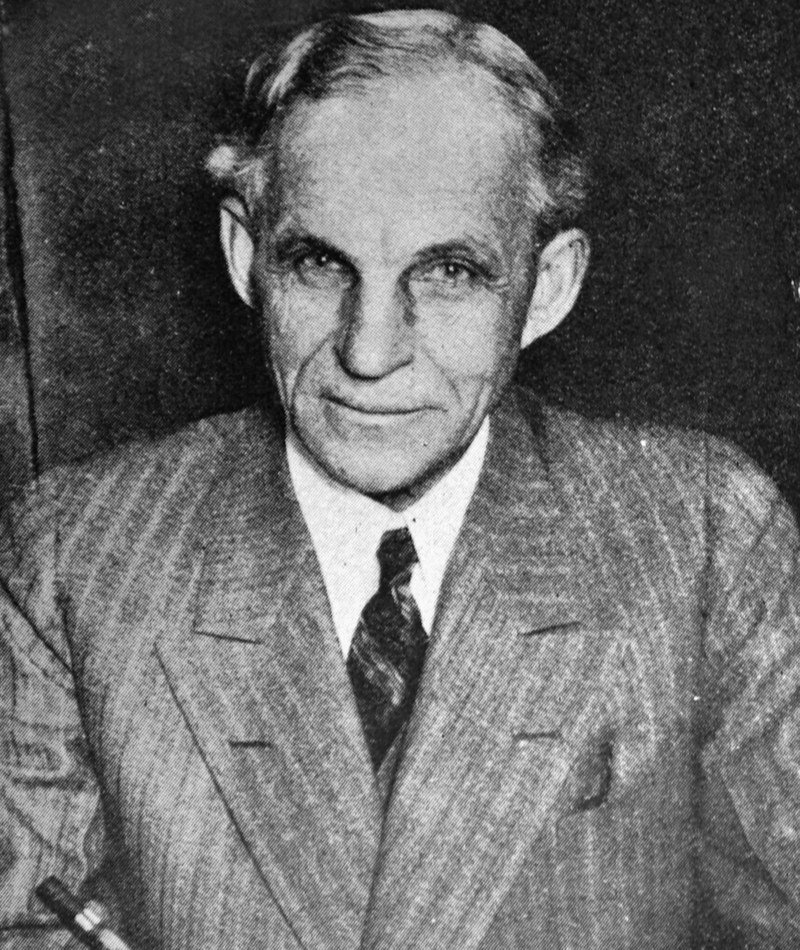
Henry Ford: Turning Failures into Automotive Triumph
Henry Ford, the force behind the Ford Motor Company, experienced frequent failures in his early years. His first big idea, a self-propelled vehicle, came to fruition at age 39 in 1898. Establishing the Detroit Automobile Company in 1899, Ford faced setbacks leading to its closure in 1902.
WorldHistoryArchive captures Ford’s journey. Undeterred, Ford, now 40, found an unconventional backer named Malcomson. This partnership marked the beginning of a spectacular success story. Ford created an affordable car for the average family, revolutionizing the automotive industry and leaving an enduring legacy.
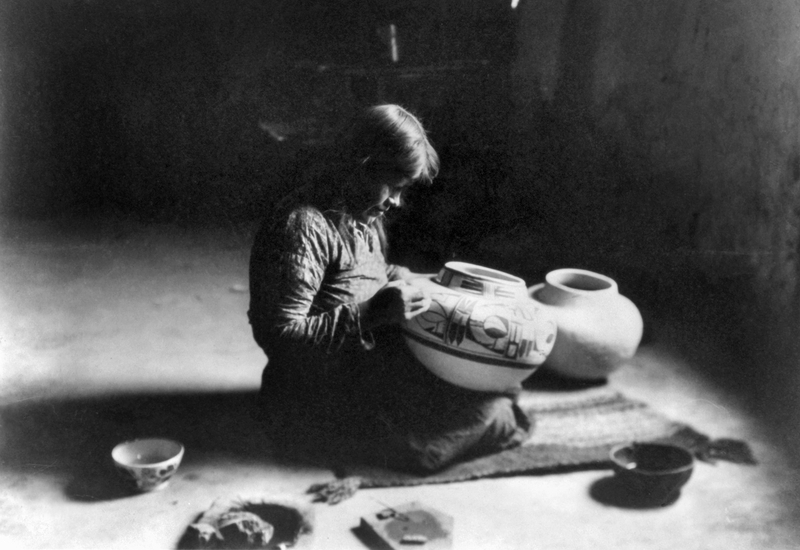
Nampeyo: Pioneering Hopi Artistry
Nampeyo, a celebrated potter from the Hopi Nation in southern Arizona, made significant contributions to Native American art. Known for her exceptional ability to recreate and innovate traditional Hopi pottery styles, Nampeyo pioneered contemporary Hopi artistic pottery. The photograph by Edward Curtis/Granger, NYC./Historical Picture Archive captures Nampeyo’s mastery of traditional pottery techniques.
Nampeyo’s creativity extended to using yucca plant leaves as brushes for painting. Through her artistry, Nampeyo not only preserved the rich cultural heritage of the Hopi people but also pushed the boundaries of artistic expression, leaving an enduring legacy in the world of Native American art.
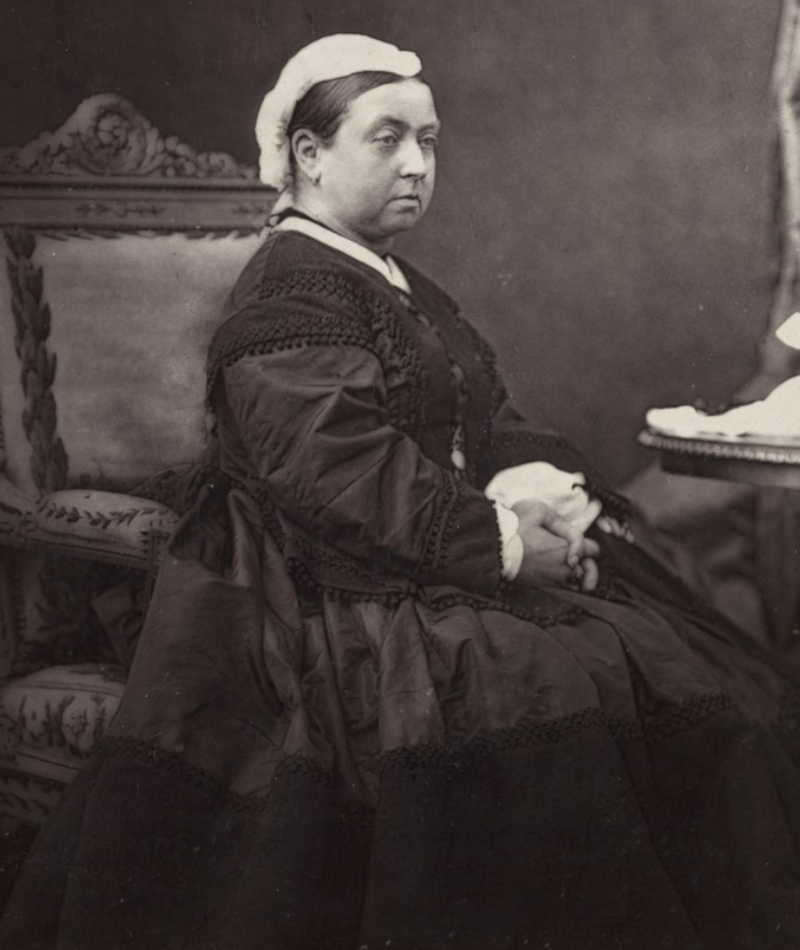
Queen Victoria: The Monarch of Change
Queen Victoria, who reigned from 1837 until 1901, marked the Victorian era, an era of profound change in industrial, political, scientific, and military aspects. Getty Images Photo by The Royal Photographic Society Collection/Victoria and Albert Museum captures Queen Victoria during this transformative period. She holds the record for the longest rule among her predecessors.
Her children, born of her union with Prince Albert, became prominent members of royal families across Europe, earning her the nickname “the grandmother of Europe.” The photograph from circa 1870 reflects Queen Victoria’s influential role in an era that shaped the course of history.
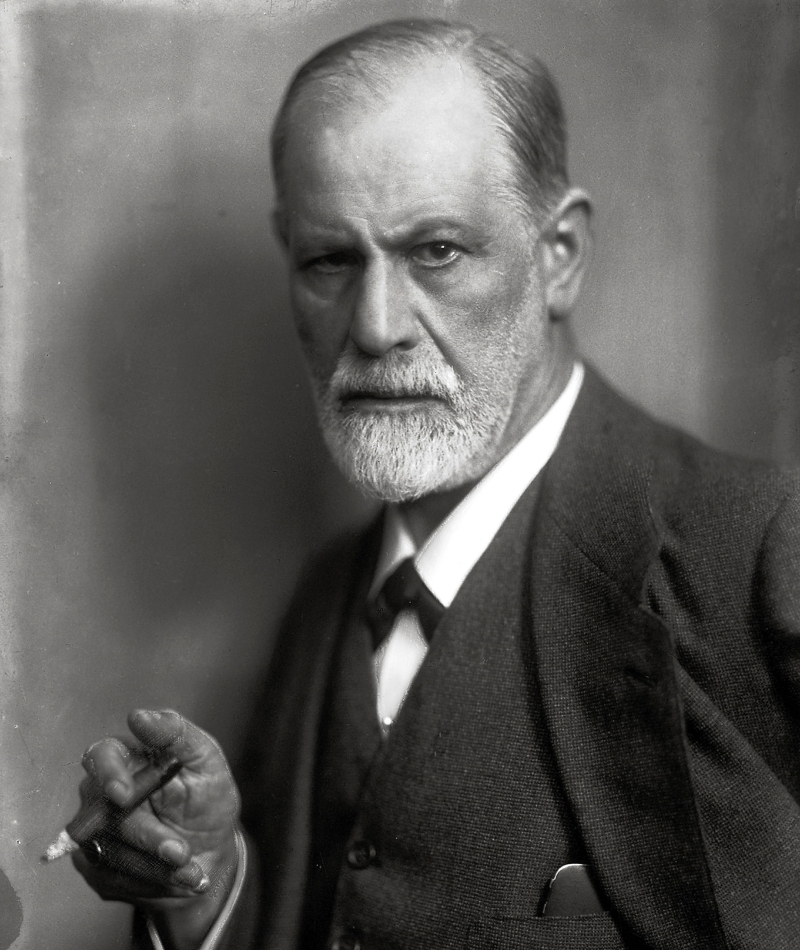
Sigmund Freud: Pioneering Modern Psychology
Sigmund Freud, the father of modern psychology, made significant contributions to understanding the human mind. Living from 1856 to 1939, Freud developed early theories that laid the foundation for modern psychology and psychoanalysis. While some of his ideas have evolved, they were instrumental in early attempts to unravel the complexities of human struggles.
The photograph by Max Halberstadt in 1921 captures Freud’s iconic image, with a neatly trimmed beard, piercing gaze, and a cigar – a symbol of his era. Freud’s work delved into the unconscious mind and laid the groundwork for understanding human behavior. His theories, though debated today, marked a crucial step in the evolution of psychological thought.
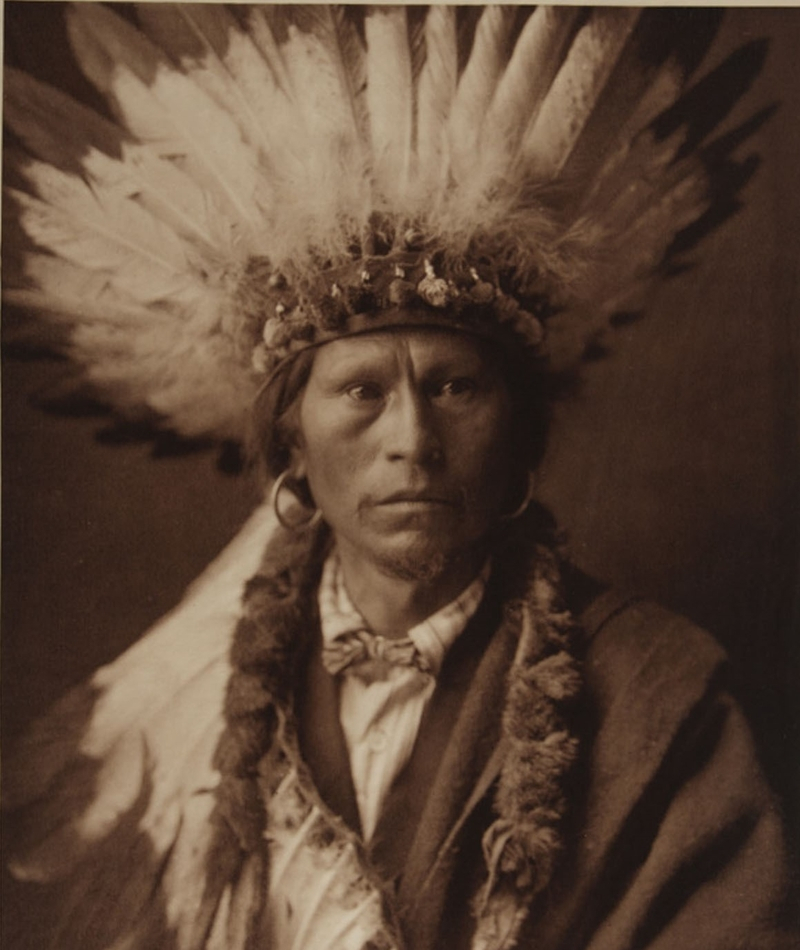
Chief Garfield: A Jicarilla Chieftain’s Transformation
Chief Garfield, a Jicarilla chieftain, is depicted in a somber pose in an image from 1907 by Edward S. Curtis. Adorned in traditional attire, feathers, and large hooped earrings, Chief Garfield reflects the cultural standards of his time. Interestingly, he changed his name to Chief Garfield after receiving recognition from American President James A. Garfield.
The photograph by Bygone Collection captures a moment of cultural transition as Chief Garfield, once adorned in traditional feathers, later adopted full European attire. This transformation signifies the impact of historical events and interactions with the broader American society on Native American individuals like Chief Garfield.
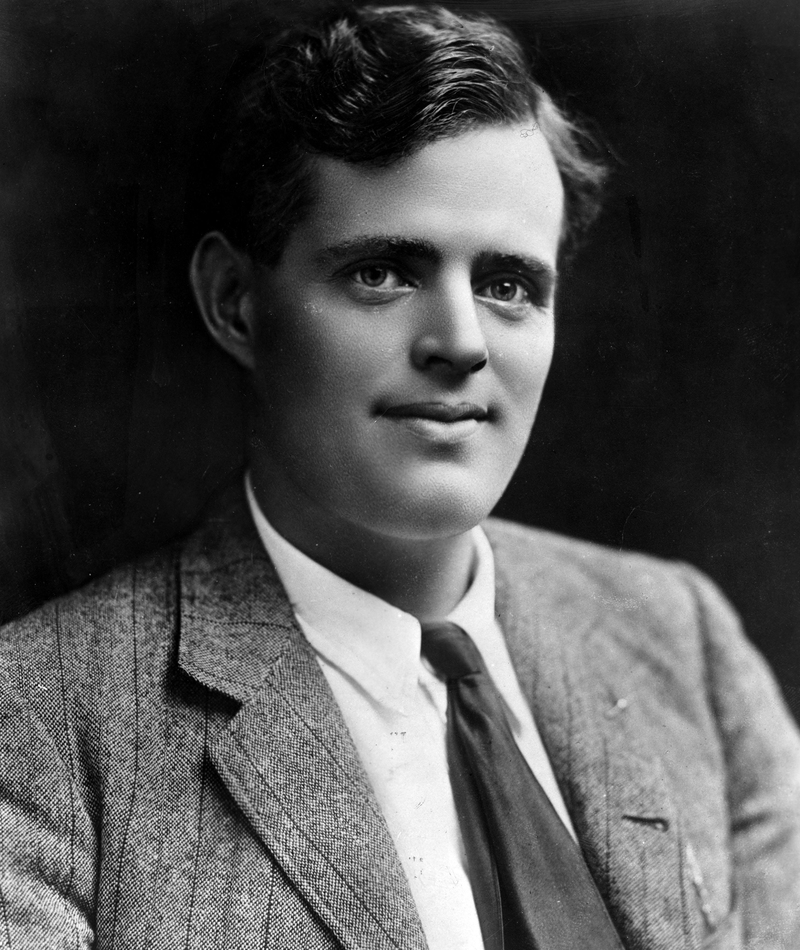
Jack London: Triumph Over Adversity in the Wild West
Jack London, renowned for “The Call of the Wild,” faced a tumultuous upbringing in the Wild West. Raised with an absent father and a mentally unstable mother, London’s journey was marked by hardship. Seeking adventure, he participated in the Klondike gold rush, hoping to establish a writing career later in life.
The photograph by CSU Archives / Everett Collection Historical captures London’s resilience. Despite facing rejection letters and working hard, London published his first story in 1899, leading to the release of his celebrated novel in 1903 at the age of 27. Jack London’s literary contributions endure as tales of triumph over adversity.
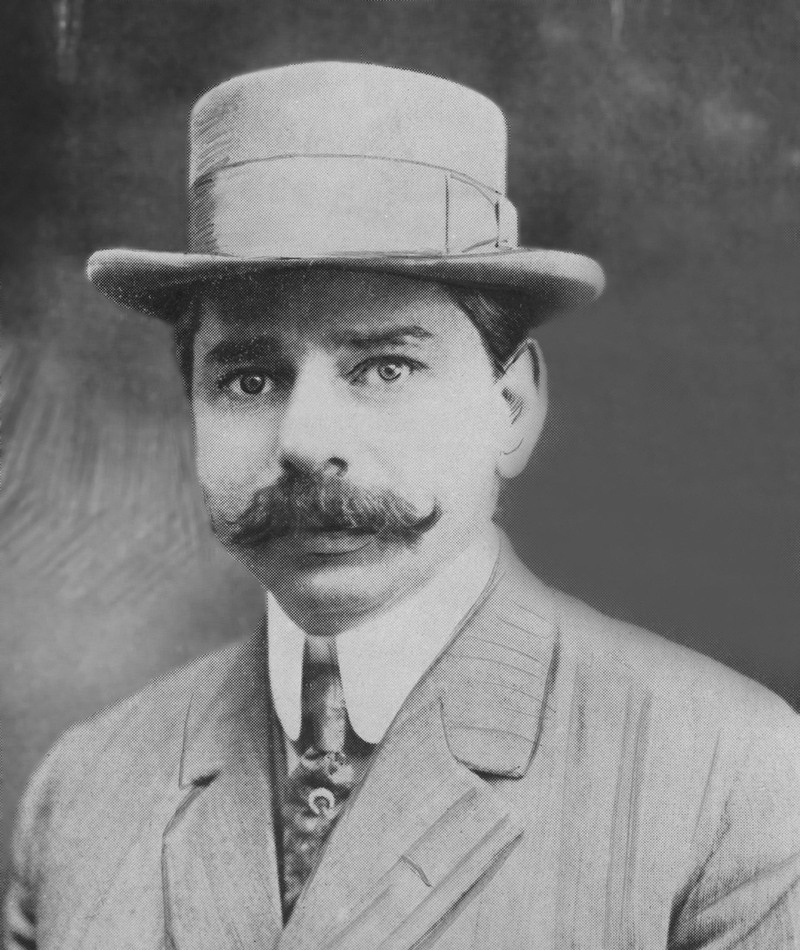
Marcus Loew: Pioneering American Cinema
Marcus Loew, a pioneer in American cinema, founded Loew’s theaters and contributed to the founding of MGM film studio. Born to a poor family in 1870, Loew overcame financial challenges by dropping out of school at a young age to work. The photograph by Courtesy Everett Collection Inc reflects Loew’s early struggles.
After founding his first movie theater in 1904, Loew’s company saw remarkable success, evolving into the AMC Theaters and Cineplexes known today. Loew’s journey from poverty to millionaire status in 1927 is a testament to his entrepreneurial spirit and lasting impact on the American film industry.
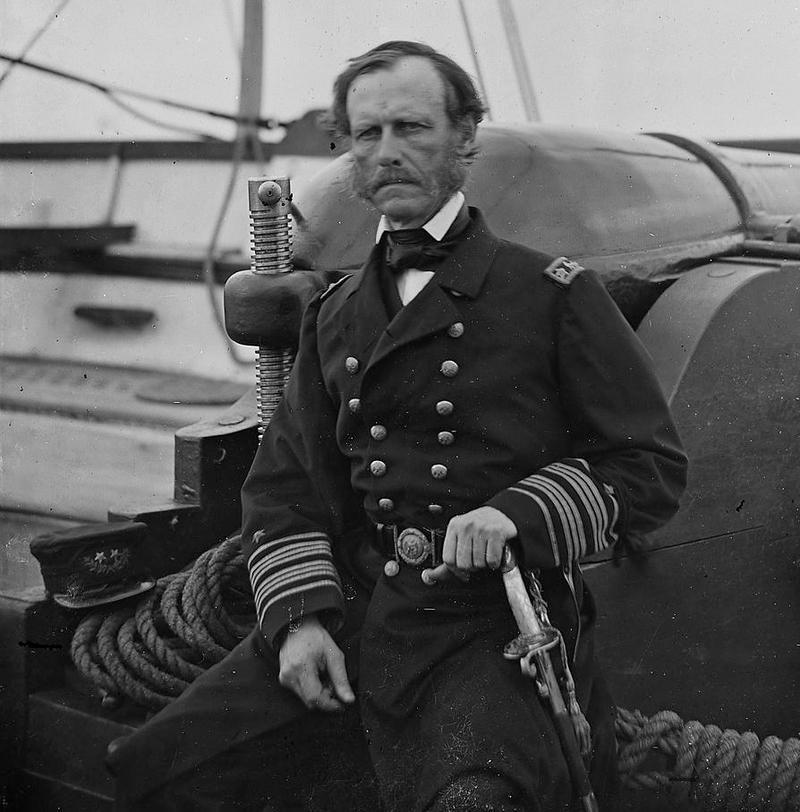
John A. Dahlgren: Father of American Naval Ordnance
Admiral John A. Dahlgren, known as the “father of American naval ordnance,” played a pivotal role in the Union Navy during the Civil War. Dahlgren’s innovative designs, including a smoothbore howitzer and the Dahlgren gun, contributed significantly to the Union’s victory.
The photograph by Matthew Brady/Buyenlarge captures Dahlgren’s legacy. His weapons were adaptable and enhanced the Navy’s capabilities, showcasing his strategic contributions during a critical period in American history. Dahlgren’s advancements became standard armaments, solidifying his place as a key figure in naval history.
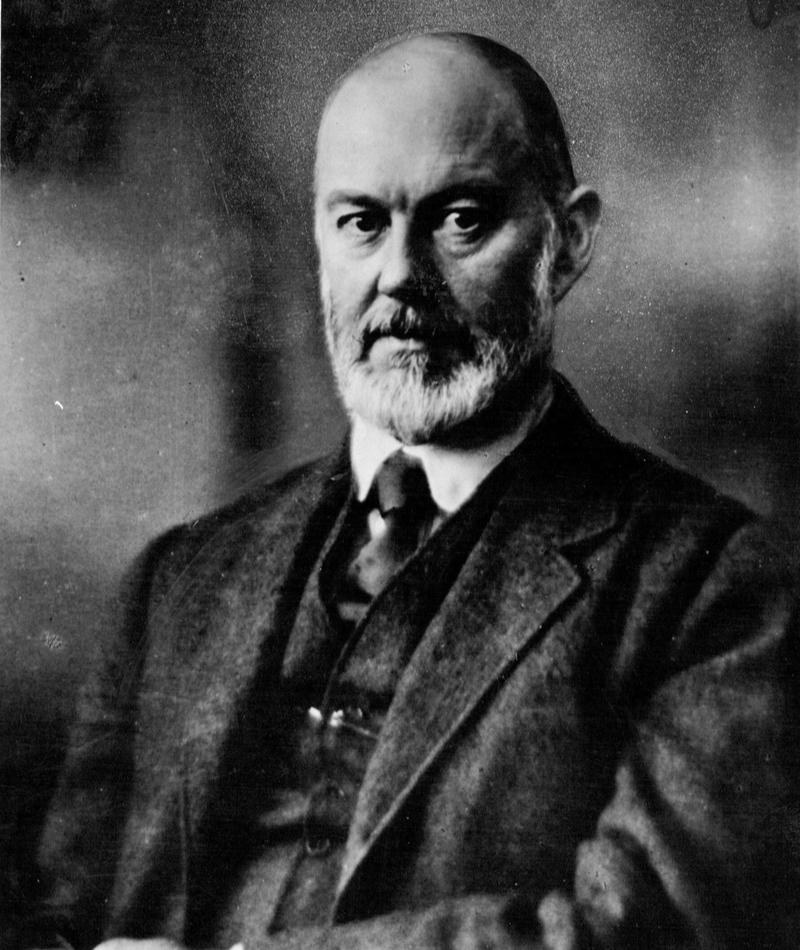
Frederick Henry Royce: From Humble Beginnings to Rolls-Royce Legacy
Frederick Henry Royce, co-founder of Rolls-Royce, rose from humble beginnings to create one of the world’s most prestigious automobile brands. Born in 1863, Royce faced early challenges and had to quit school at a young age to support his family by selling newspapers.
The photograph by Sydney Morning Herald/SuperStock reflects Royce’s determination. Despite lacking formal education, Royce’s brilliant and creative mind led to his success as a multimillionaire car and airplane engineer. In 1906, he co-founded Rolls-Royce, leaving an indelible mark on the automotive industry.
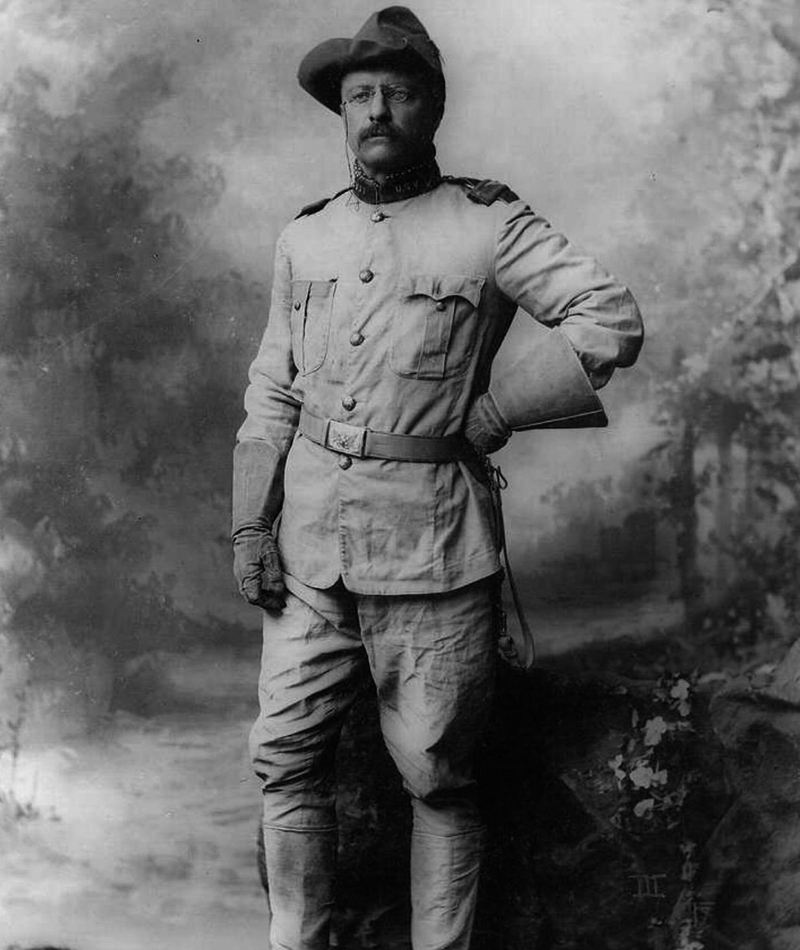
Theodore Roosevelt: Progressive Leader of the People
Theodore Roosevelt, a charismatic and progressive leader, embodied the spirit of the Progressive Era. His presidency, characterized by trust-busting, environmental conservation, and social reforms, left an enduring impact. The photograph by Photo12/Universal Images Group captures Roosevelt’s larger-than-life personality.
Roosevelt’s advocacy for workers’ rights, consumer protection, and a “Square Deal” reflected his commitment to social change. Expanding the power of the presidency, Roosevelt asserted American influence globally. His charisma and passion resonated with the American people, earning him a place among the most beloved and impactful presidents in history.
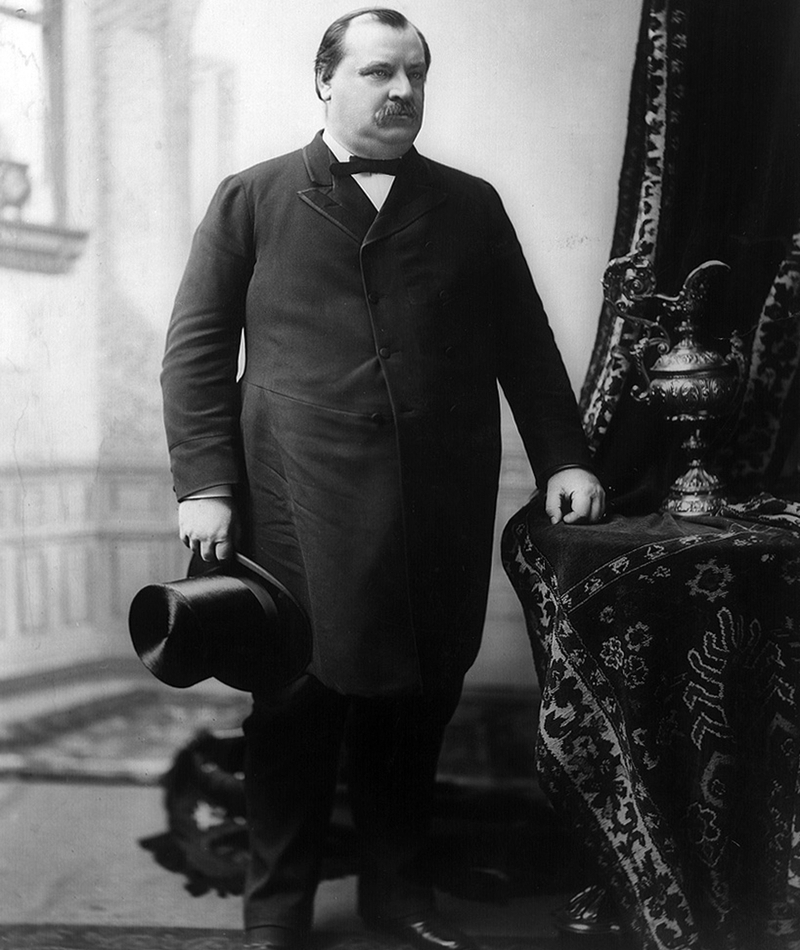
Grover Cleveland: A Legacy of Honesty and Fiscal Conservatism
Grover Cleveland, the 22nd and 24th President of the United States, left a lasting impact on American politics with his commitment to honesty, integrity, and fiscal conservatism. Known as the “Veto President” for his dedication to fiscal responsibility, Cleveland navigated economic challenges during the Panic of 1893. His principles of limited government continue to inspire leaders today.
The photograph by Photo Researchers/Science History Images captures Cleveland’s enduring influence. His non-consecutive terms highlight his unique place in history, emphasizing his dedication to the principles of good governance and responsible leadership. Cleveland’s legacy remains relevant in discussions about effective governance and fiscal prudence.
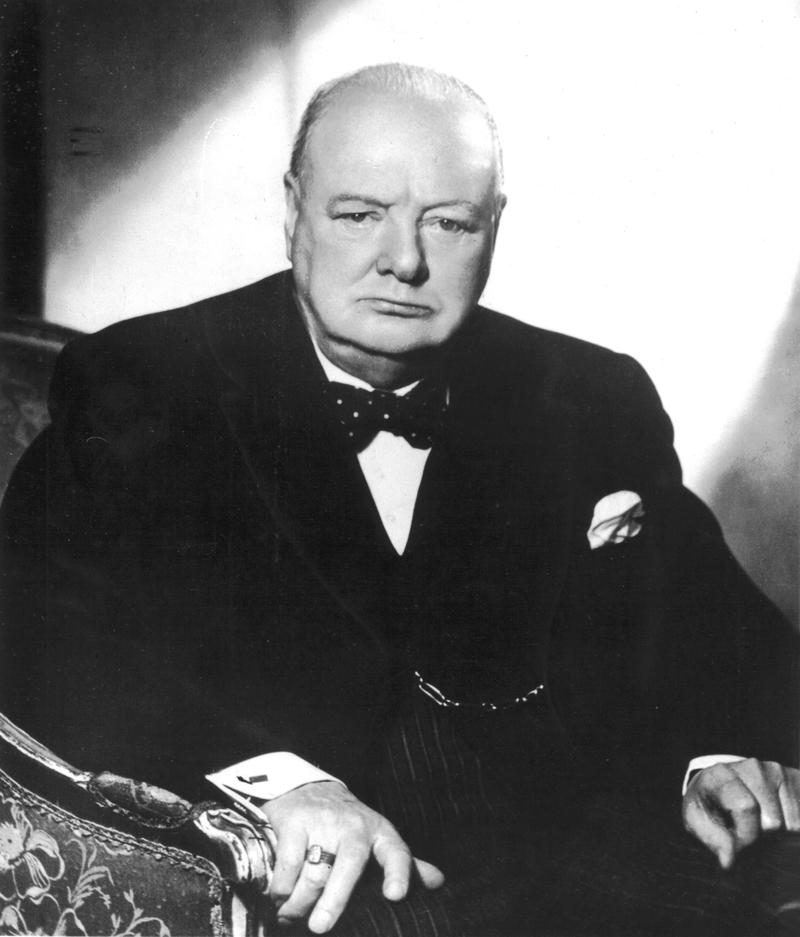
Winston Churchill: From Setbacks to World Leadership
Winston Churchill, a towering figure in the UK’s history, led Britain to victory in World War II and contributed to post-war peace. Despite initial political setbacks, including electoral losses and personal struggles such as clinical depression and speech impediments, Churchill persevered to become a statesman of the 20th century.
The photograph by Photo12/Archives Snark captures Churchill’s resilience. His famous quotes and steadfast leadership during trying times showcase his courage and determination. Churchill’s journey from political challenges to international acclaim serves as a source of inspiration for those facing adversity.
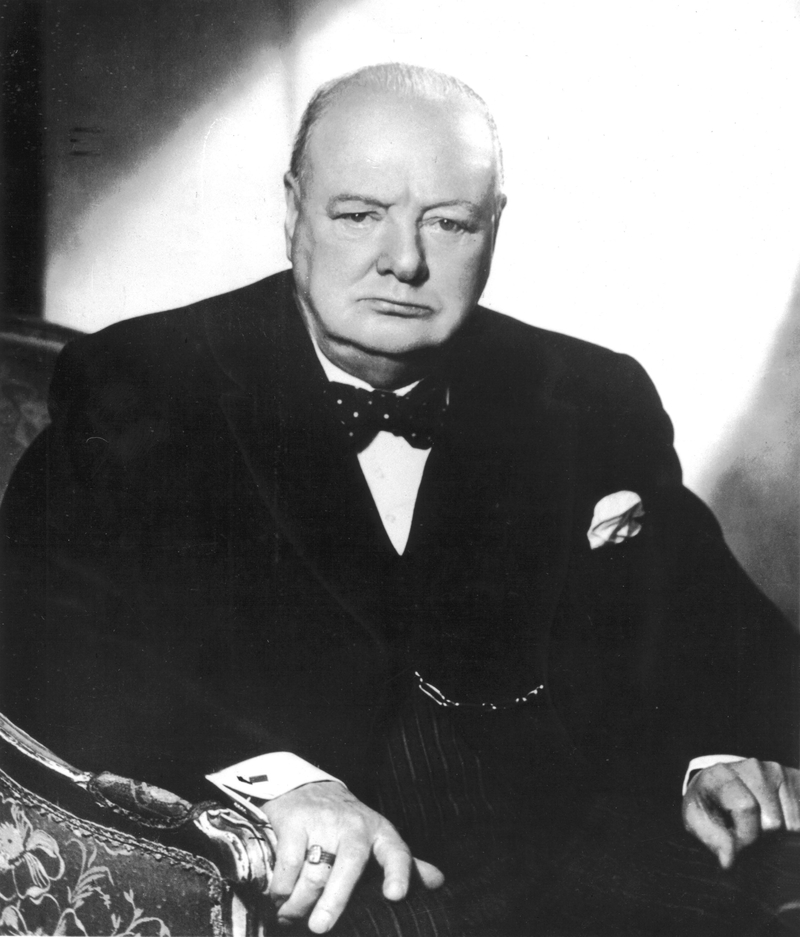
Ernest Hemingway: A Literary Adventurer’s Impact
Ernest Hemingway, a Nobel Prize-winning writer, left an indelible mark on American literature. Known for his simple yet impactful writing style, Hemingway explored themes of love, war, travel, and loss in the 20th century. The photograph from 1959 by Courtesy CSU Archives/Everett Collection Historical reflects Hemingway’s rugged image and the era in which he thrived.
Hemingway’s influence on literature extends beyond his Nobel Prize recognition. His novels, characterized by straightforward prose, resonate with readers worldwide. Despite his complexities as a person, Hemingway’s literary contributions continue to be celebrated and studied.
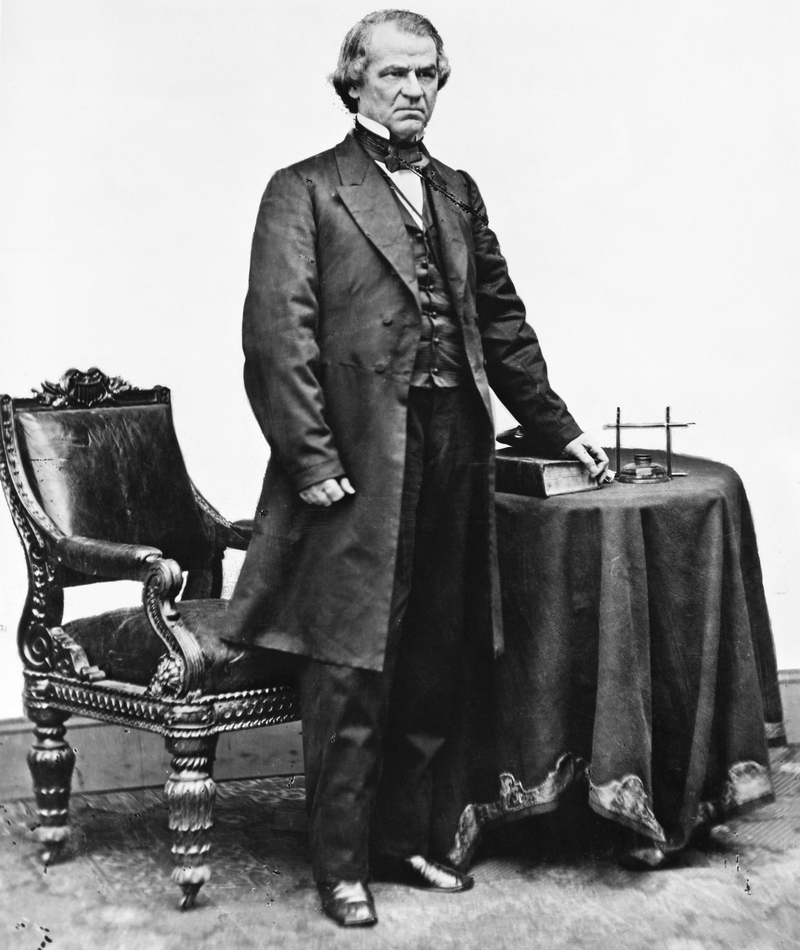
Andrew Johnson: Navigating Reconstruction Challenges
Andrew Johnson assumed the presidency during a pivotal period in American history, overseeing Reconstruction after the Civil War. Faced with the challenges of healing a divided nation, Johnson’s lenient approach towards the Southern states clashed with Radical Republicans, leading to an impeachment trial in 1868.
The photograph by Mathew Brady/Granger, NYC./Historical Picture Archive captures Johnson’s controversial presidency. Despite political strife, Johnson made notable strides in the path to healing and unity. His legacy remains complex, with ongoing debates about his impact on post-Civil War reconstruction and the nation’s history.
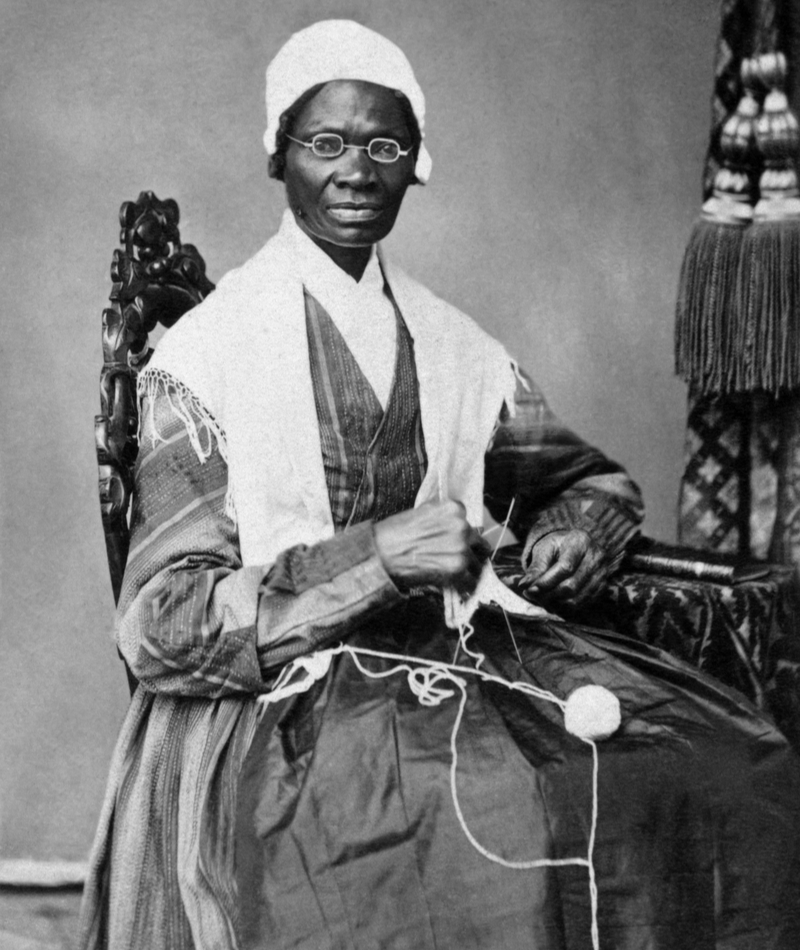
Sojourner Truth: A Trailblazer for Abolition and Civil Rights
Sojourner Truth, born as Isabella Baumfree, emerged as one of the most prominent abolitionists and civil rights activists of her time. Born into slavery, she managed to escape with her infant daughter, later winning a groundbreaking court case to recover her son in 1828.
The photograph by Vernon Lewis Gallery/Stocktrek Image Inc. commemorates Truth’s resilience. Her significance in American history is underscored by her inclusion in “Smithsonian” magazine’s list of the one hundred most significant Americans of all time. Sojourner Truth’s story serves as an inspirational testament to the pursuit of justice and freedom.
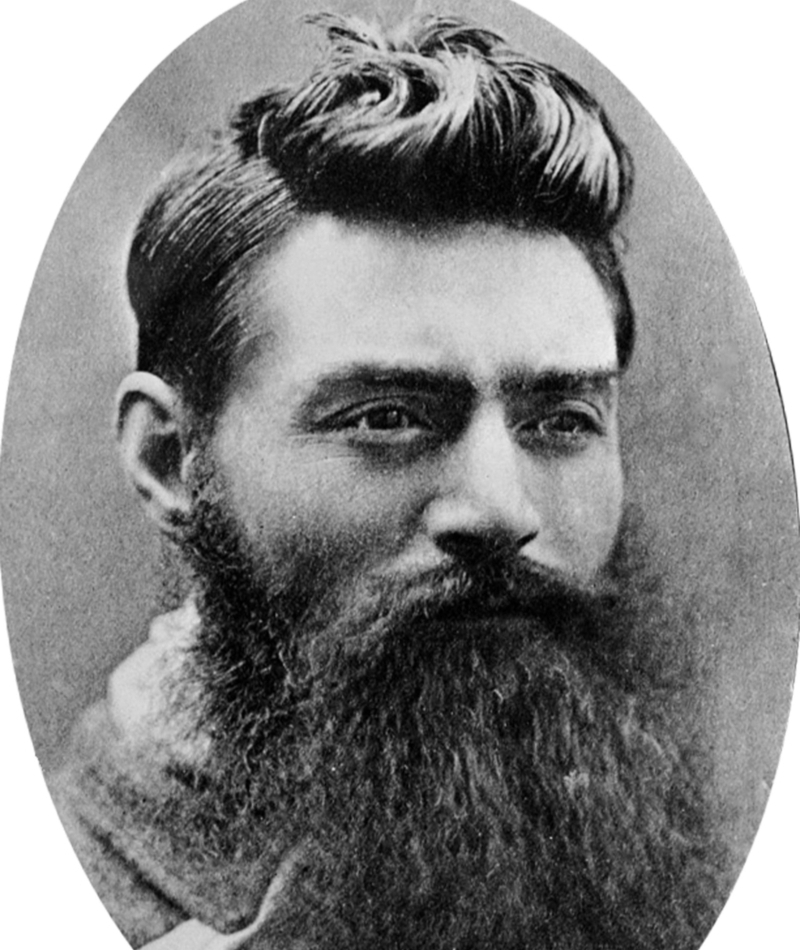
Ned Kelly: Australia’s Real-Life Outlaw
Ned Kelly, the infamous Australian bushranger, achieved legendary status as a real-life Australian Robin Hood. The photograph by Pictorial Press Ltd captures Kelly’s iconic image, known for wearing a bulletproof armor during his final shootout with the police.
Kelly’s life as a bushranger, harassing the aristocracy and eluding authorities in the vast Australian landscape, contributed to his lasting legacy. The image reflects the mystique surrounding Ned Kelly, whose story has been immortalized in various films, including a 2003 production starring Heath Ledger.
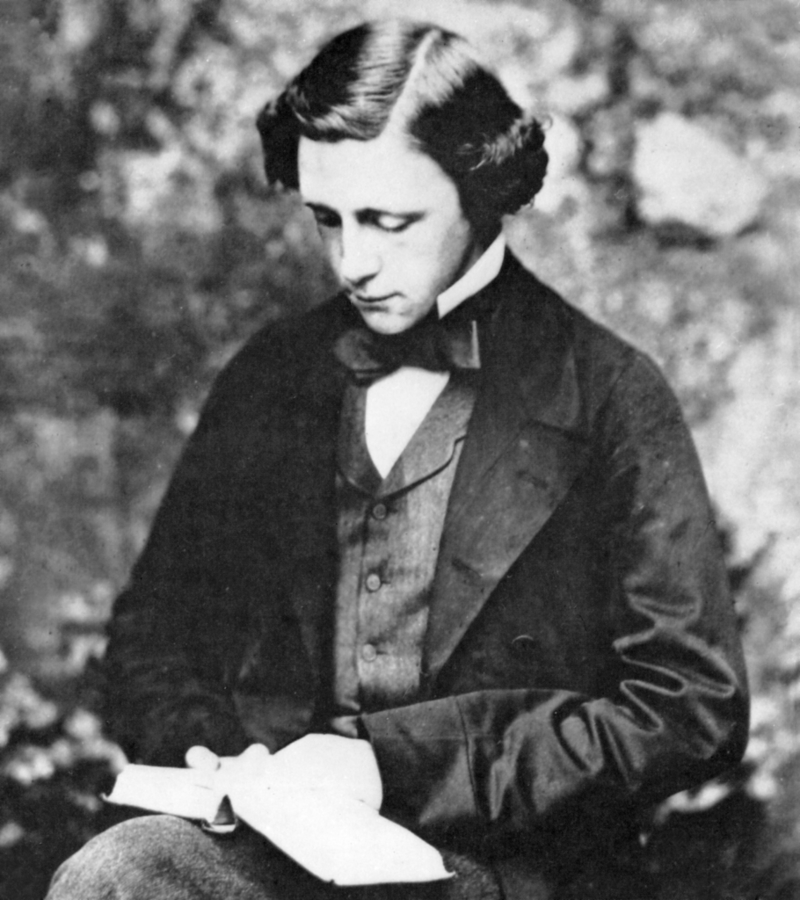
Lewis Carroll: Whimsical Storyteller and Mathematical Mind
Lewis Carroll, the pen name of Charles Lutwidge Dodgson, left an enduring legacy as a whimsical storyteller and mathematician. Best known for “Alice’s Adventures in Wonderland,” Carroll’s imaginative storytelling captivated readers of all ages. The photograph by Pictorial Press Ltd captures Carroll’s creative genius.
Carroll’s contributions to mathematics, particularly in symbolic logic, complement his literary achievements. His playful approach to storytelling, featuring iconic characters like Alice and the Mad Hatter, continues to inspire readers and scholars. Carroll’s ability to blend fantasy, logic, and wordplay solidifies his place as a master of literary nonsense.
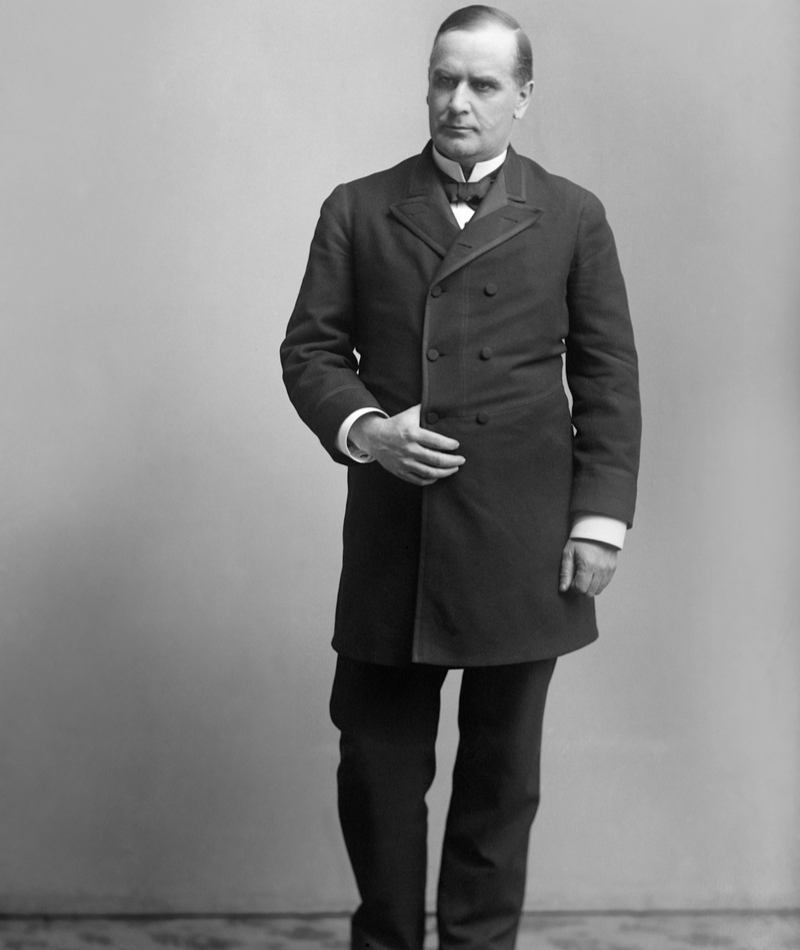
William McKinley: Visionary Leadership in Challenging Times
William McKinley, known for his vision of economic prosperity and international expansion, made significant strides during his presidency. Implementing protective tariffs and overseeing economic growth, McKinley elevated the United States to a global power. The photograph by Glasshouse Vintage/Universal History Archive/Universal Images/Education Images captures McKinley’s role in shaping the nation’s direction.
Despite his assassination in 1901, McKinley’s impact on American politics and its international influence endures. His policies set the groundwork for the 20th-century American empire, making him a pivotal figure in the nation’s history.
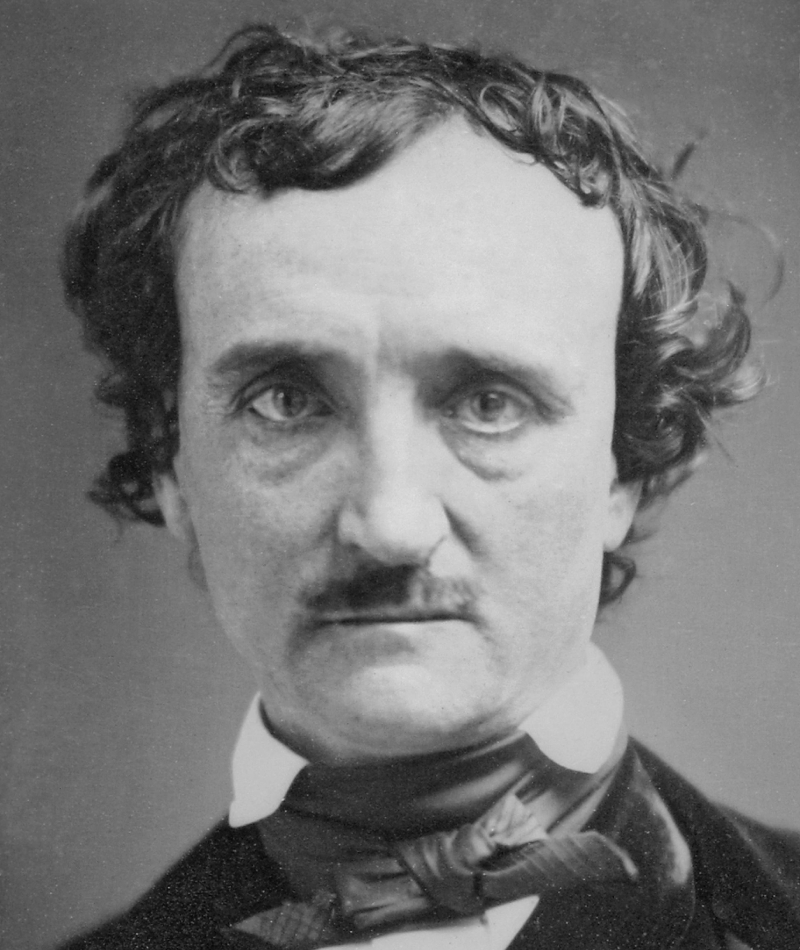
Edgar Allan Poe: Master of Dark and Imaginative Tales
Edgar Allan Poe, a literary pioneer, significantly influenced American literature with his dark and imaginative tales. Best known for “The Raven” and contributions to the detective genre, Poe’s impact extends to science fiction and Romanticism. The photograph by GL Archive reflects Poe’s legendary status.
Poe’s role in popularizing the short story format and his mastery of macabre storytelling continue to resonate. Born in 1809 and passing away in 1849 under mysterious circumstances, Poe’s short yet prolific career left an enduring legacy, shaping the trajectory of American literature.
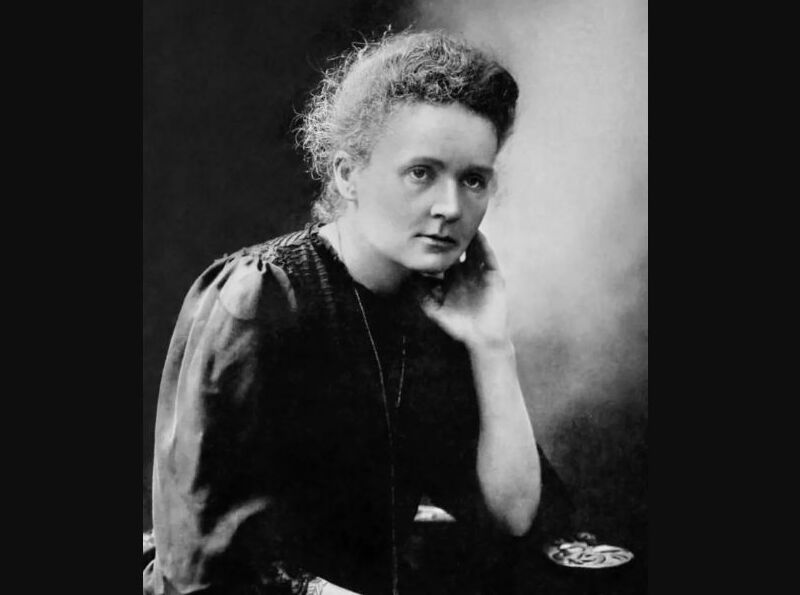
Marie Curie: Trailblazing Nobel Prize Winner
Marie Curie, a trailblazing scientist, made history as the first woman to win a Nobel Prize and the first person to win in multiple sciences (Chemistry and Physics). The photograph by IanDagnall Computing captures Curie’s dedication to science.
Curie’s groundbreaking work with radioactive materials propelled her to international acclaim. Despite facing challenges and health issues due to her research, Curie’s legacy as a Nobel laureate and pioneer in the fields of science and gender equality endures. Her contributions have paved the way for future generations of scientists.
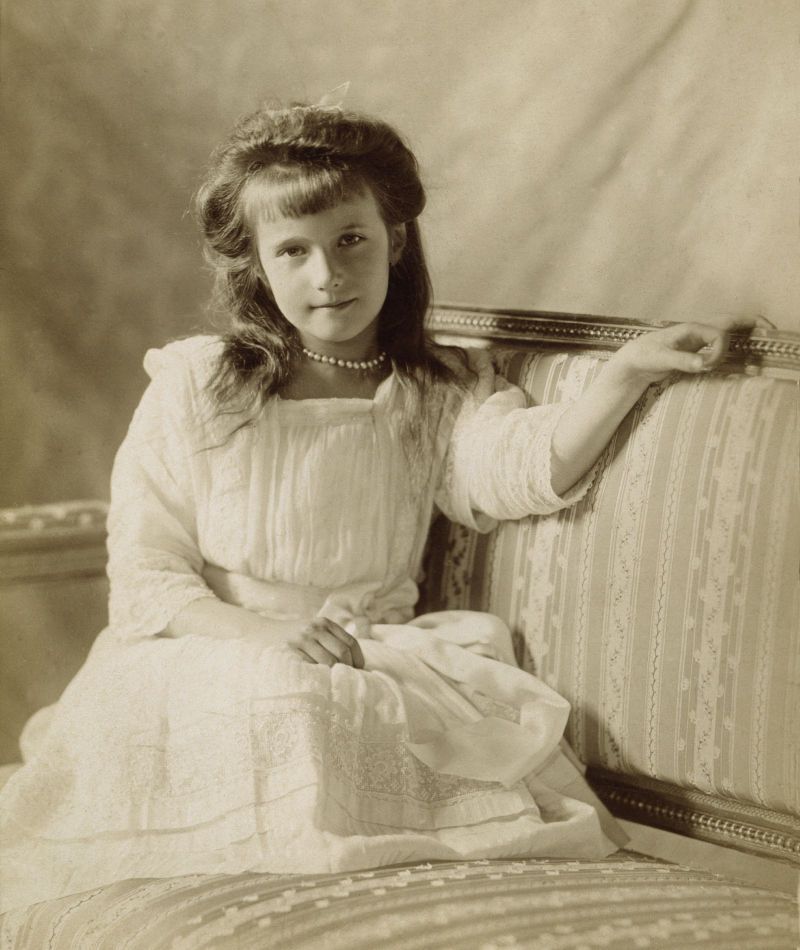
Grand Duchess Anastasia: A Short Life with a Lasting Impact
Grand Duchess Anastasia, the youngest daughter of Tsar Nicholas II and Alexandra Fyodorovna, holds a significant place in history despite her short life. The tragic events of July 17, 1918, marked the night when Anastasia and her family lost their lives at the hands of the Bolshevik secret police. This photograph, taken when she was likely no older than twelve, captures a glimpse of her youth.
During the Communist rule, uncertainty surrounded the burial site of Anastasia and her family, leading to myths suggesting that she had escaped and was living undercover. However, DNA evidence in 2008 confirmed the recovery of the remains of all four of the Tsar’s daughters, dispelling the myths. Anastasia’s story remains a poignant chapter in Russian history, symbolizing the end of the Romanov dynasty and the turbulent times during the Russian Revolution.
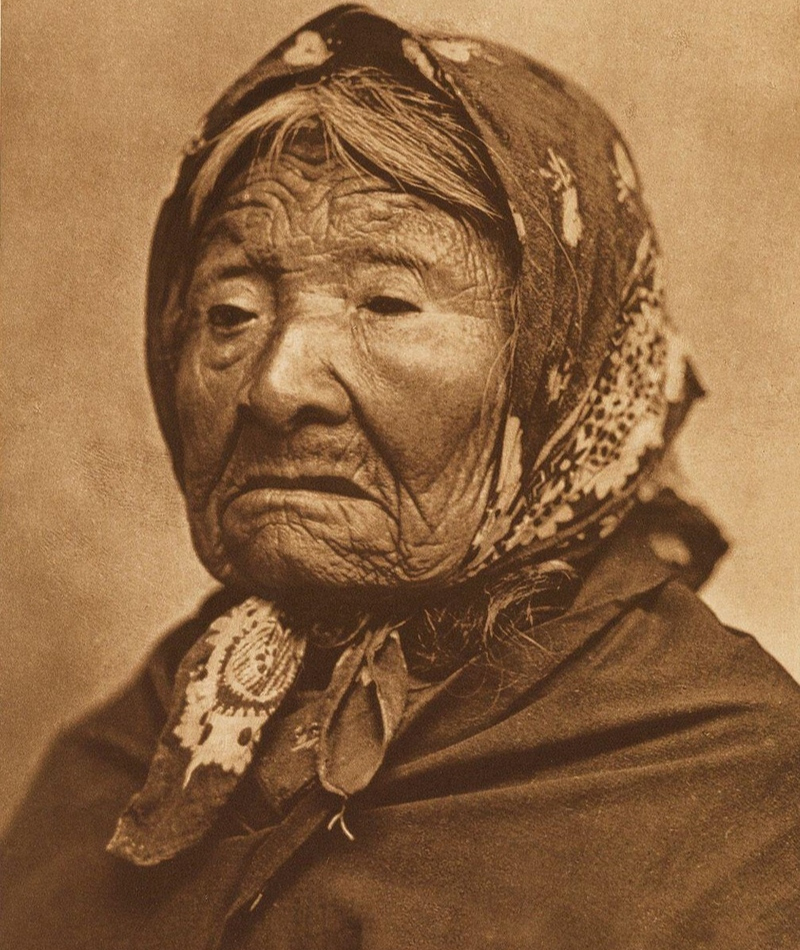
Princess Angeline: A Noble Legacy of Resilience
Princess Angeline, formerly known as Kikisoblu, was the eldest daughter of Chief Seattle, a revered Native American leader. In the early interactions between Native Americans and European settlers in present-day Oregon, Princess Angeline played a unique role. Bestowed with the name “Princess Angeline” to honor her regal lineage, she settled in the town named after her father, living a modest and unassuming life.
This photograph, captured by CMA/BOT, reflects Princess Angeline’s resilience and adaptability. Despite the challenges faced by her people, she engaged in humble livelihoods, offering laundry services and creating hand-woven baskets for sustenance. Princess Angeline’s life serves as a testament to the enduring legacy of Chief Seattle and the cultural fusion that shaped the region’s history, emphasizing the strength found in simplicity.
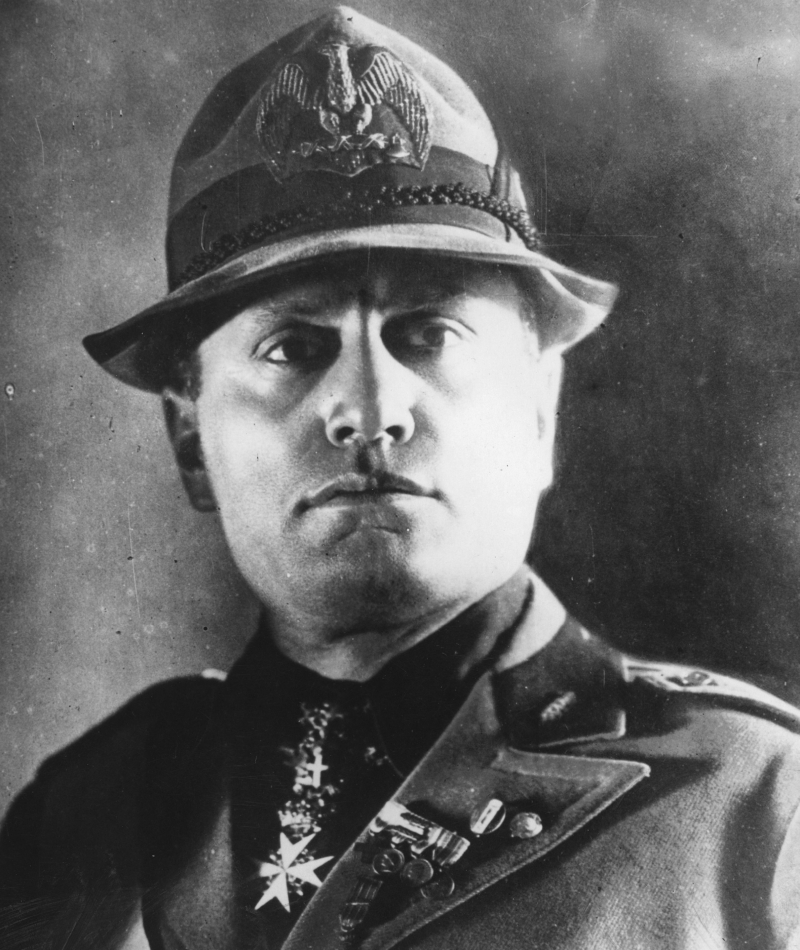
Benito Mussolini: The Dapper Dictator’s Grin
Benito Mussolini, the Italian dictator, is captured in this photograph from November 1923, showcasing a different side of the powerful leader. By then, he had already assumed the role of Prime Minister of Italy. Dressed in a national militia uniform, Mussolini presents a rare grin, contradicting the serious demeanor often associated with him.
Getty Images Photo by Topical Press Agency offers a glimpse into Mussolini’s personal style. While this photograph captures a seemingly light moment, Mussolini’s historical legacy is marked by his role as the principal founder of fascism and his dictatorship during World War II. Despite his stylish appearance, Mussolini’s political choices place him on the wrong side of history, serving as a reminder of the complexities within the realm of leadership and power.
